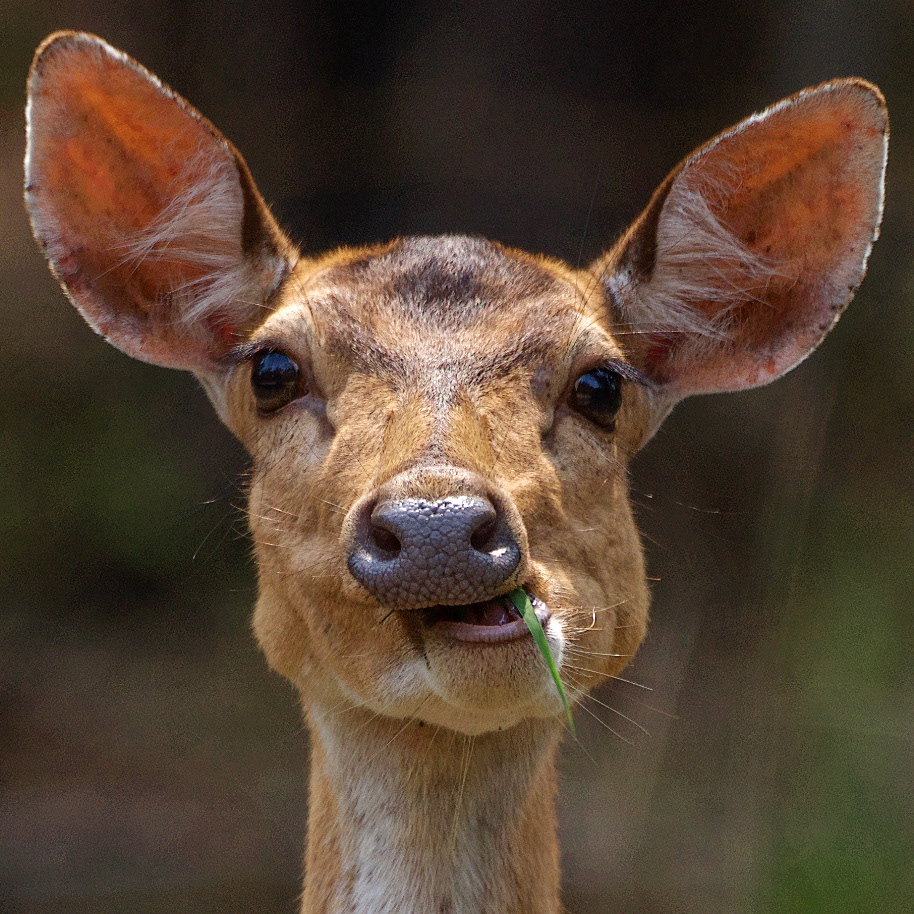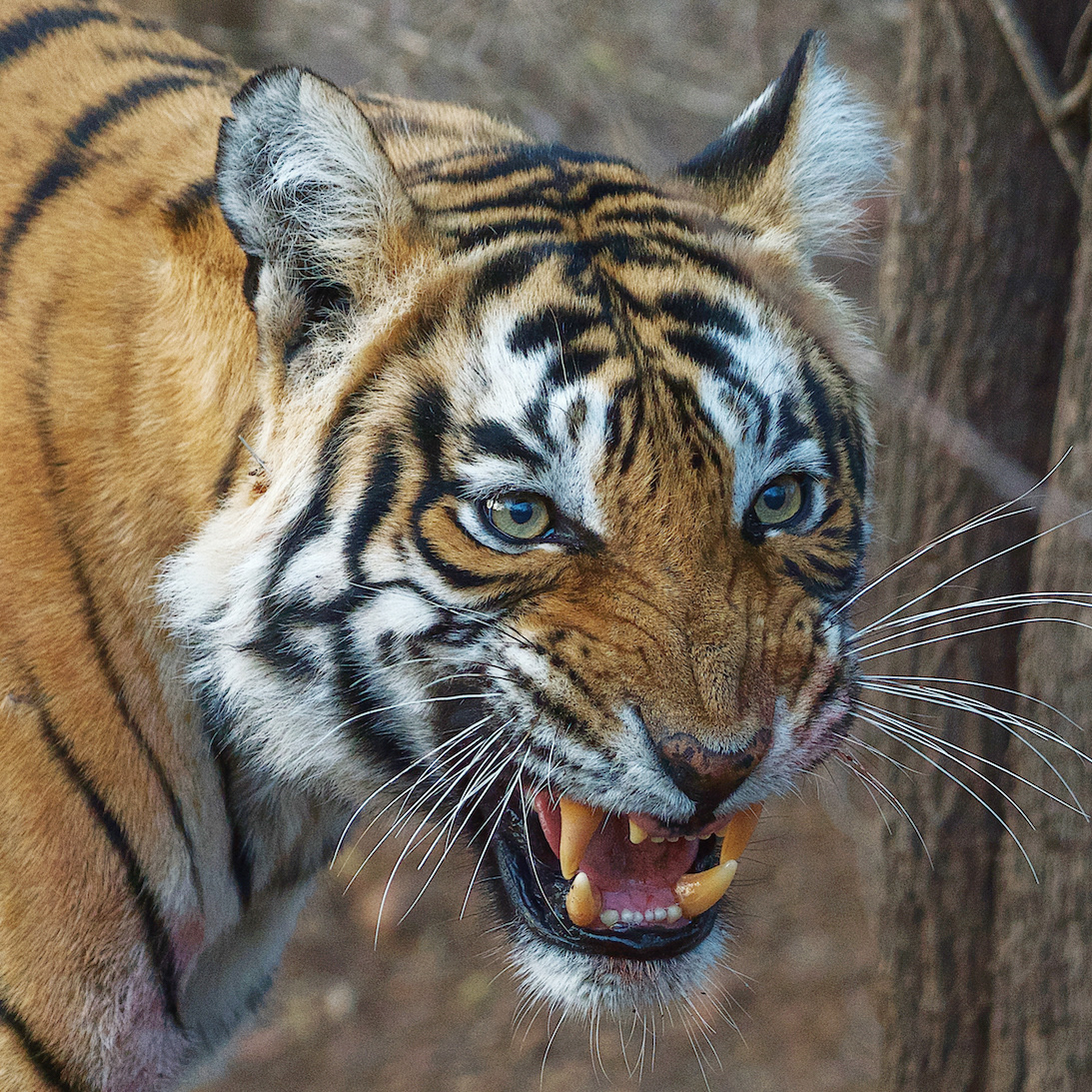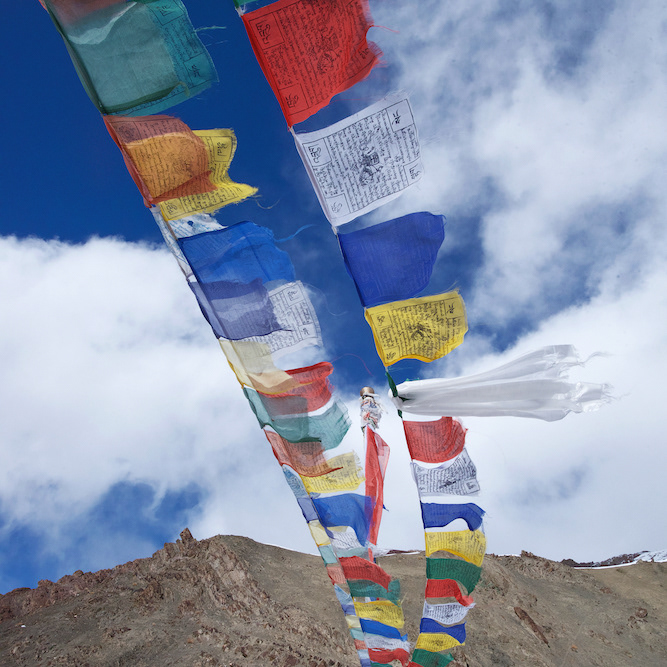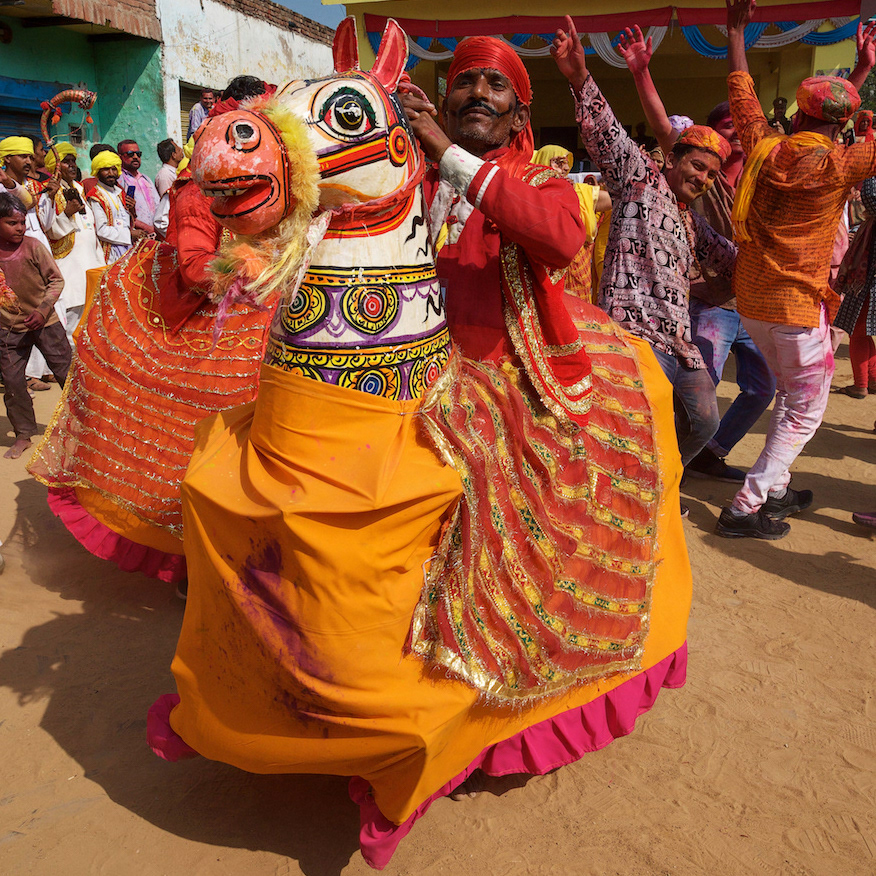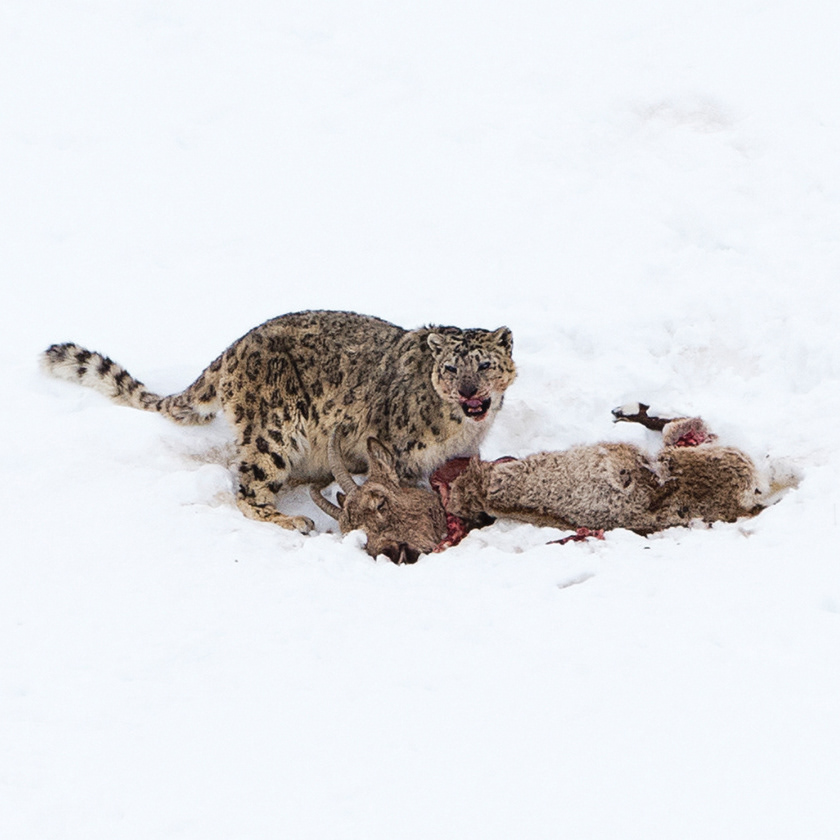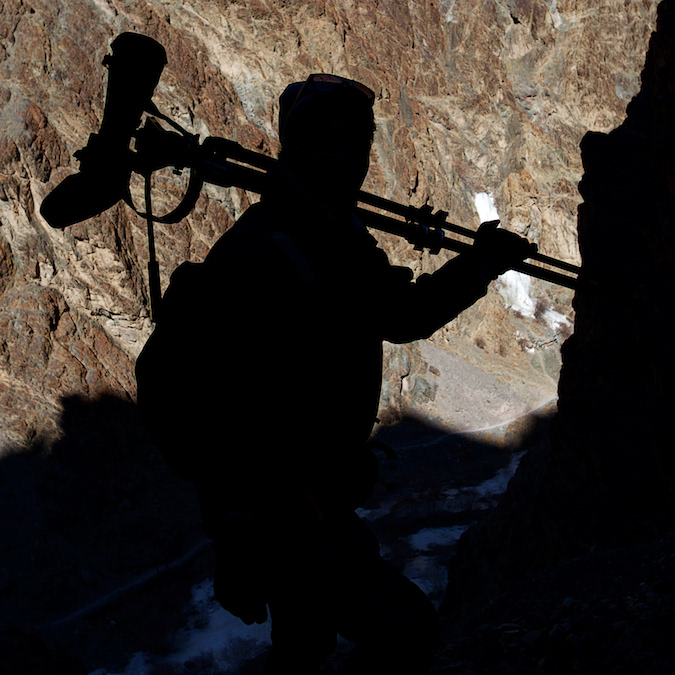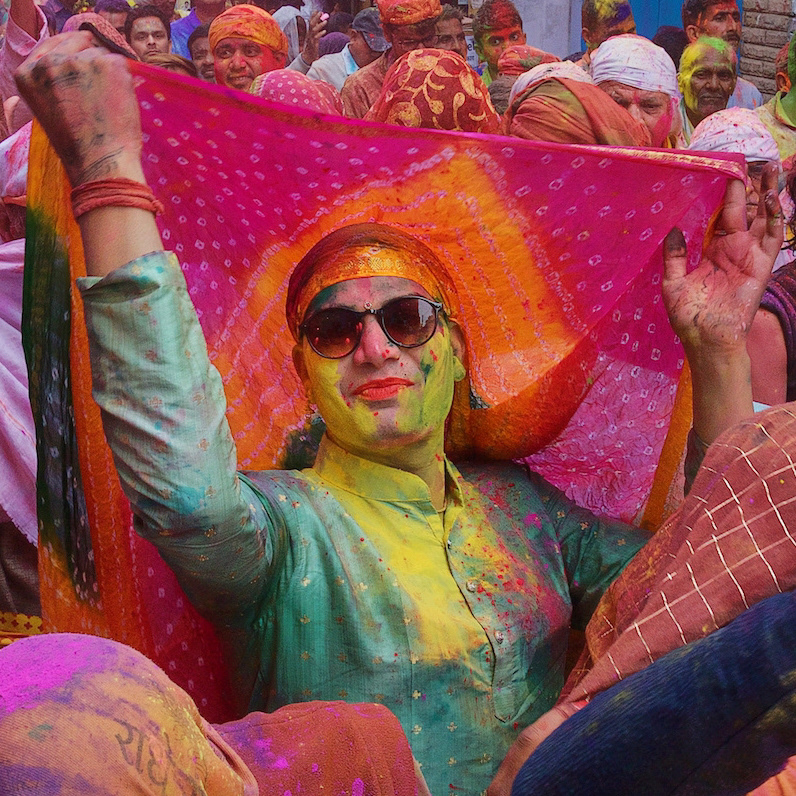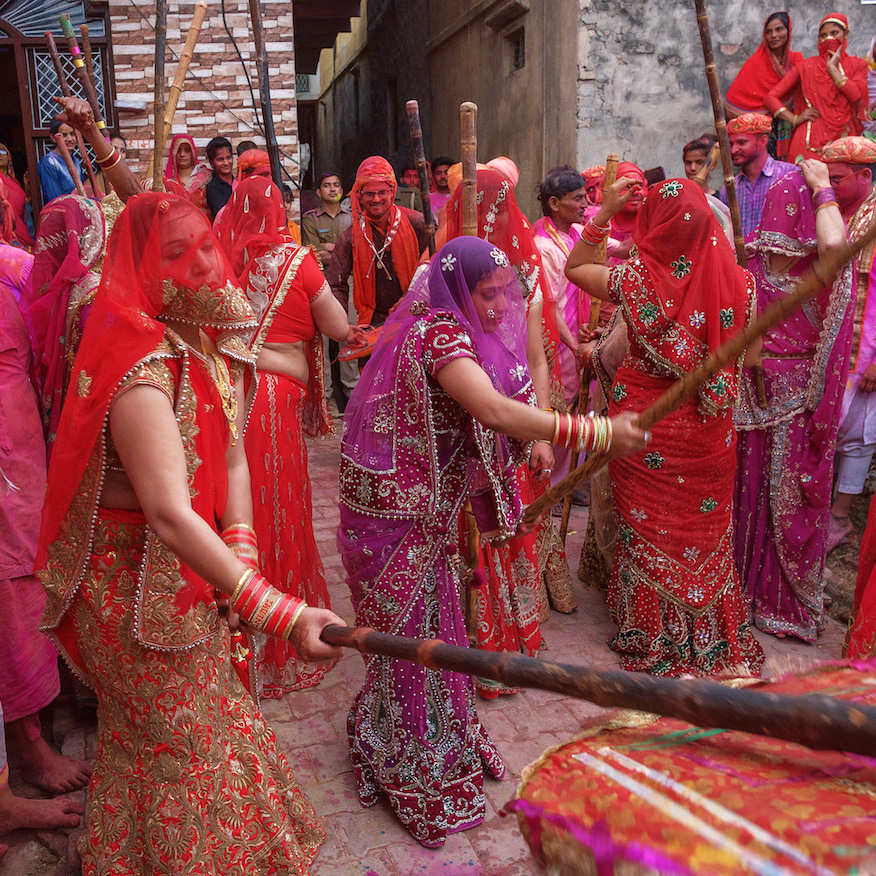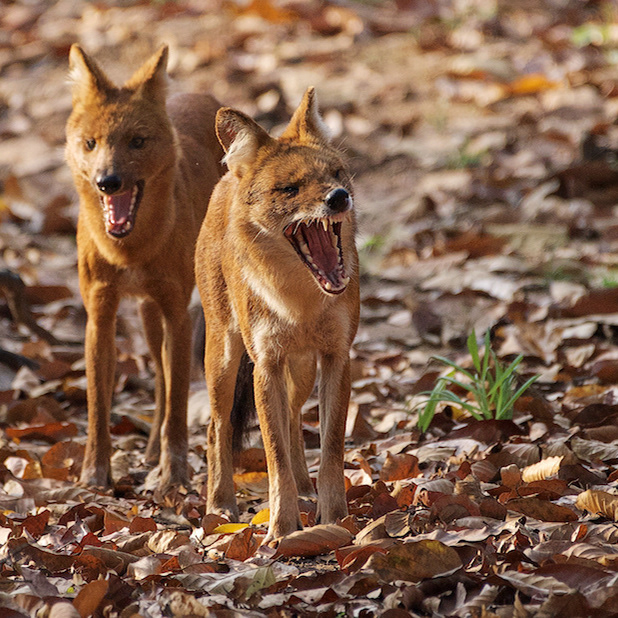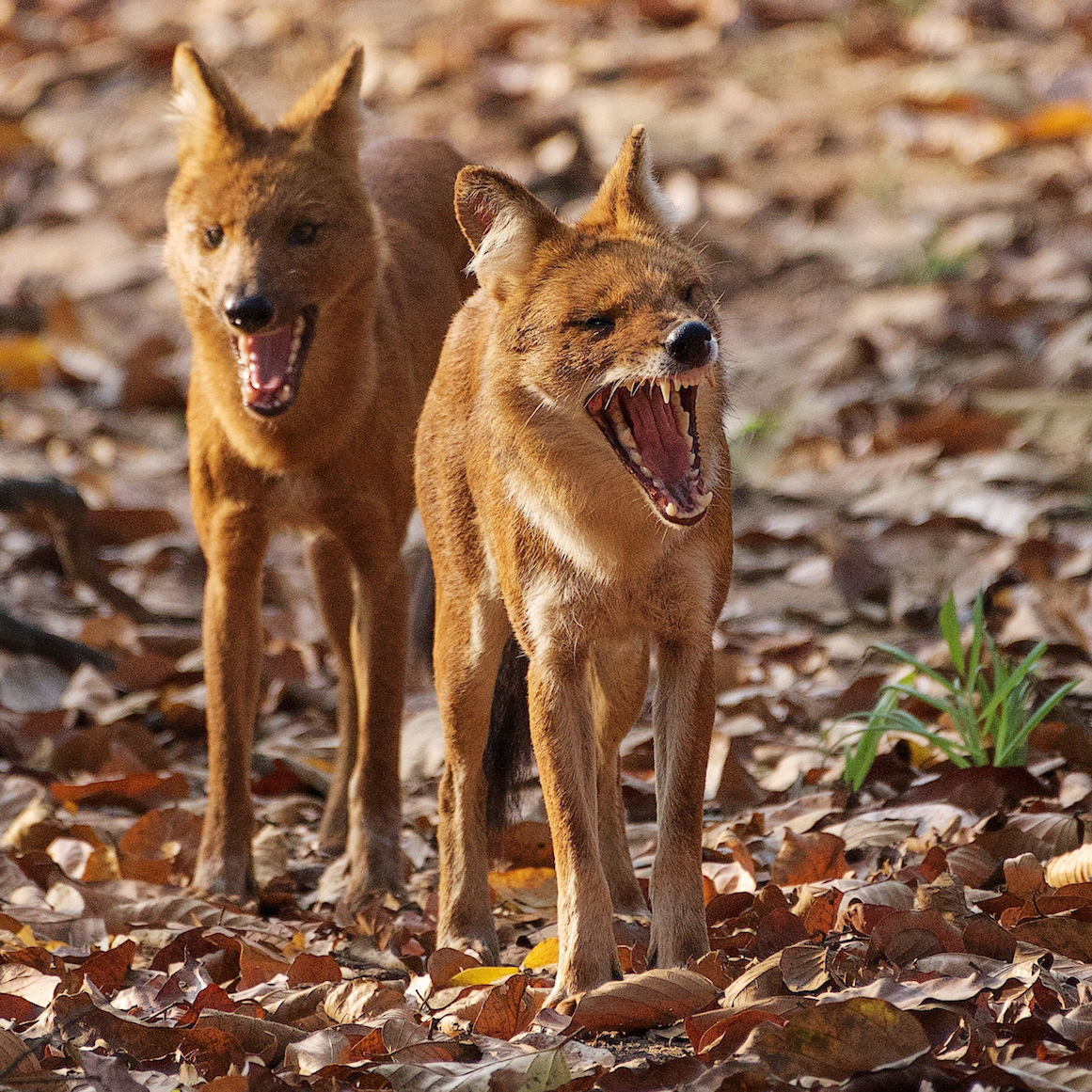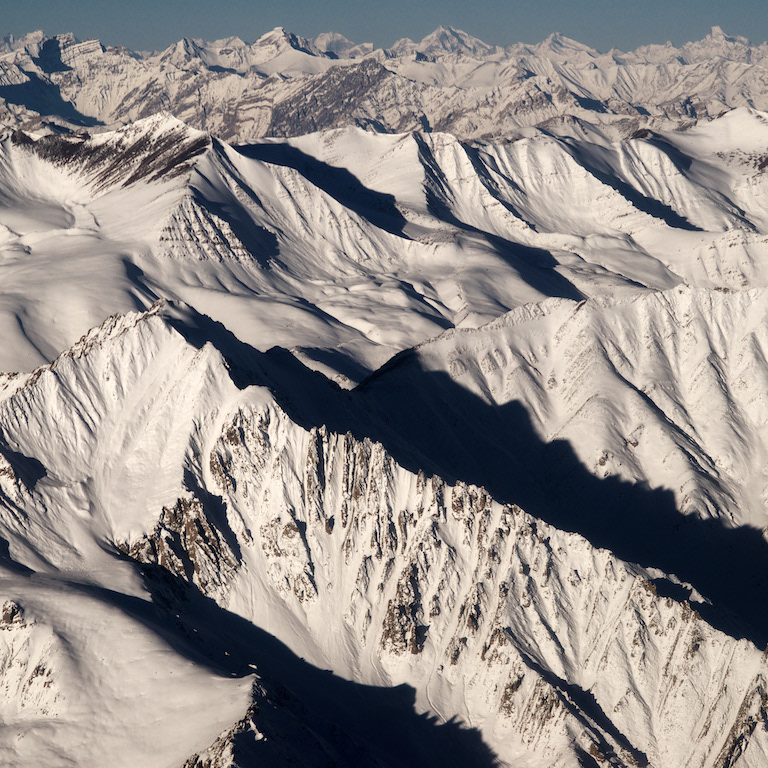LEH
Leh is a high desert city in the Himalayas at an altitude of 3,500m and is the capital of the Leh District in the state of Jammu and Kashmir.
Leh Palace, built in the 17th century, overlooks the old town.
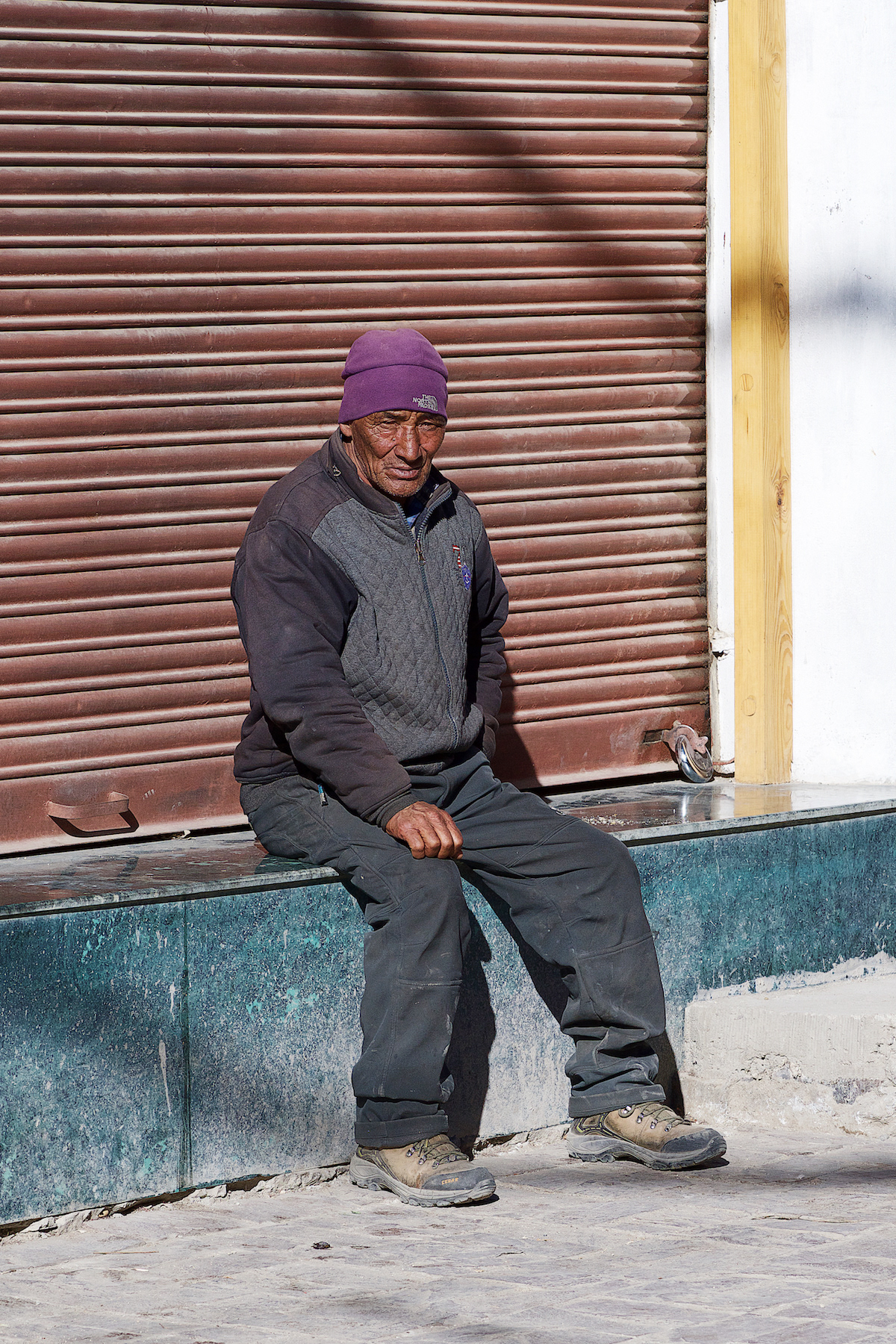
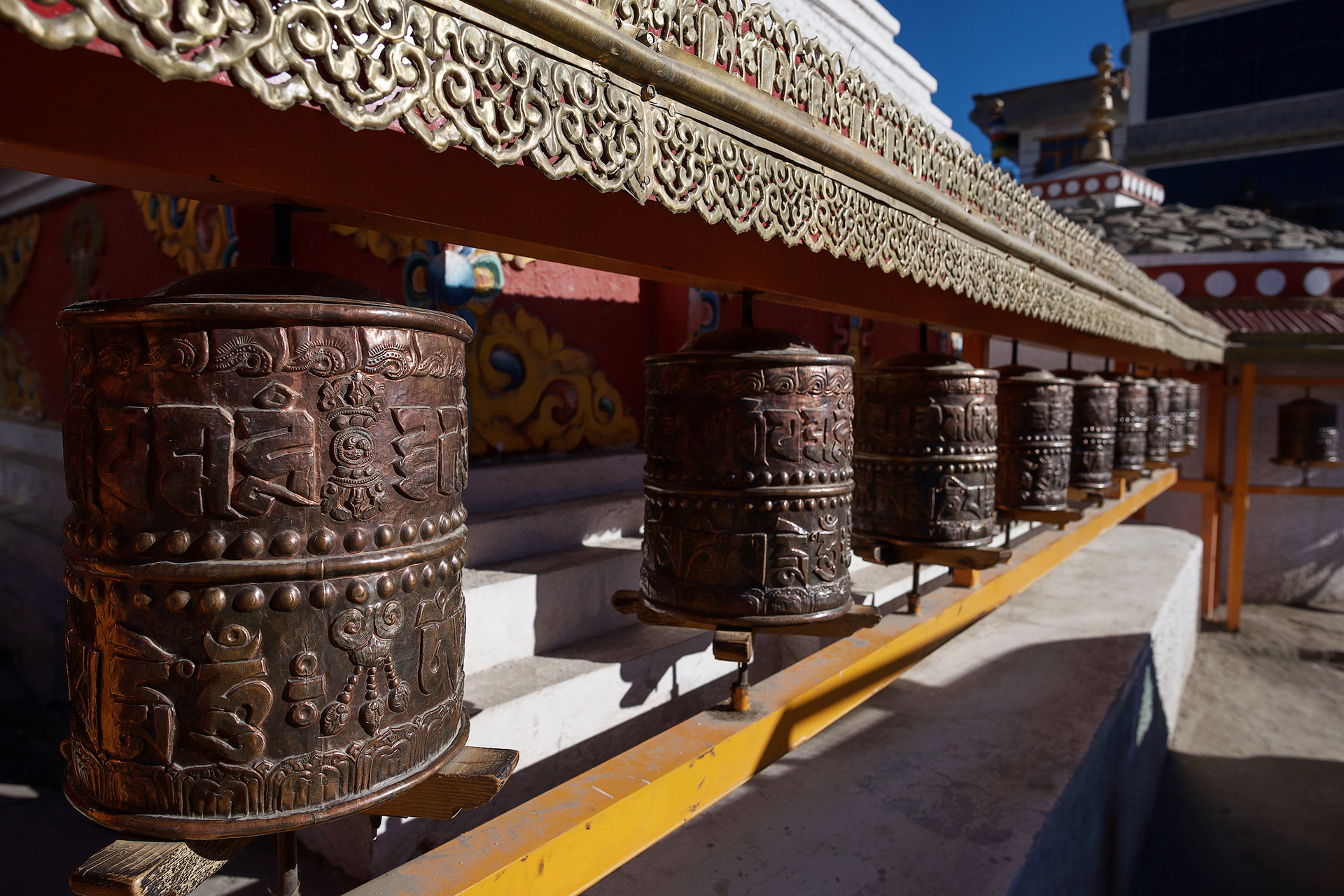
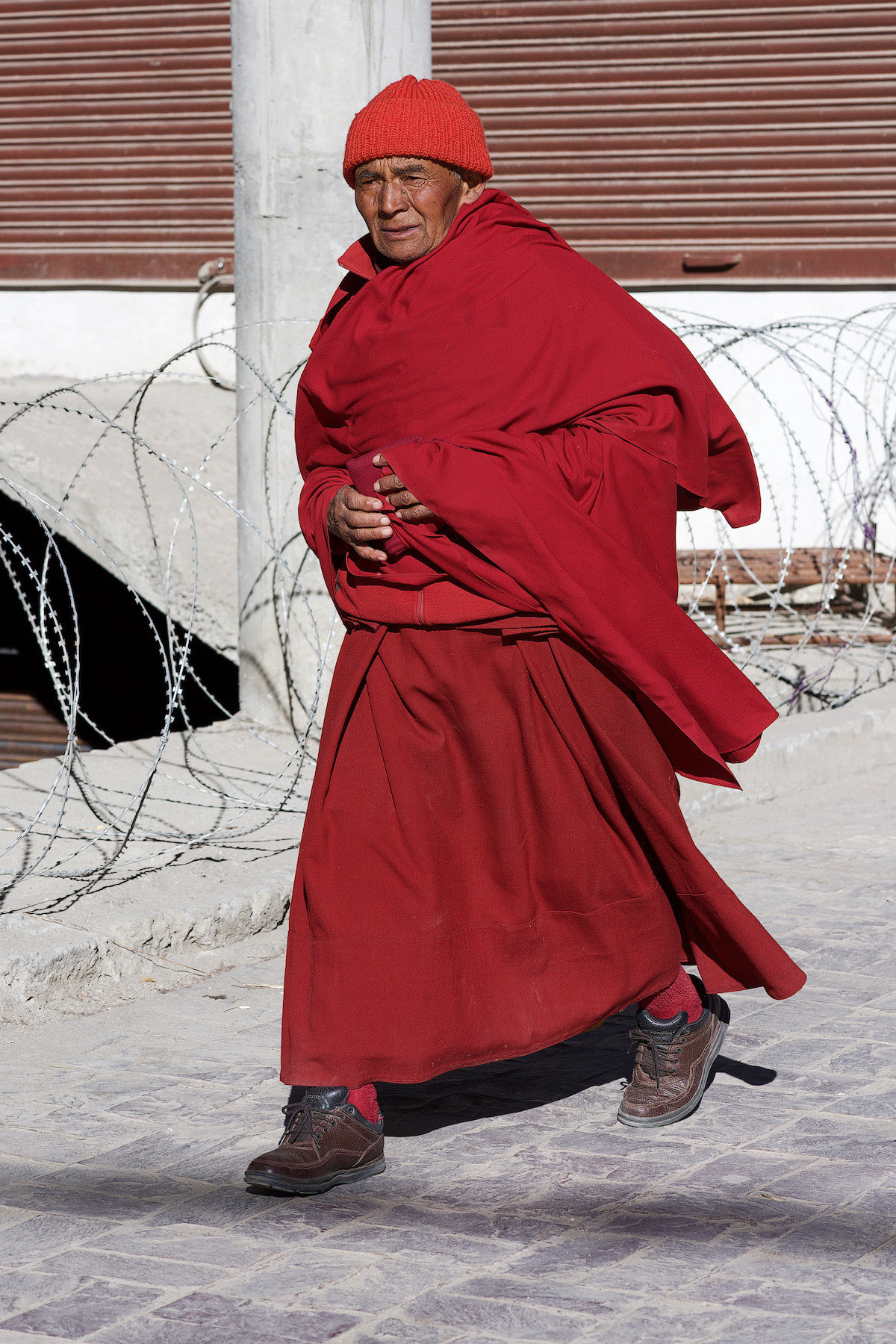
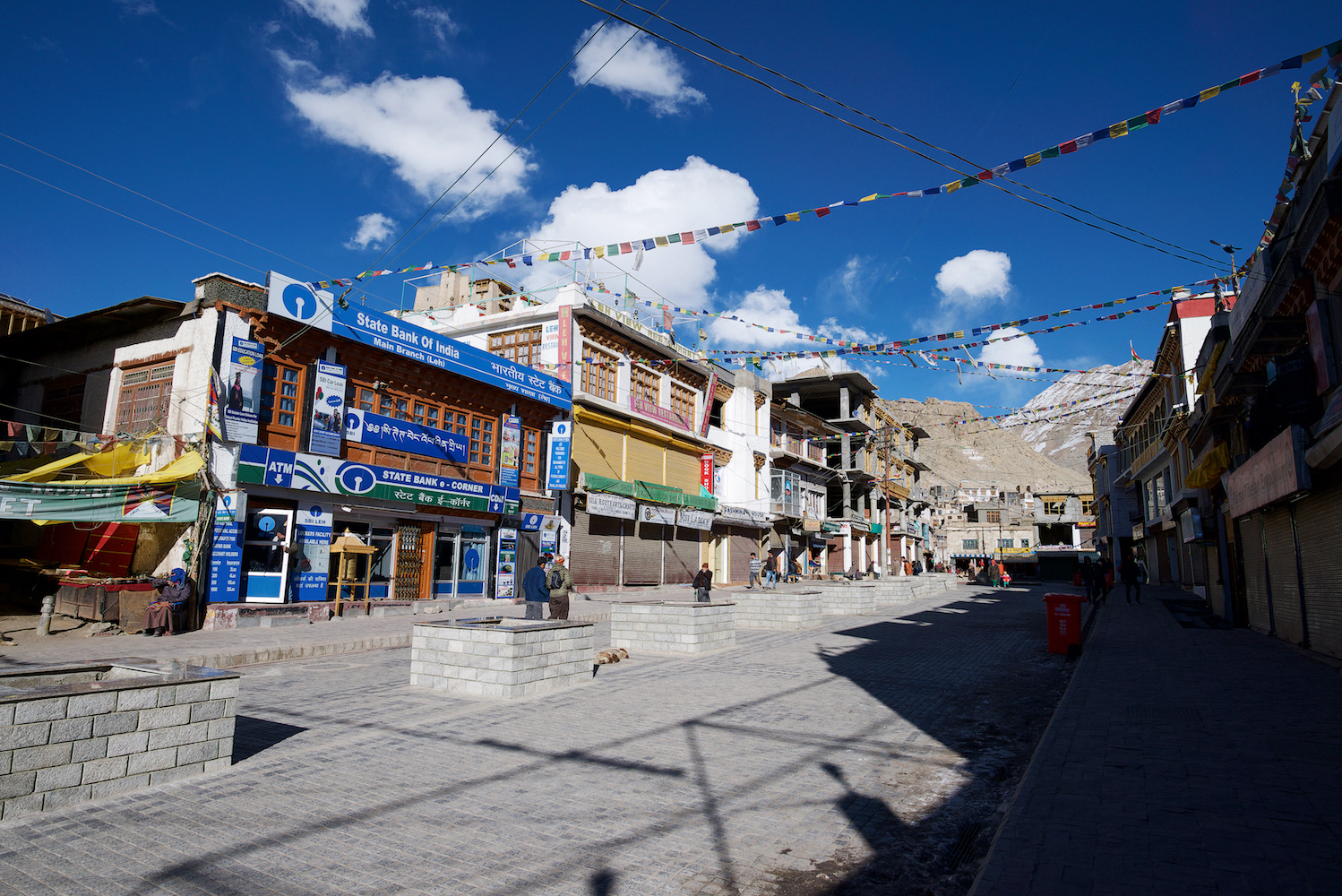
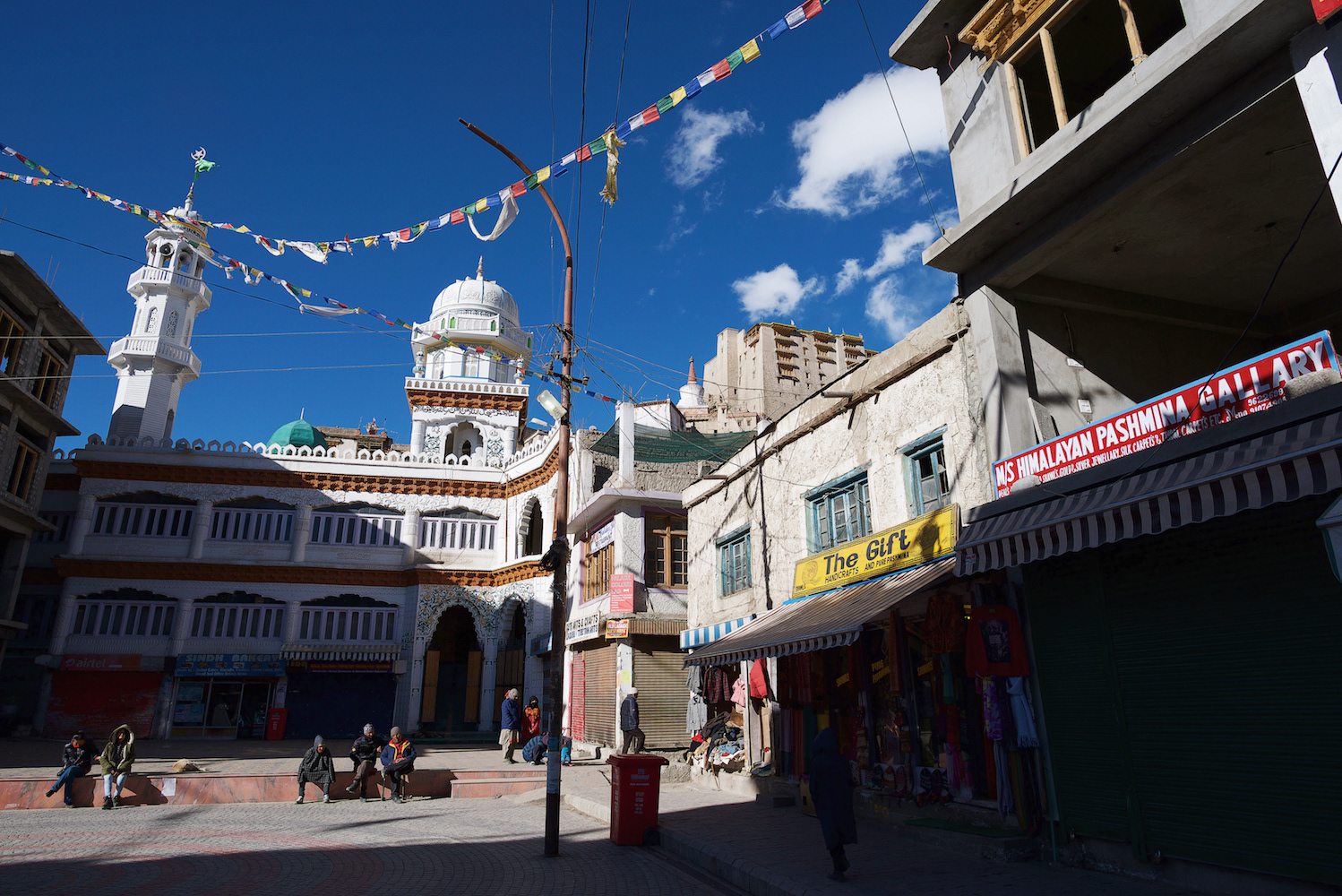
Ladakhi-style wiring in the main shopping area - great for hanging prayer flags!
Locals shopping at the market.
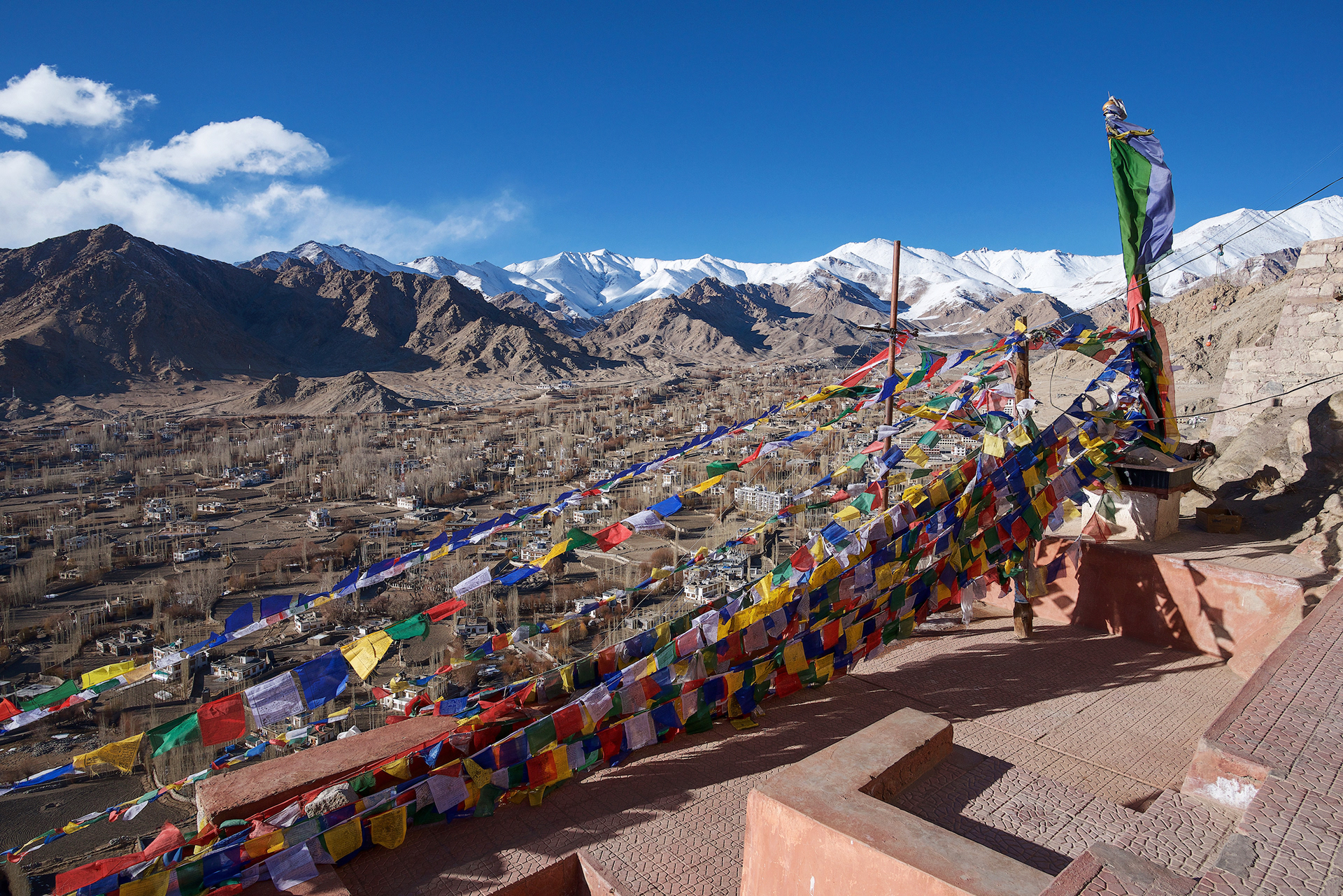

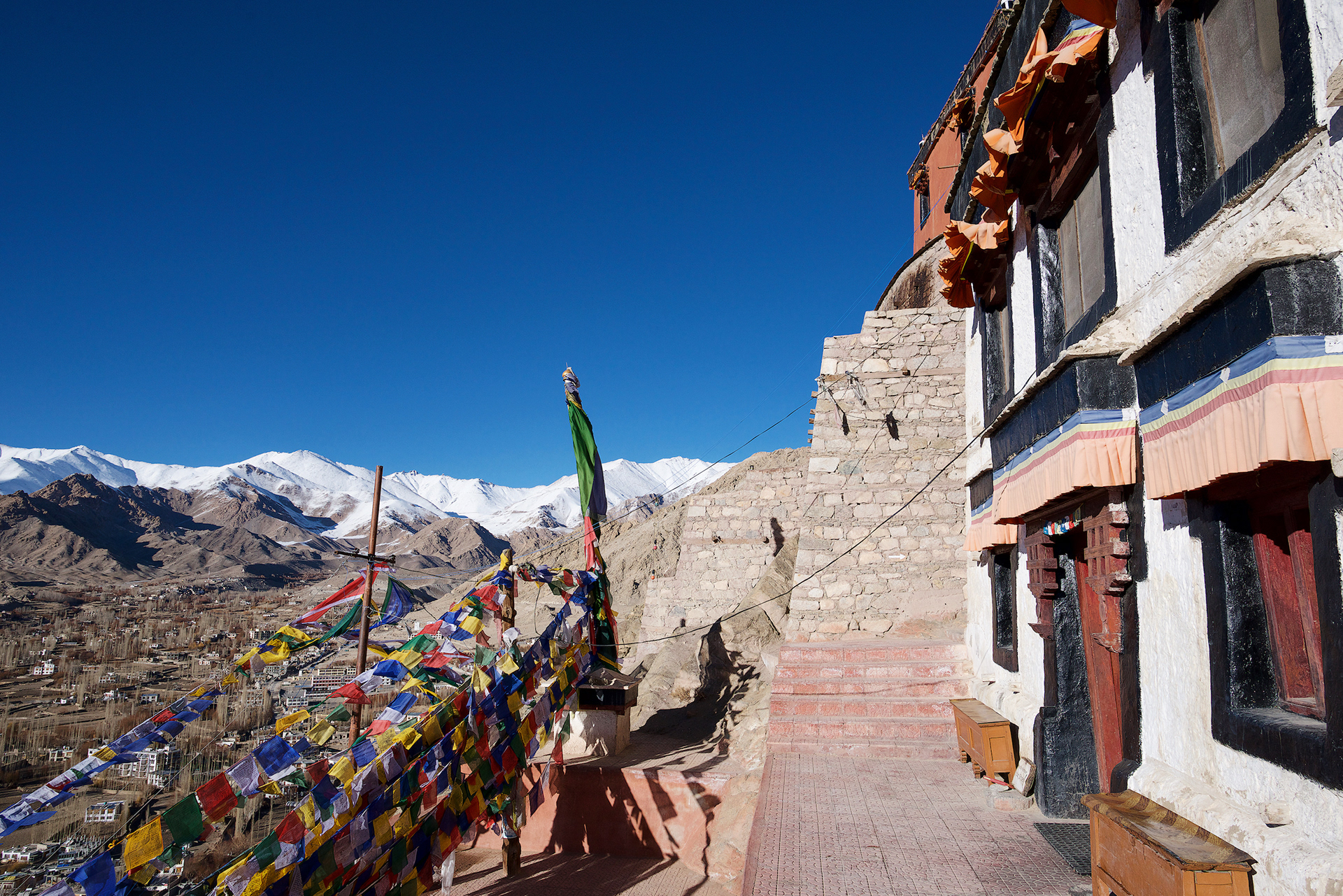
Namgyal Tsemo Gompa in Leh.
Shanti Stupa
Shanti Stupa was built by Japanese Buddhist monks in 1991 to promote world peace.

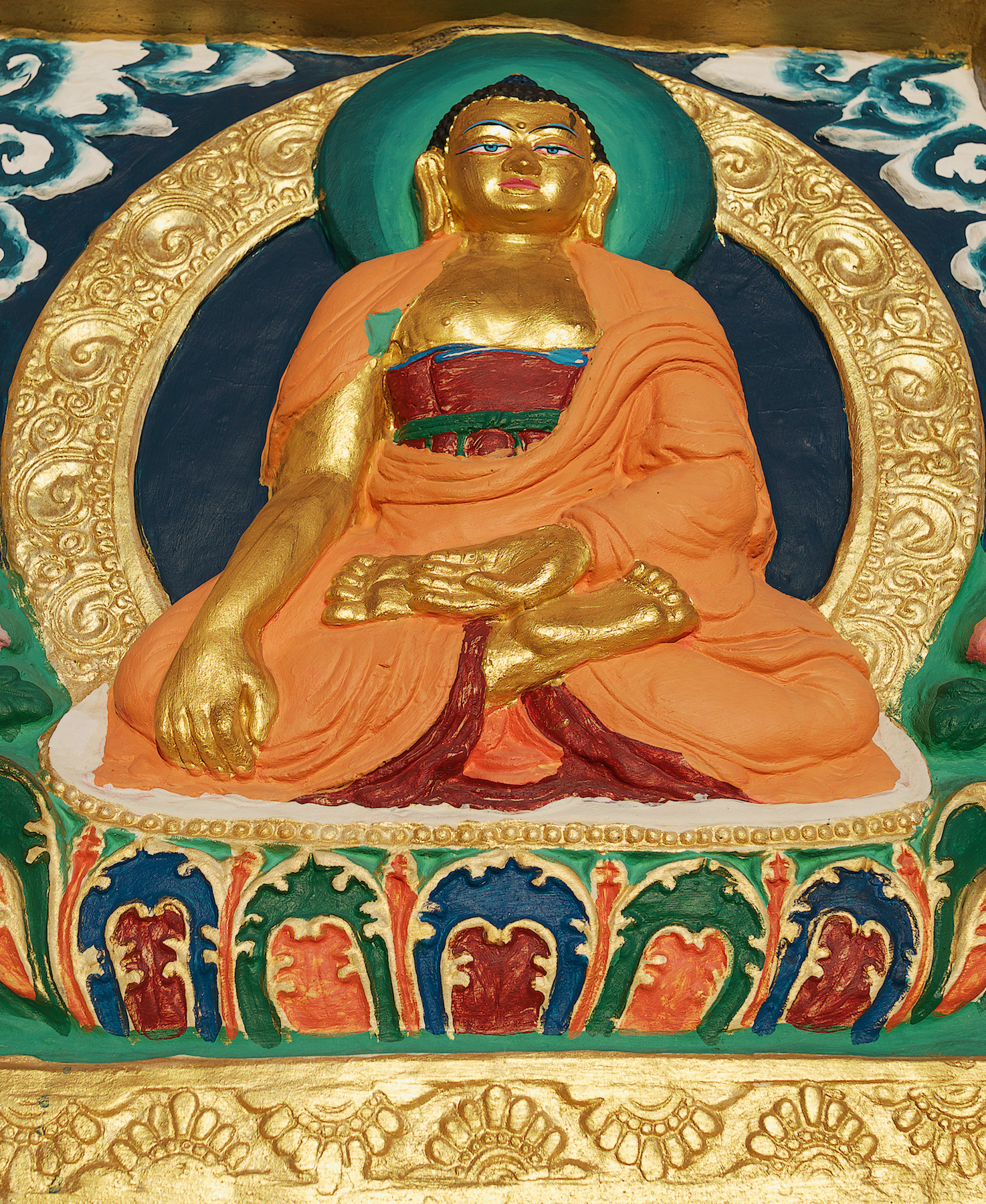

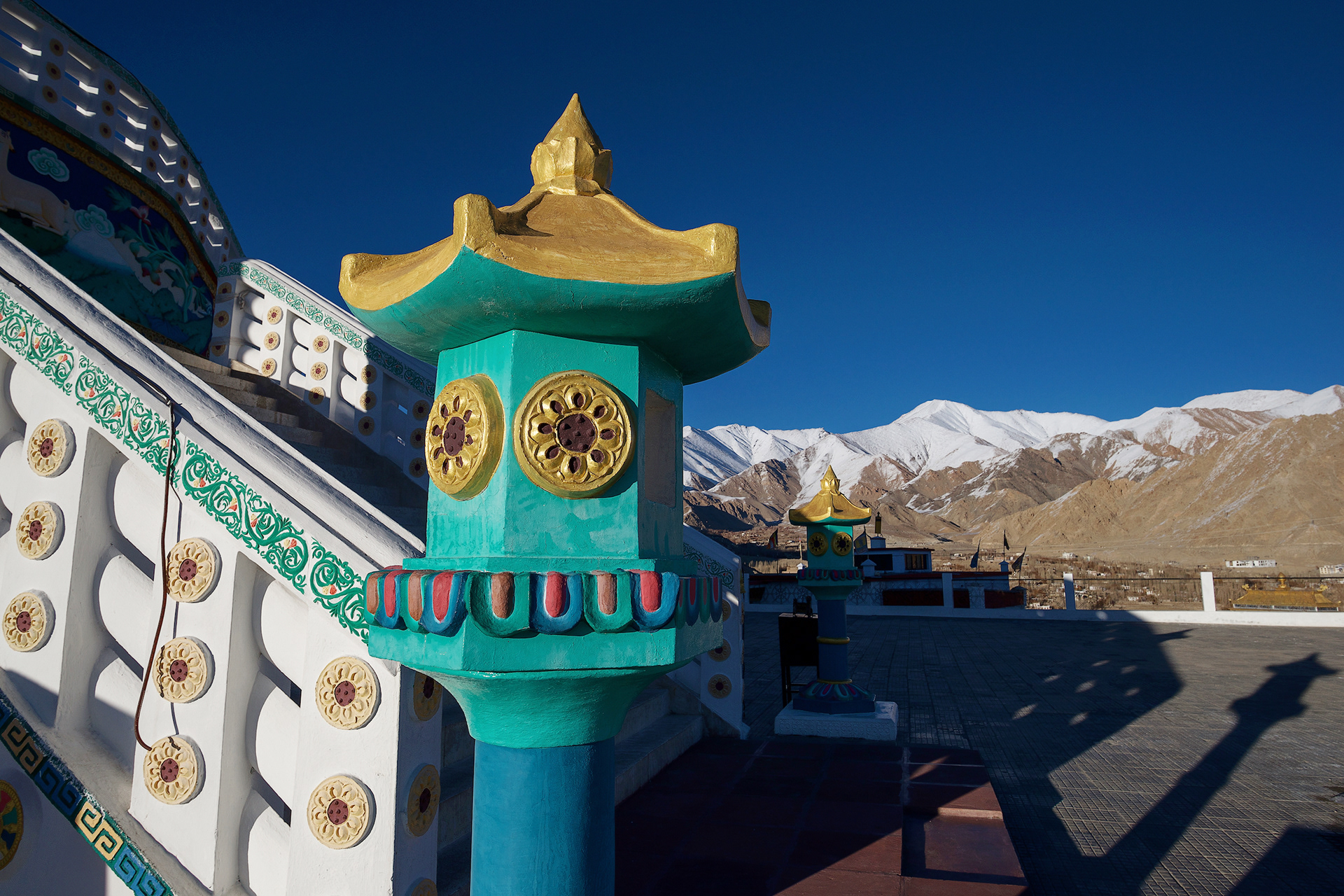
Beautiful view of the snow covered Himalayan mountains from Shanti Stupa at sunset.
Shey Palace & Monastery
Built in 1655 and located 15 kilometers from Leh.


The Eight Great Stupas of Shey Palace. In Tibetan Buddhism each of the eight stupas refer to a specific major event in the life of Lord Buddha.
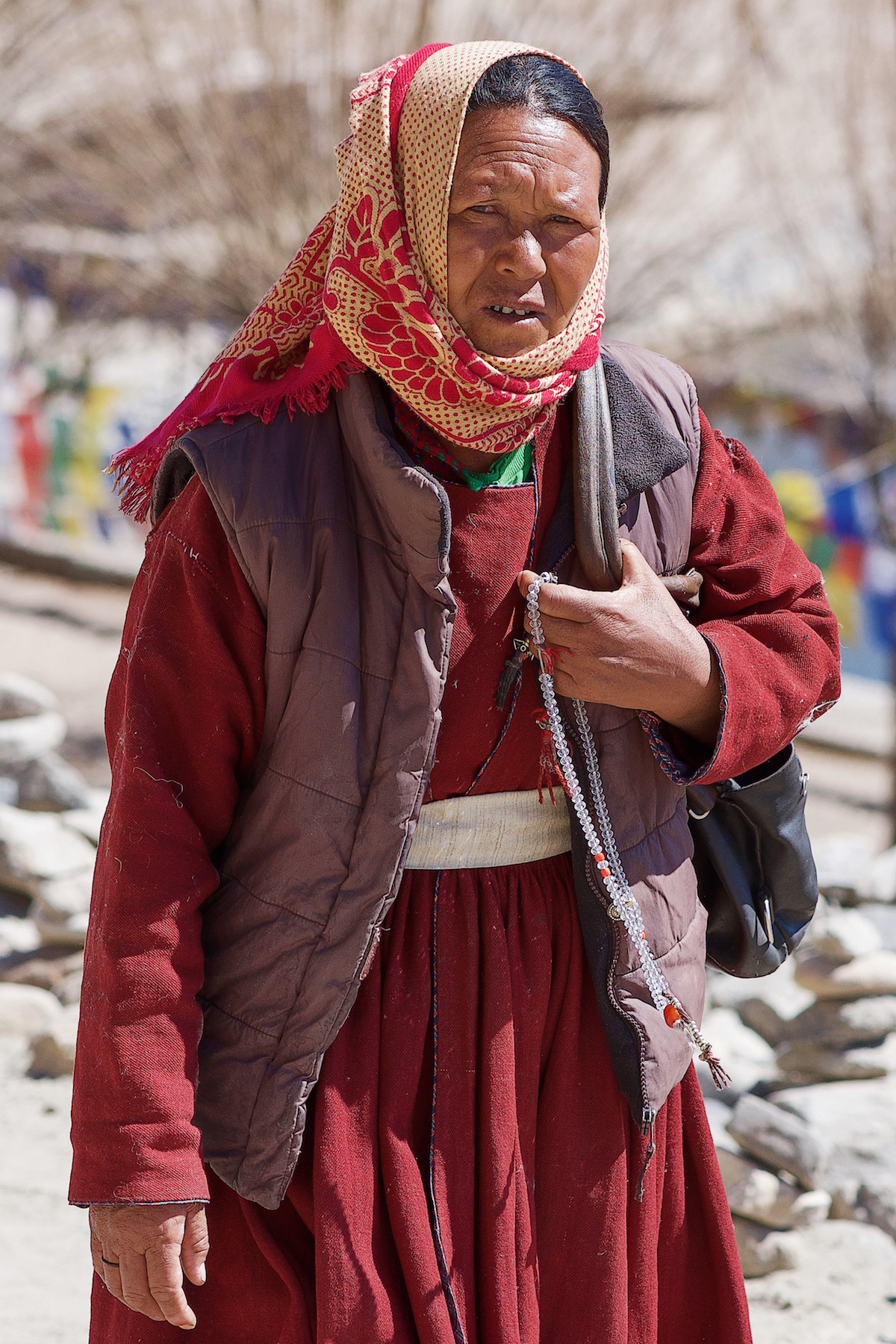
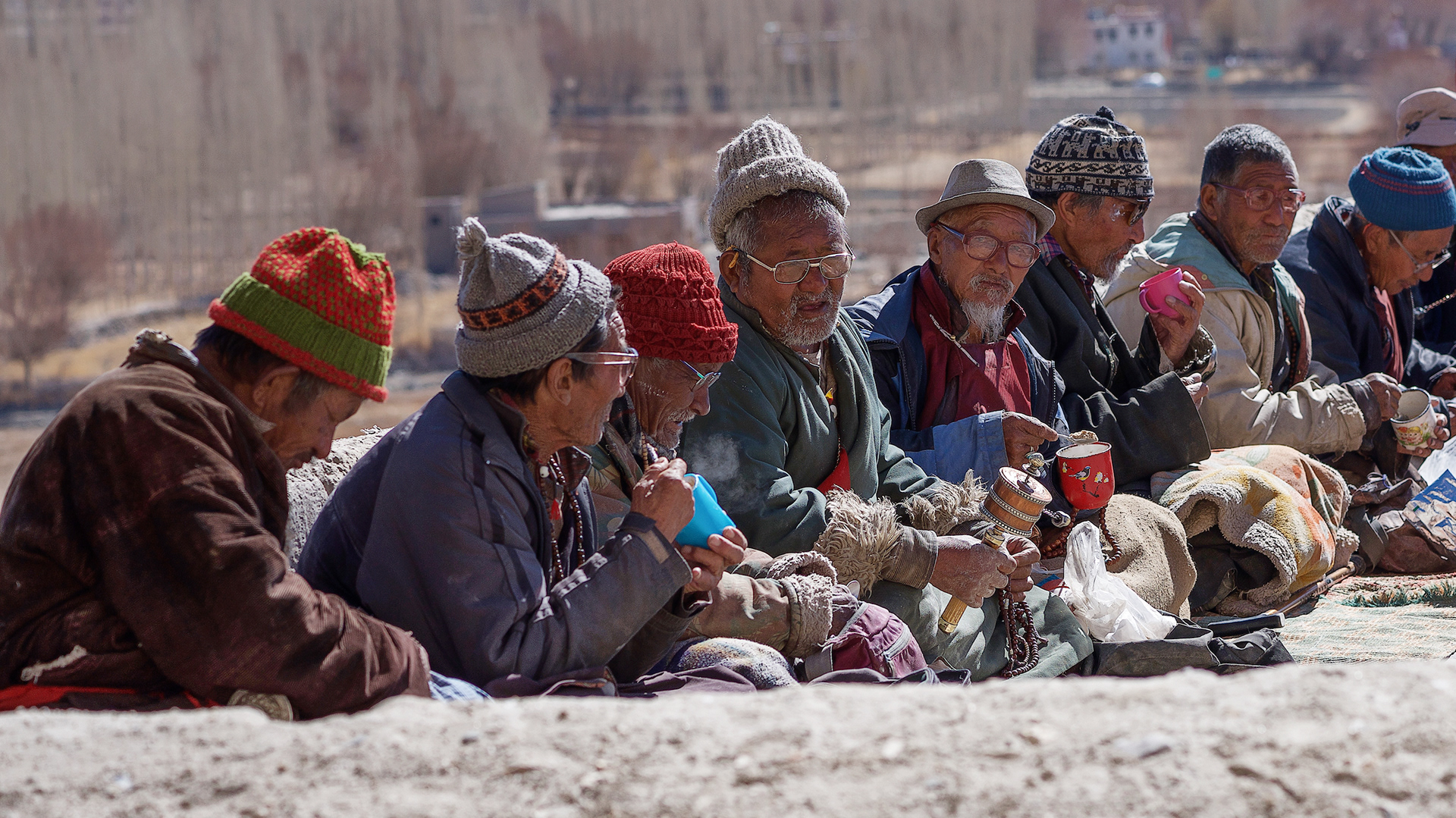

Views of the valley from the Palace & Monastery
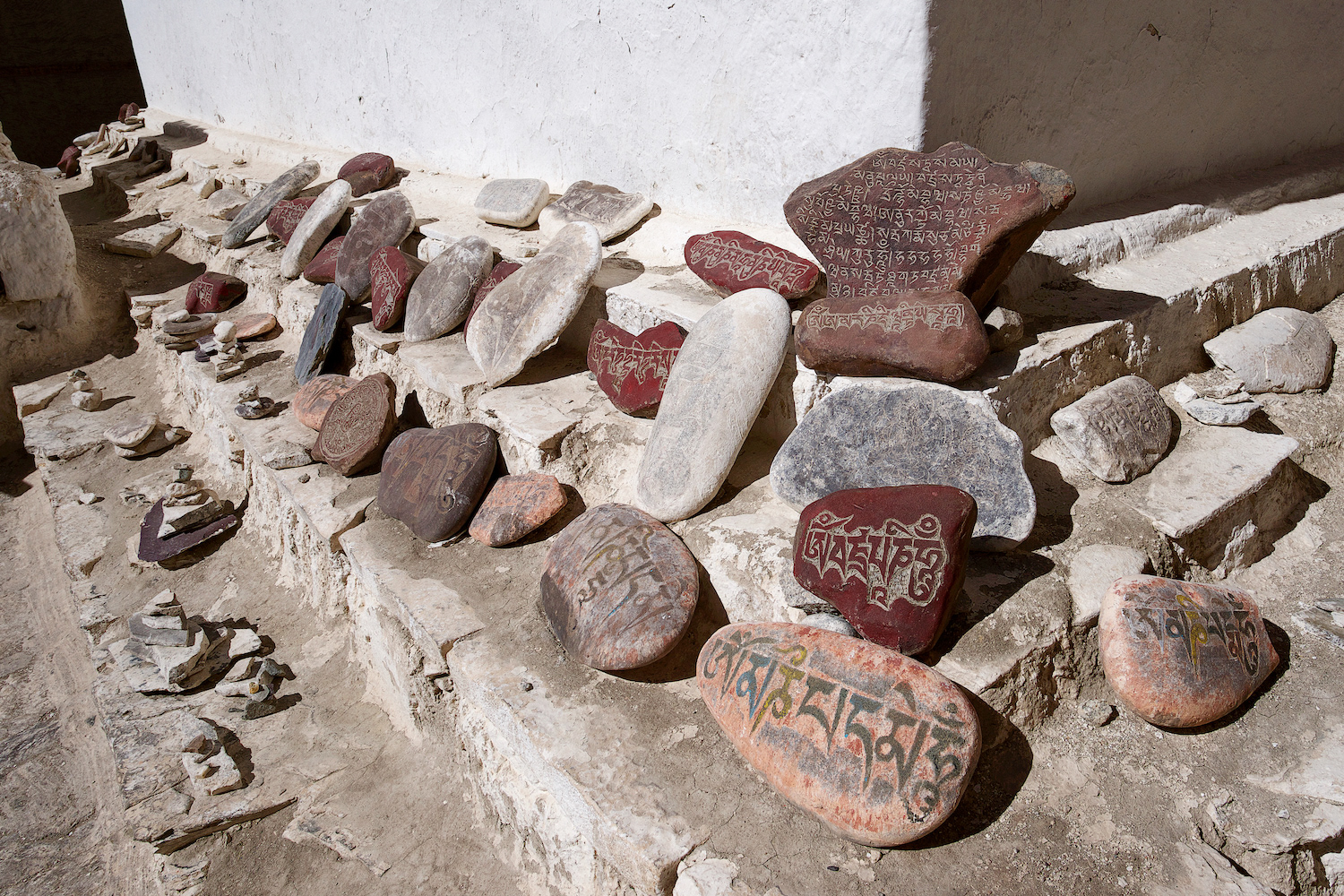

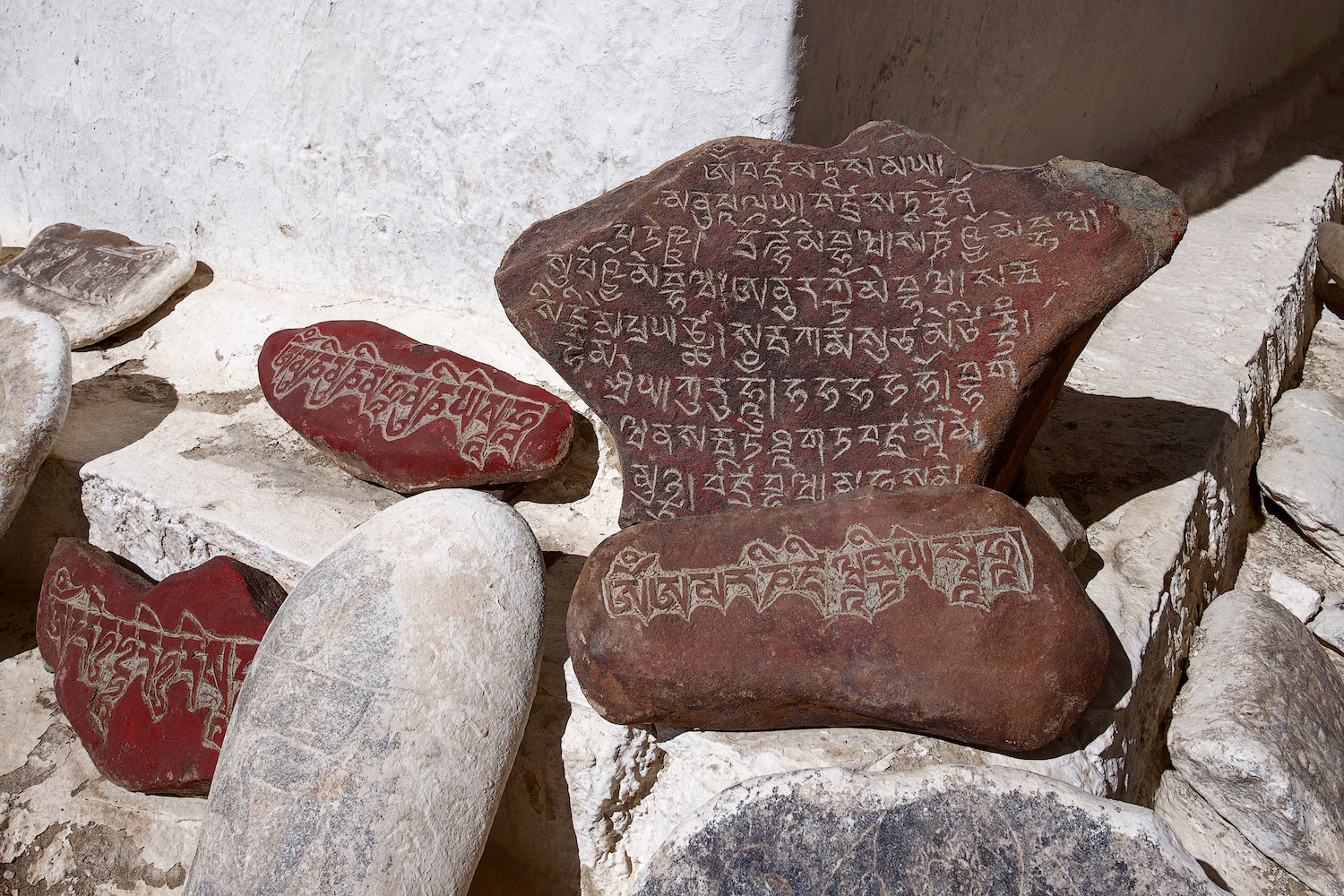
Mani stones inscribed with a Buddhist mantra - a form of prayer in Tibetan Buddhism.
Lady worshipping with the golden chorten spire of the palace in the background.
Shakyamuni Buddha in Shey Monastery is 12 metres high (39ft).
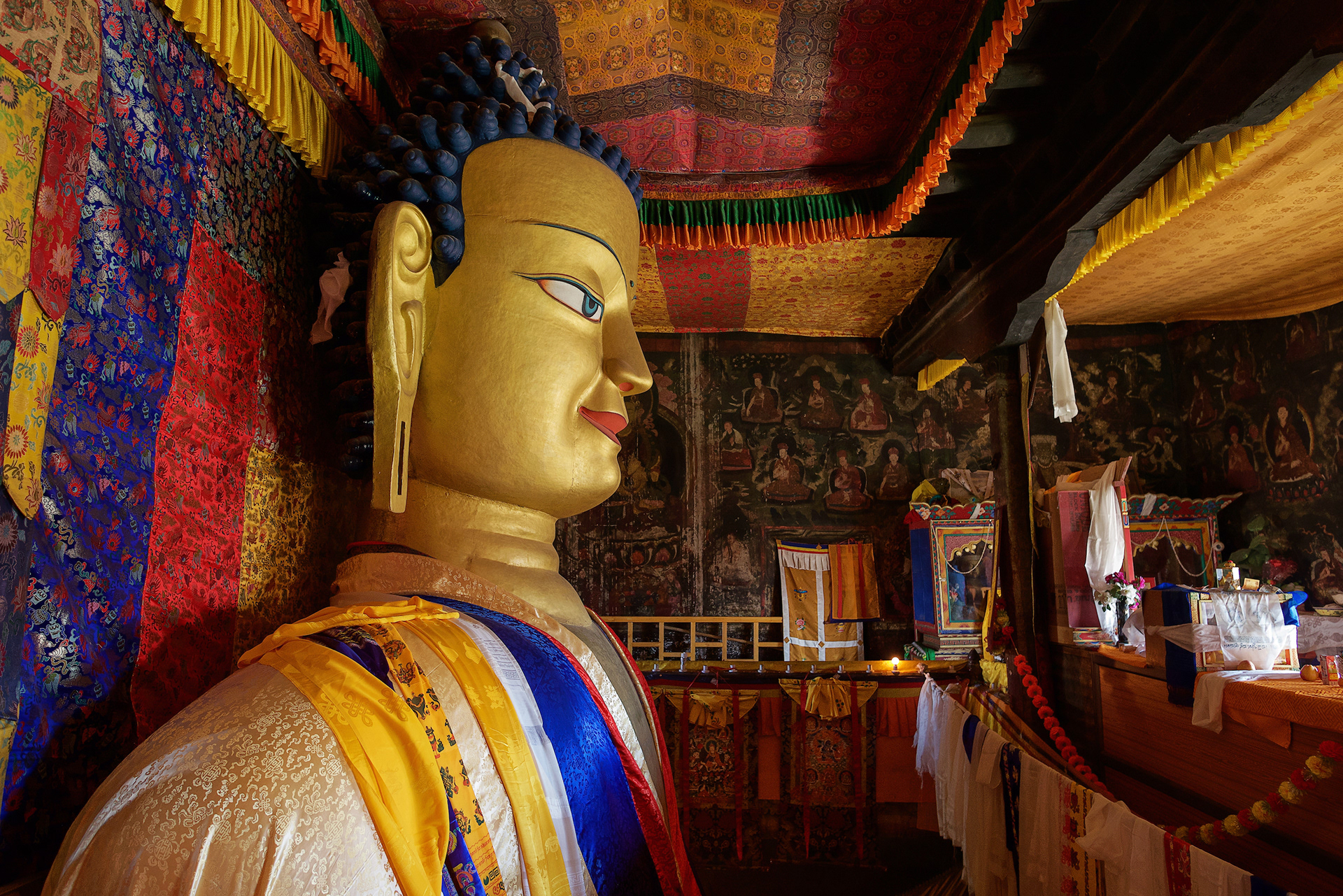
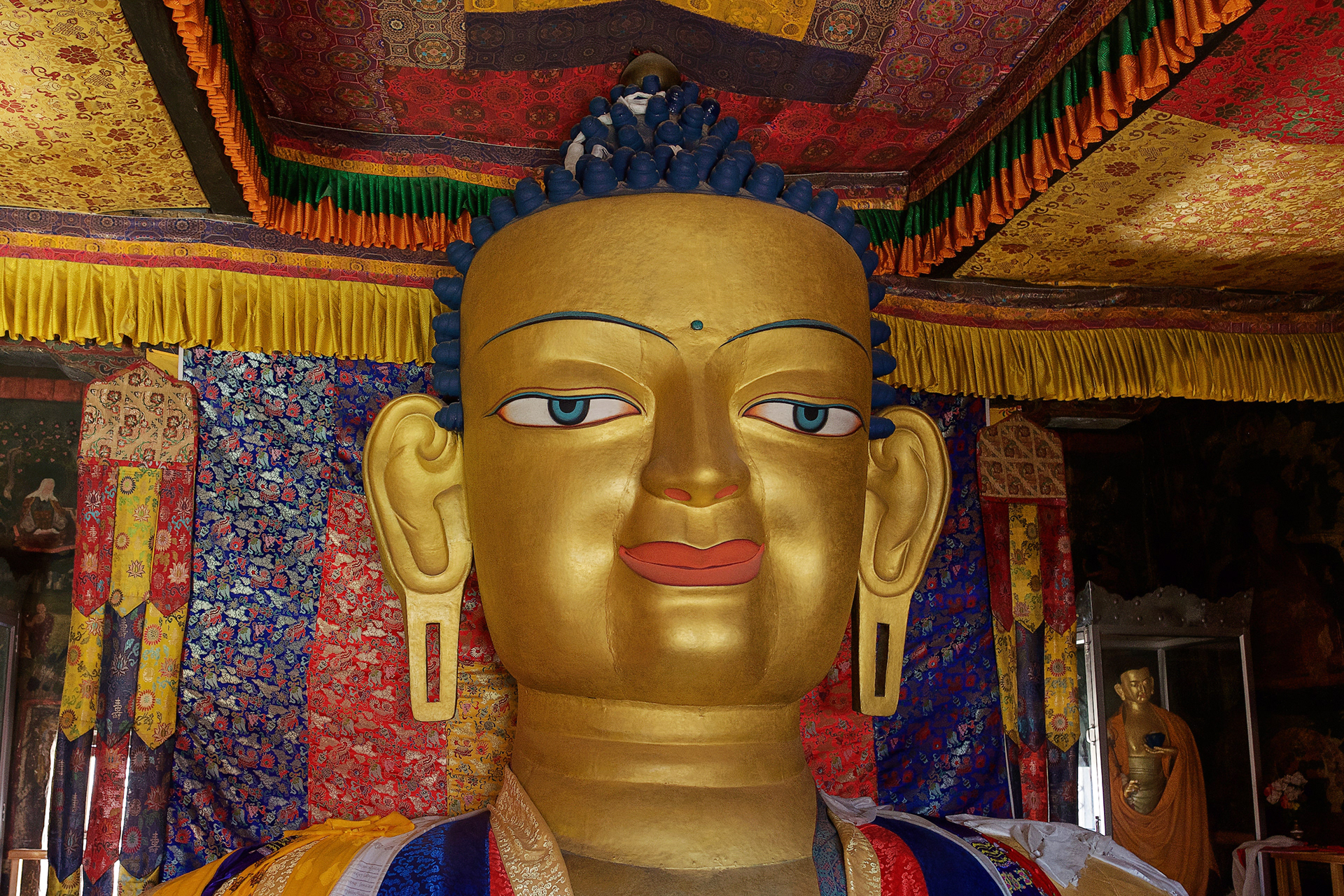
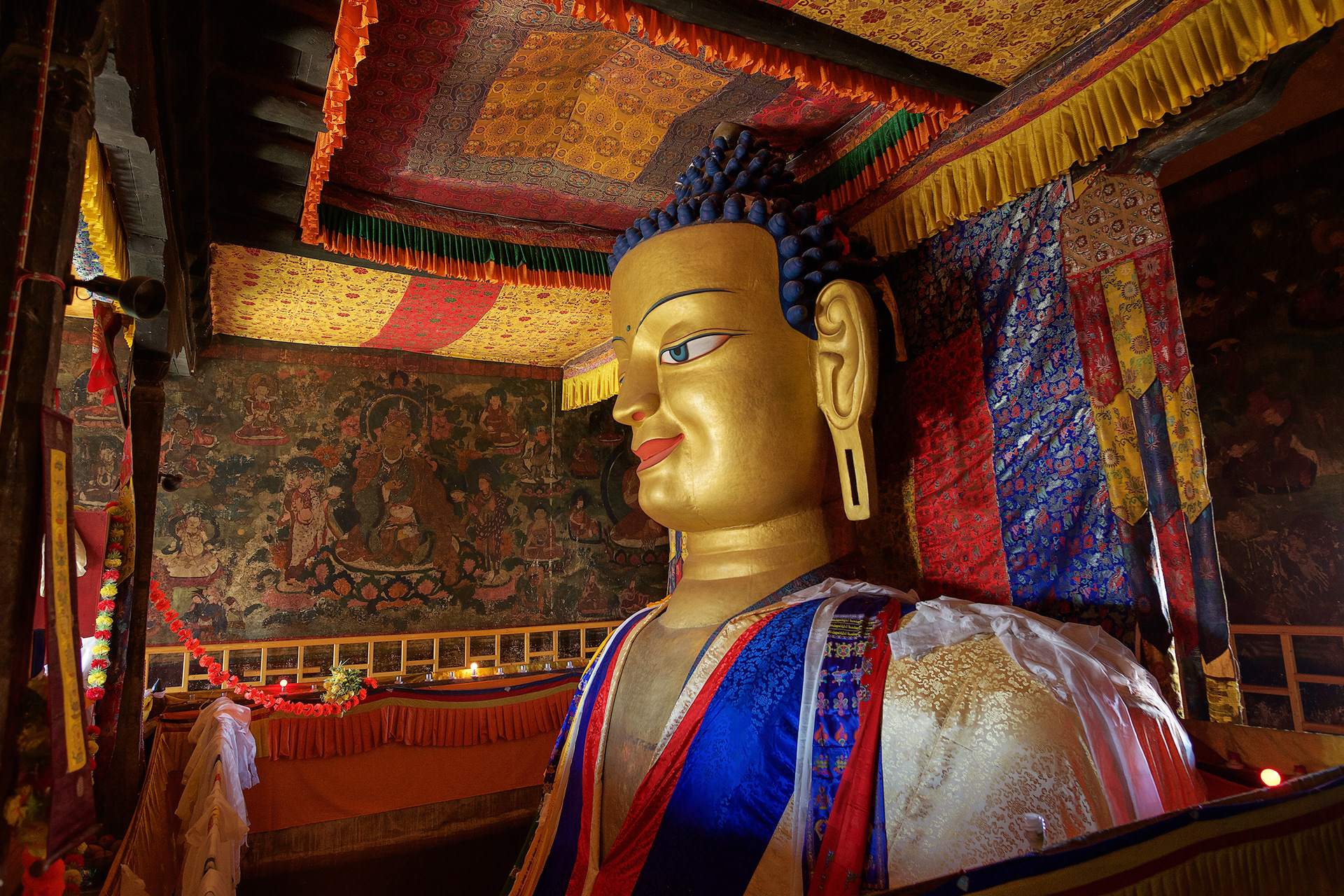
Ceremony in Shey Monastery.
Stok Kangri 6,153 metres (20,187 ft) is the highest mountain in the Stok Range of the Himalayas.
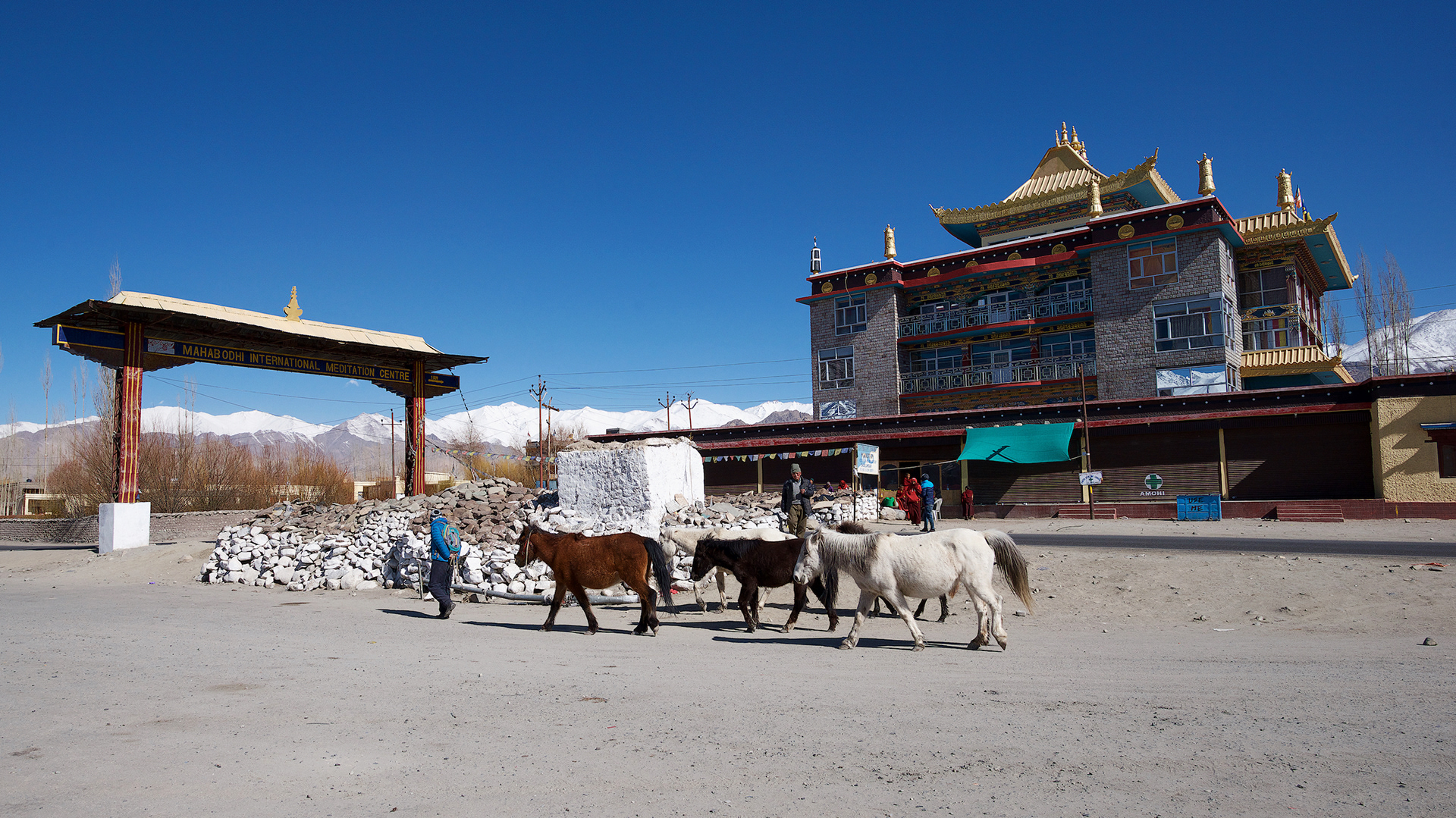

Karma Dupgyud Choeling Monastery, Choglamsar, Leh.

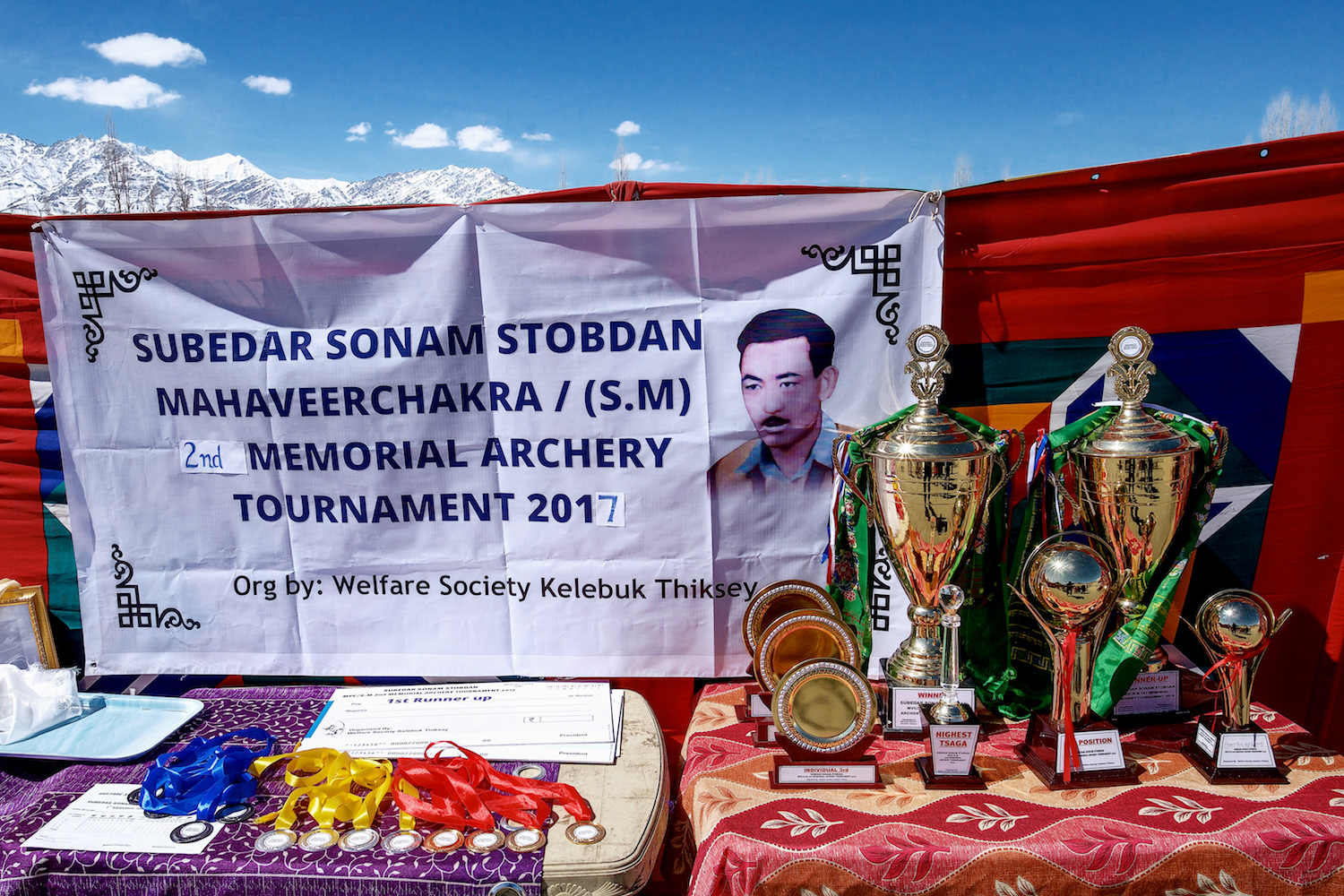
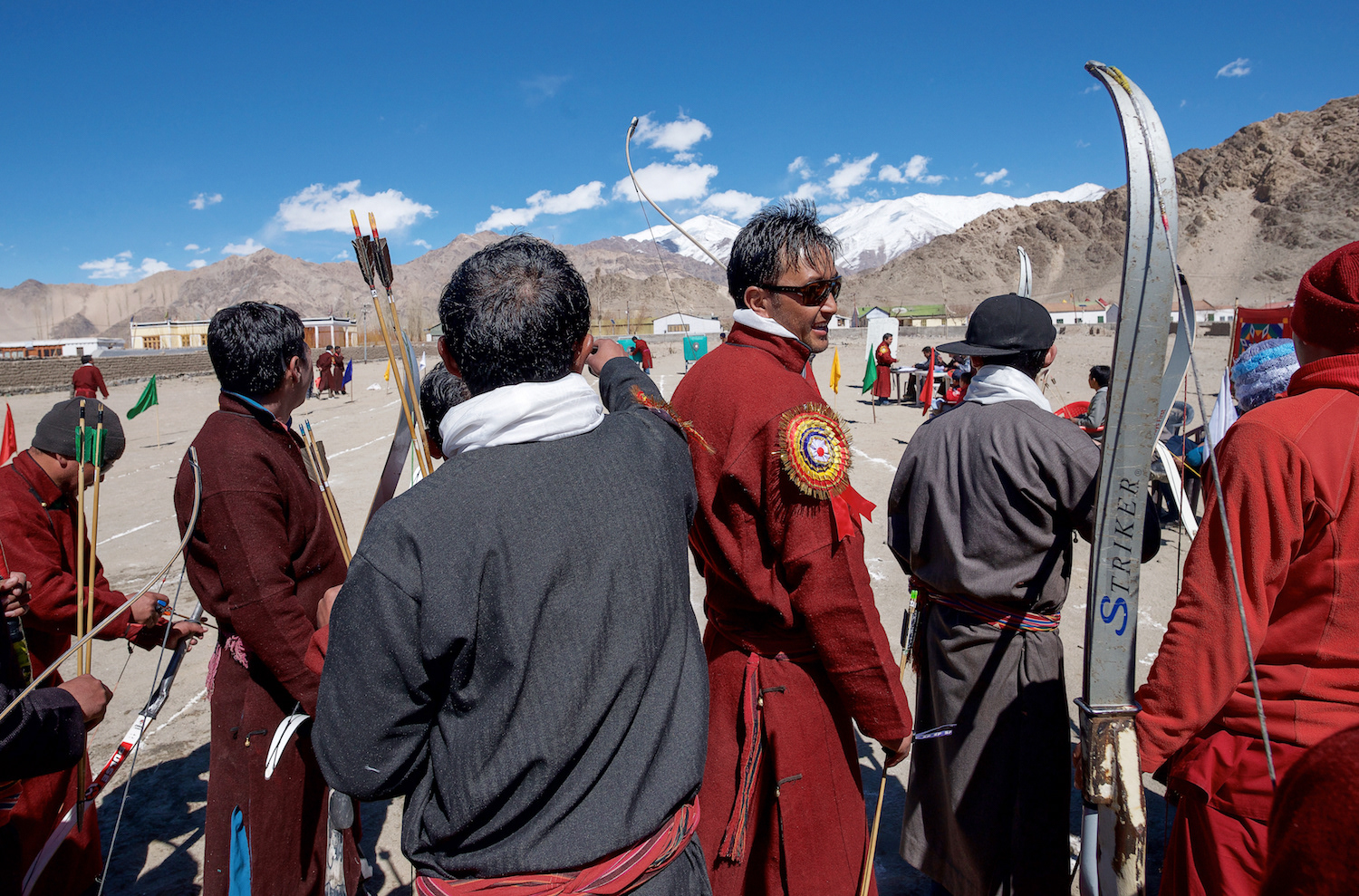
Archery
A traditional sport of Ladakh and an important part of Ladakhi culture and heritage.
A memorial archery tournament held near Thiksey Monastery in honour of
Subedar Sonam Stobdan who was the post commander of 27 men at Chandani post of Ladakh.
On19th October 1962 the Chinese attacked this post in overwhelming strength of 500 men.
He and his men put up a gallant fight and fought to the last, they managed to inflict heavy casualties on the enemy. Subedar Sonam Stobdan showed courage and devotion to the duty of highest order and was awarded The Manaveerchakra which is the second highest military decoration in India.
Subedar Sonam Stobdan who was the post commander of 27 men at Chandani post of Ladakh.
On19th October 1962 the Chinese attacked this post in overwhelming strength of 500 men.
He and his men put up a gallant fight and fought to the last, they managed to inflict heavy casualties on the enemy. Subedar Sonam Stobdan showed courage and devotion to the duty of highest order and was awarded The Manaveerchakra which is the second highest military decoration in India.
Archery tournament, with Thiksey Monastery on the hill in the background.
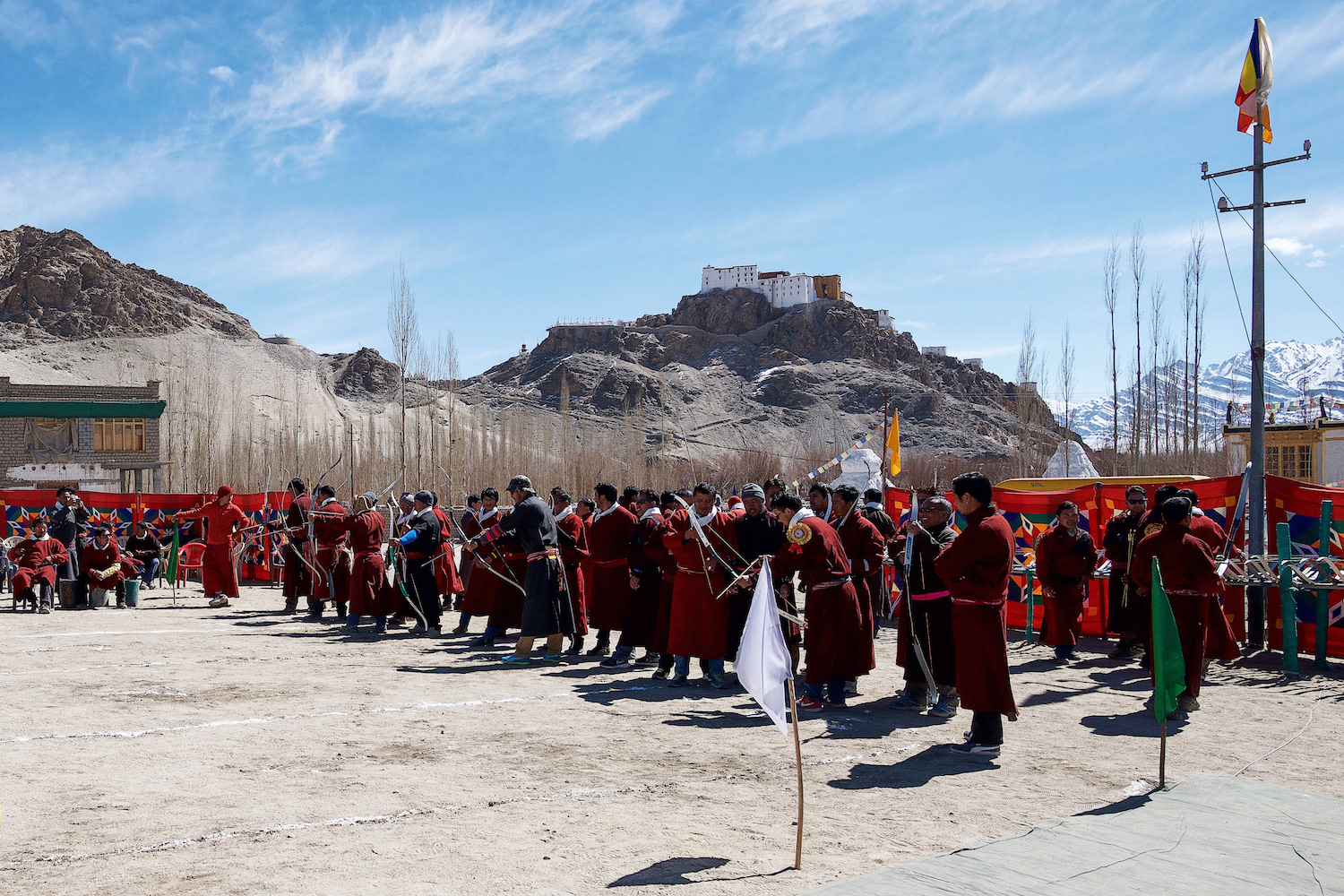
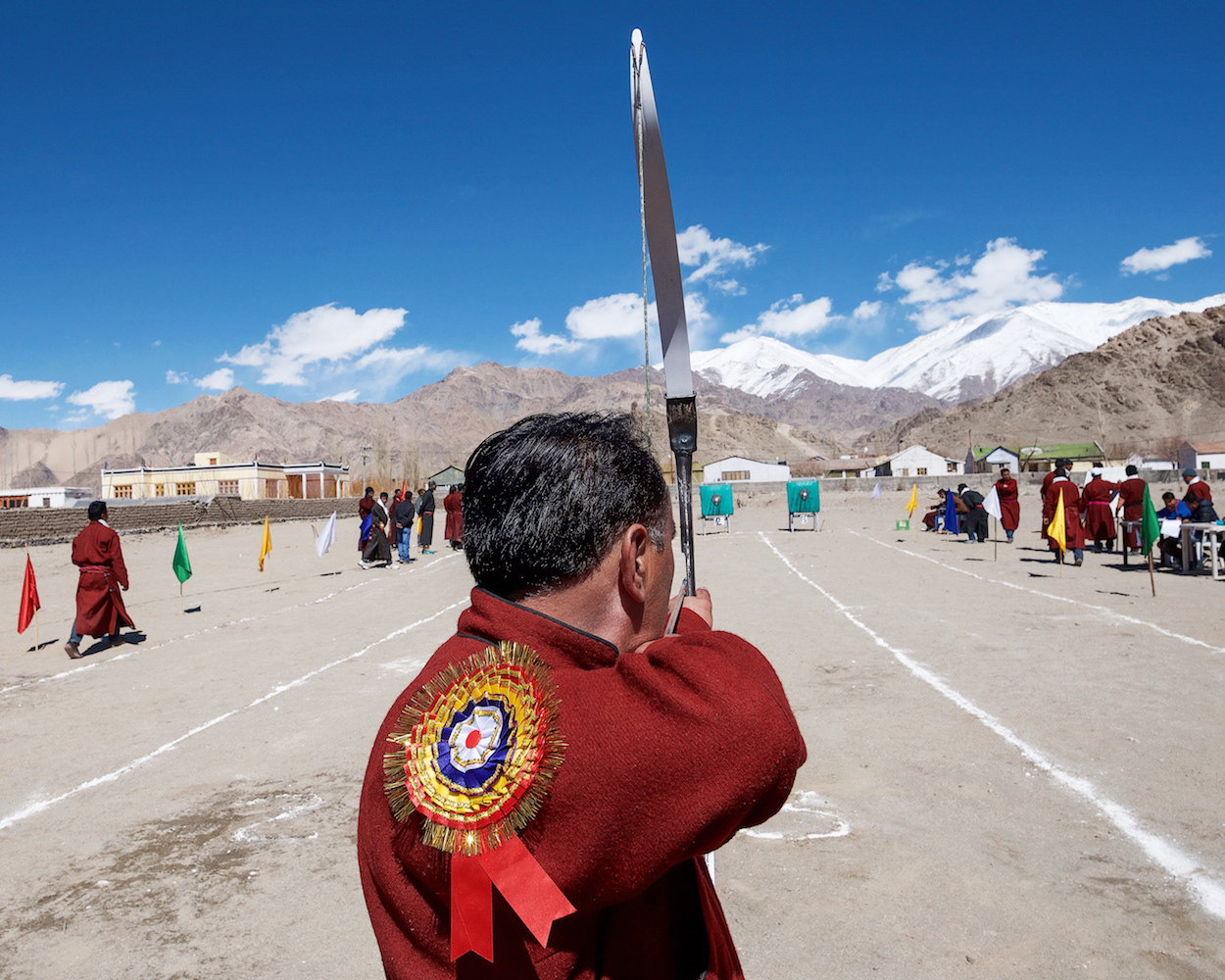
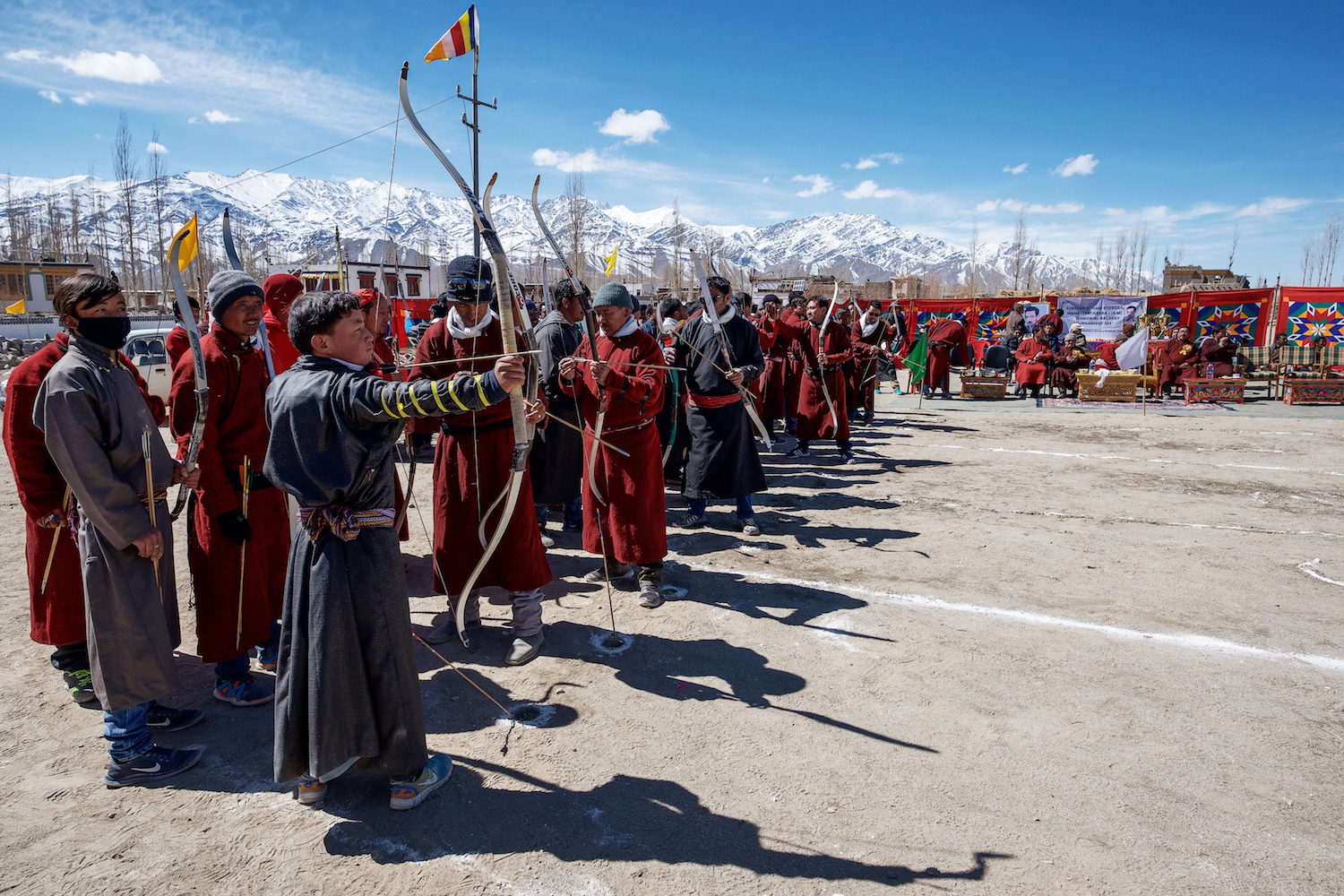


Stok Guru Tsechu Festival
6th & 7th March 2017
The festival is famous for its mask dances but its highlight is the awaited oracles’ prediction for the coming year. This is the annual festival of oracles hosted in Stok village 3,497 m (11,473 ft), about 15 kms south of Leh, and the present seat of the Ladakhi royals. It involves monks from the Spituk Monastery performing sacred dances and oracle appearances. These oracles are laymen who are trained by monks from the Spituk Monastery to receive the spirit. The predictions made by the oracles are firmly believed by the people of this region.
Stok village is home to the 14th century Stok Monastery, with its 71 feet (22 m) high seated Gautama Buddha statue, constructed between 2012-2015 and consecrated by HH the Dalai Lama on 8th August 2016.
High in the Himalayas, Buddhist monks in medieval monasteries hold sacred festivals, during which they perform 1,300-year-old mystical dances, collectively called cham, in order to transform evil for the benefit of the entire world. Chams dances, or mask dances, are a masked and costumed dance associated with some sects of Tibetan Buddhism and are ritually performed during Buddhist festival celebrations, in the gompa (monastery) courtyard which is filled with visitors wanting to catch a glimpse of the colourful event.
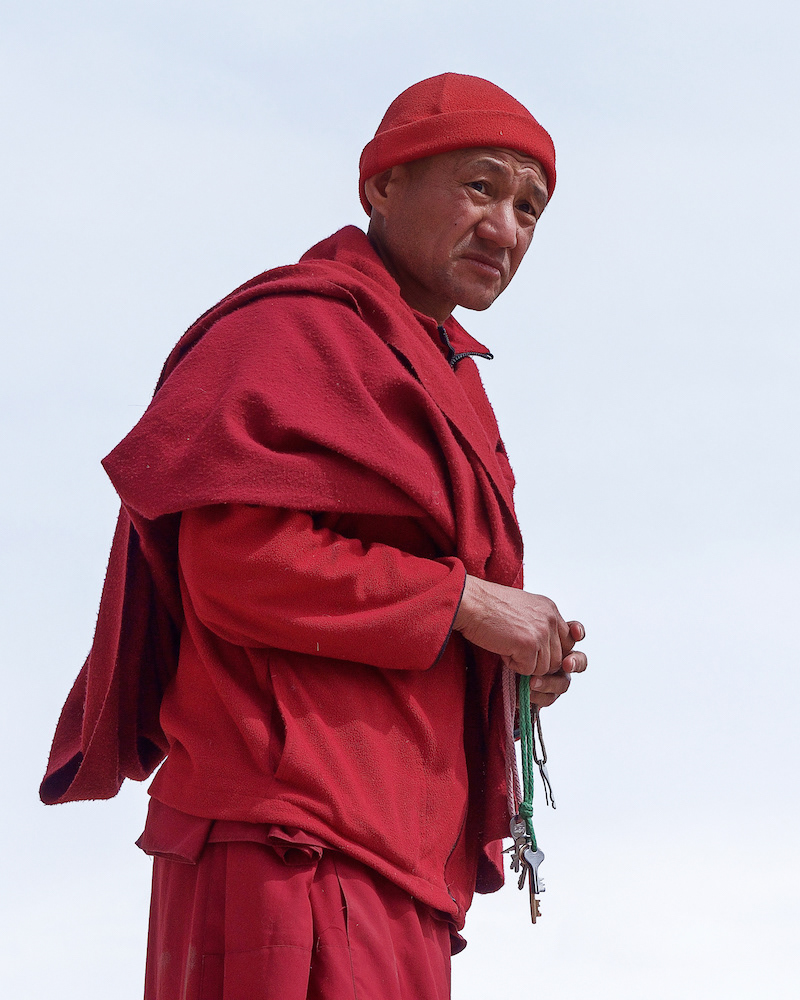
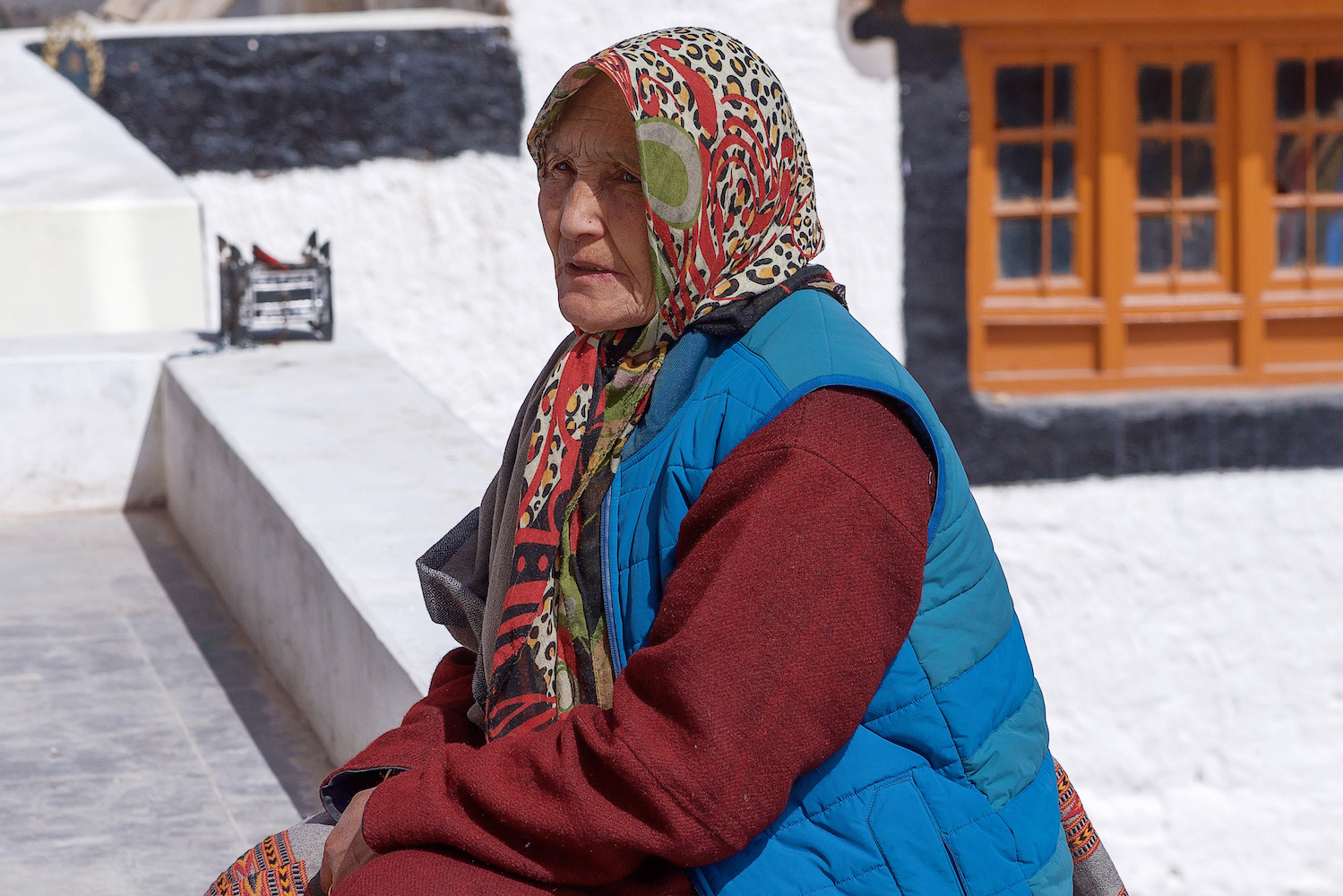


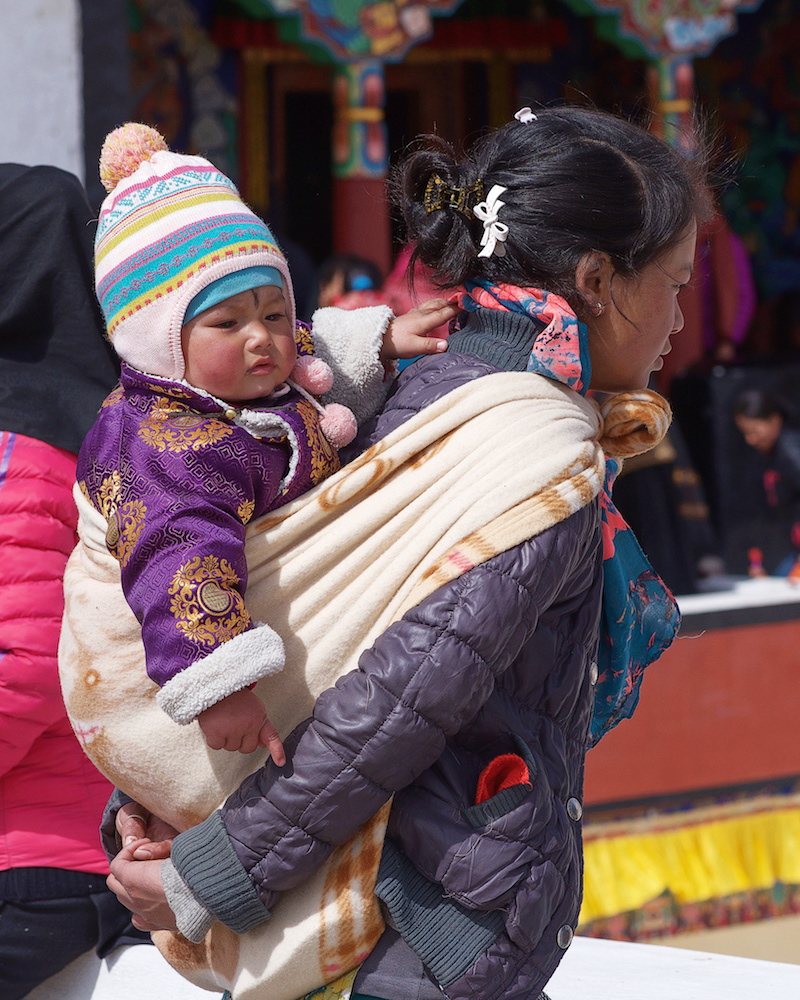
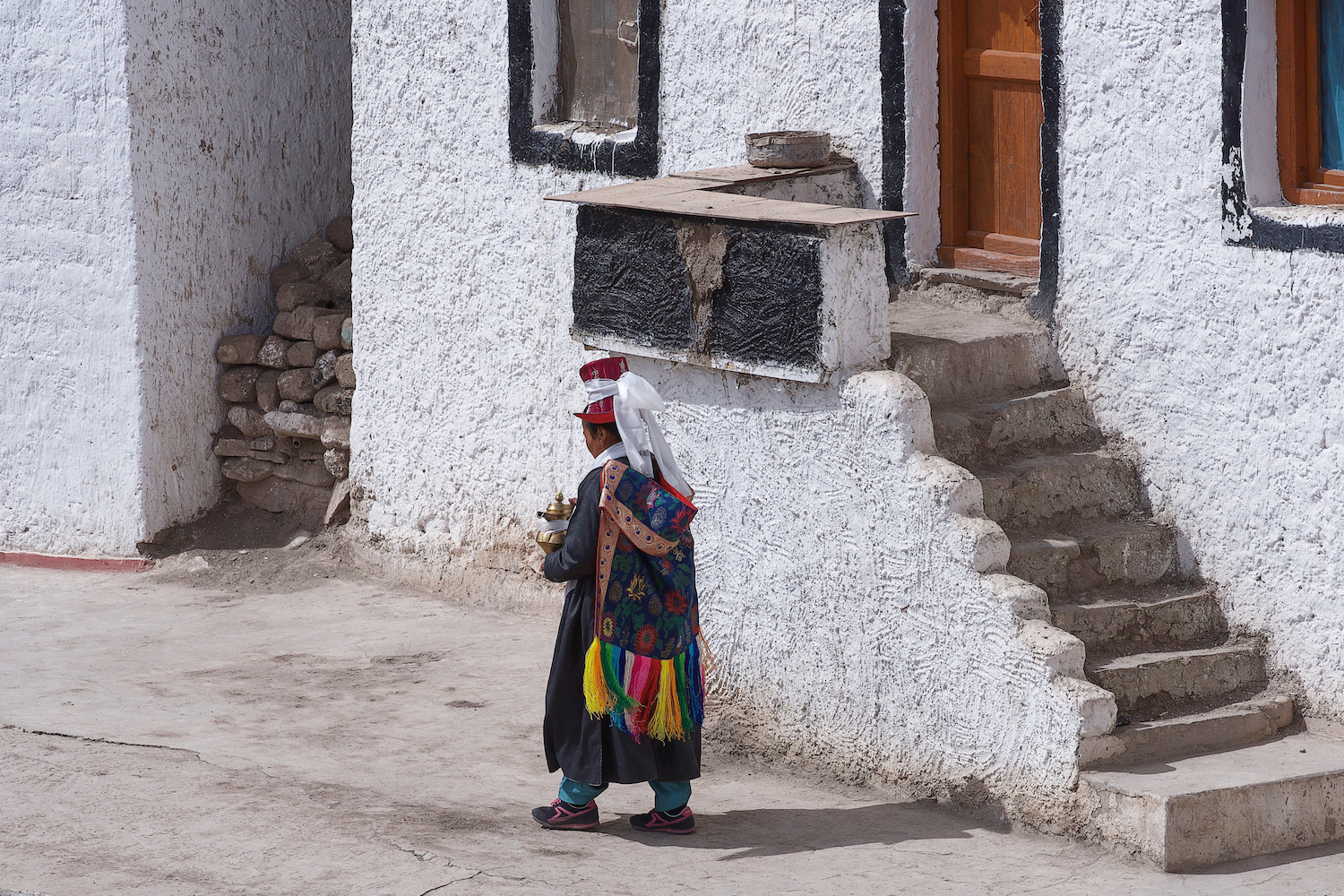
Blaring horns and hypnotic beating drums play a soundtrack for the dance loud enough to fill the open gompa courtyard.
The series of dances are accompanied by monks playing traditional instruments. Although the dances are generally slow with measured steps and twirls, they can get quite intense in parts and the colourful costumes enhance the performance.
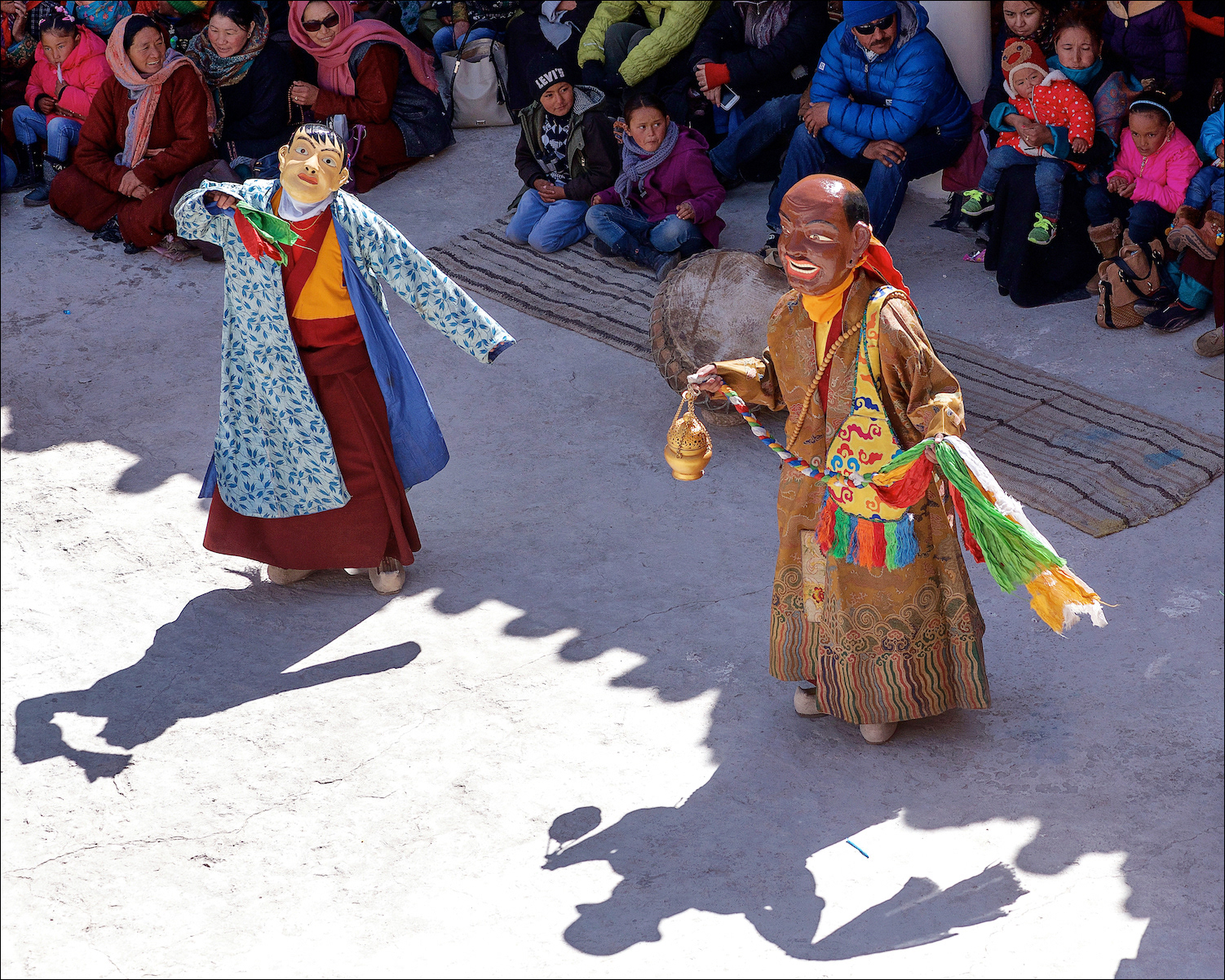

The weather is sunny but very cold and the locals are dressed in warm and colourful clothing.
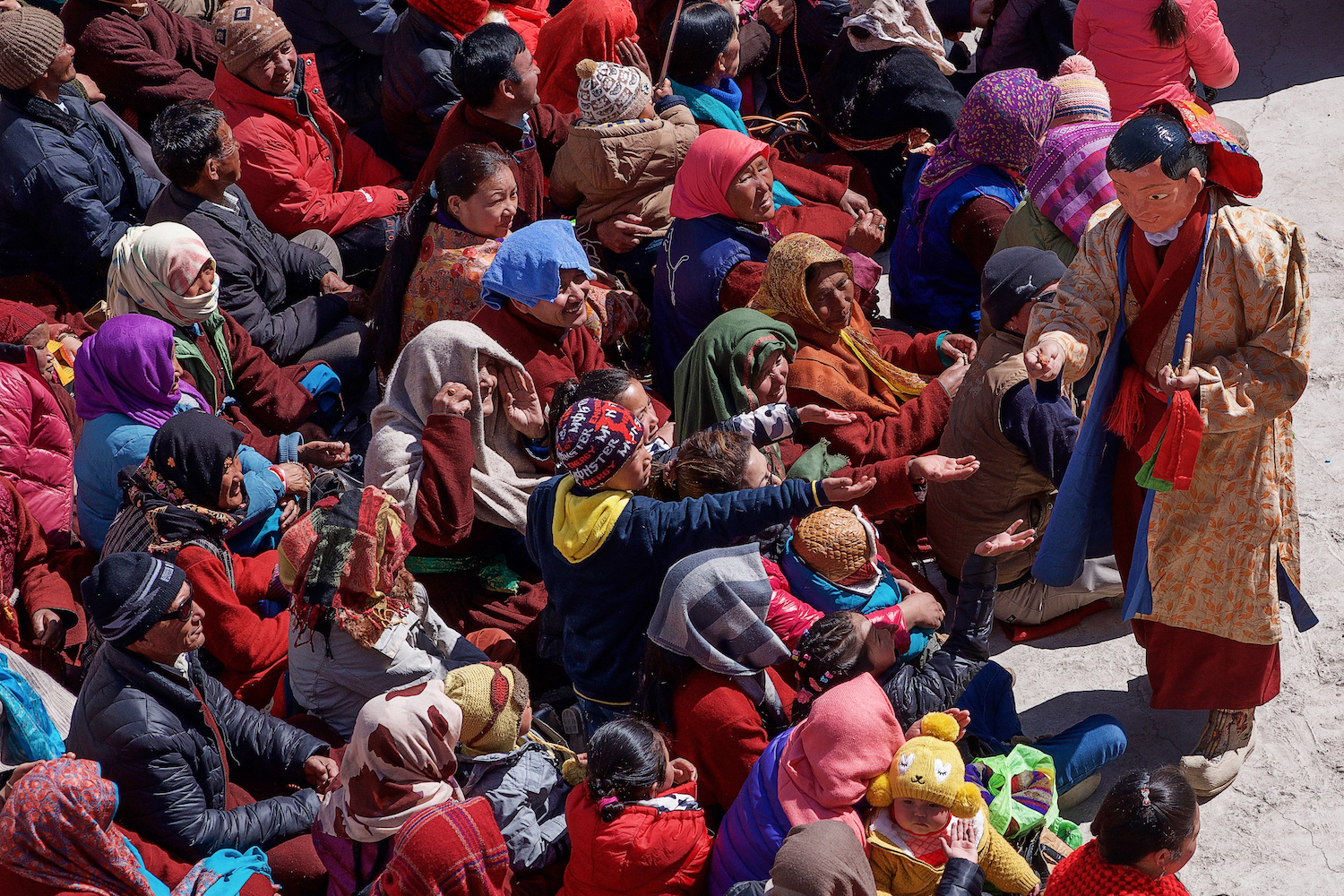
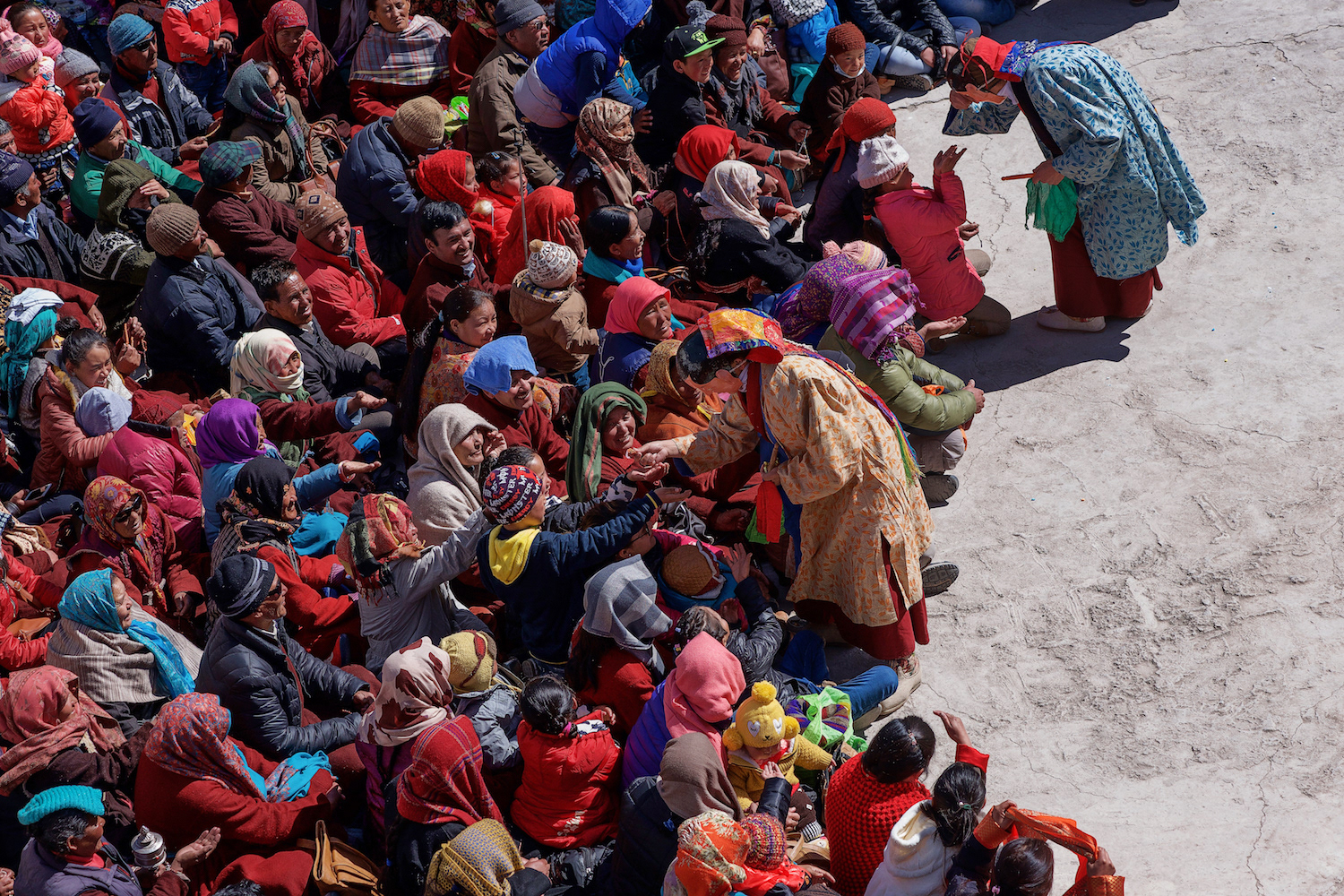
The colourful masks and costumes depict different deities and animals, thought to be the same ones we might meet after death. The dancers are transmitting religious values to people, warding off evil spirits and introducing peace.

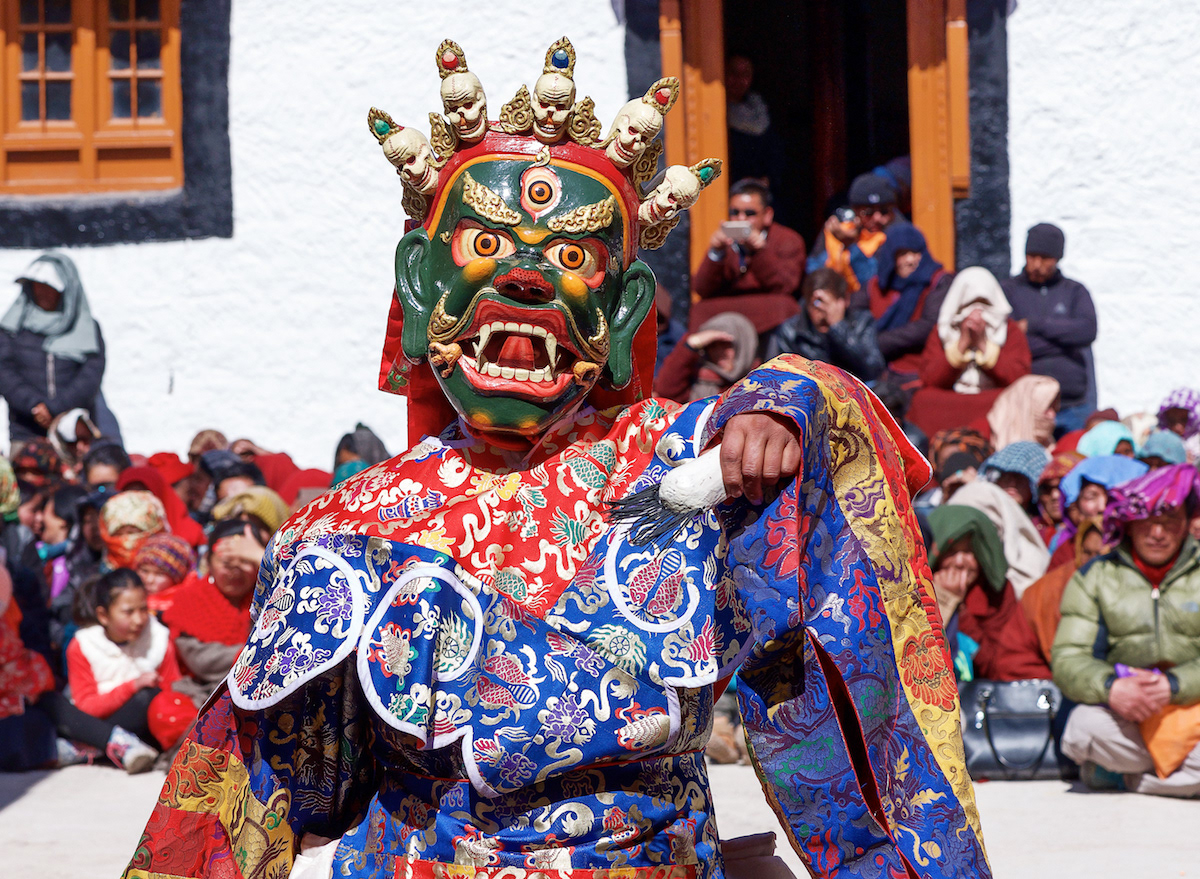

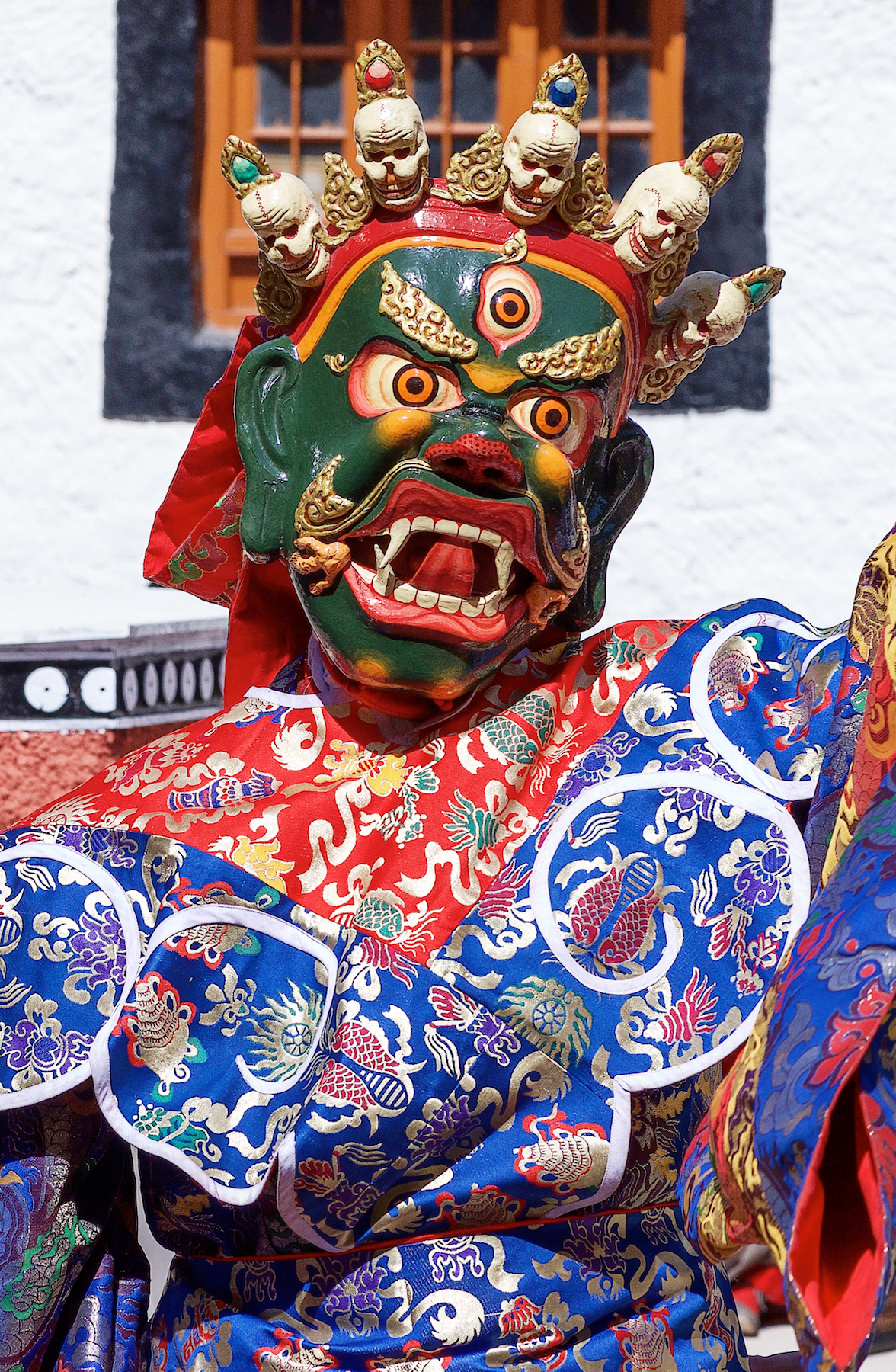
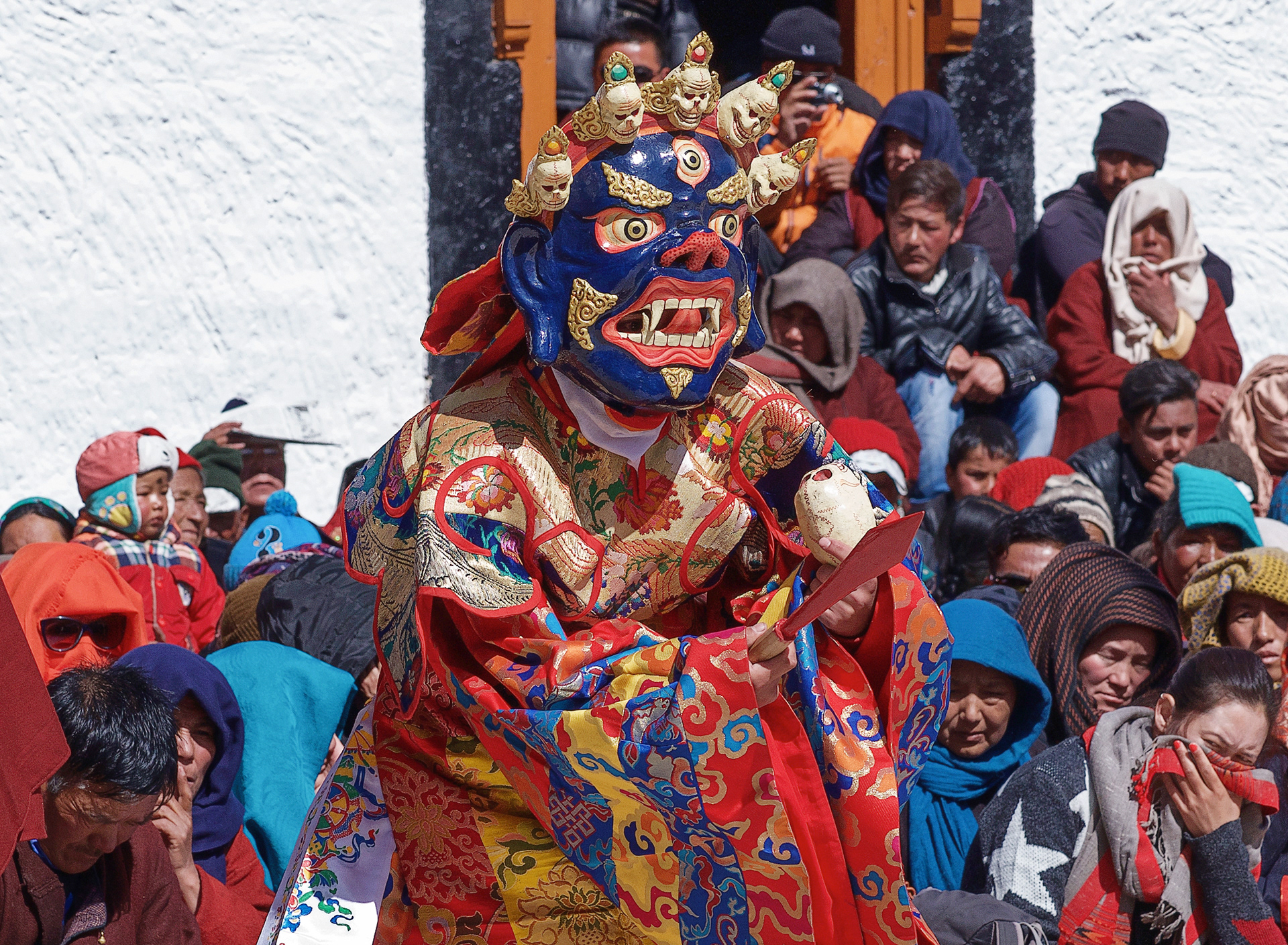



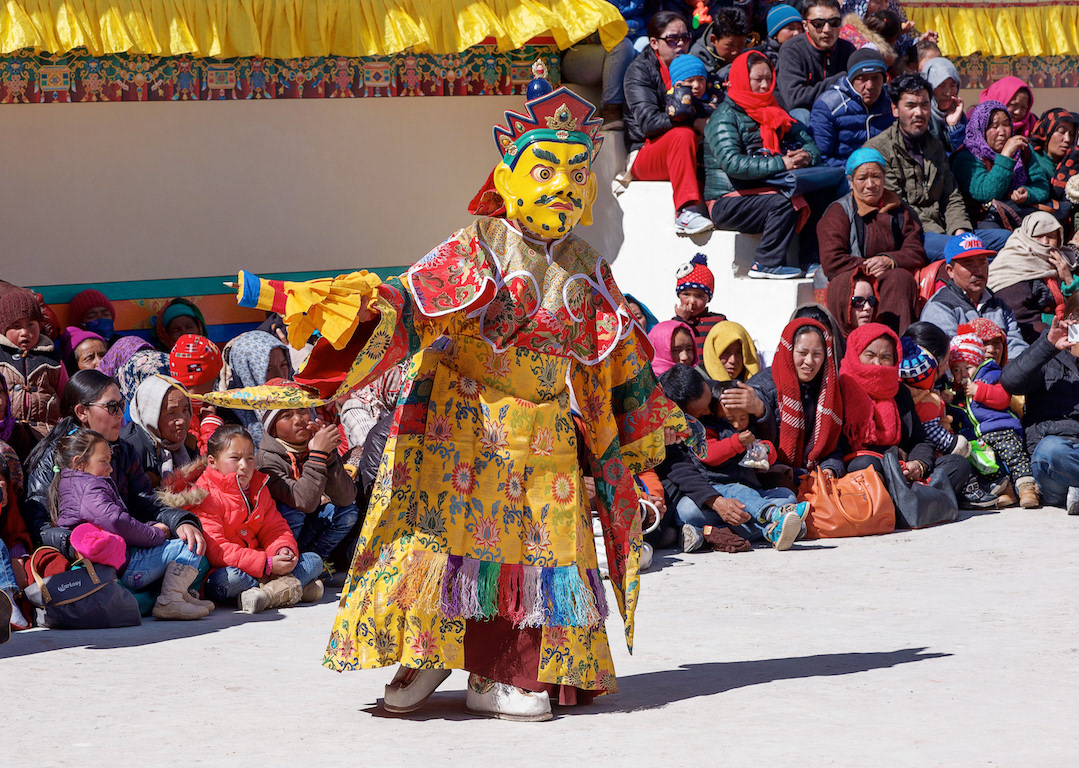

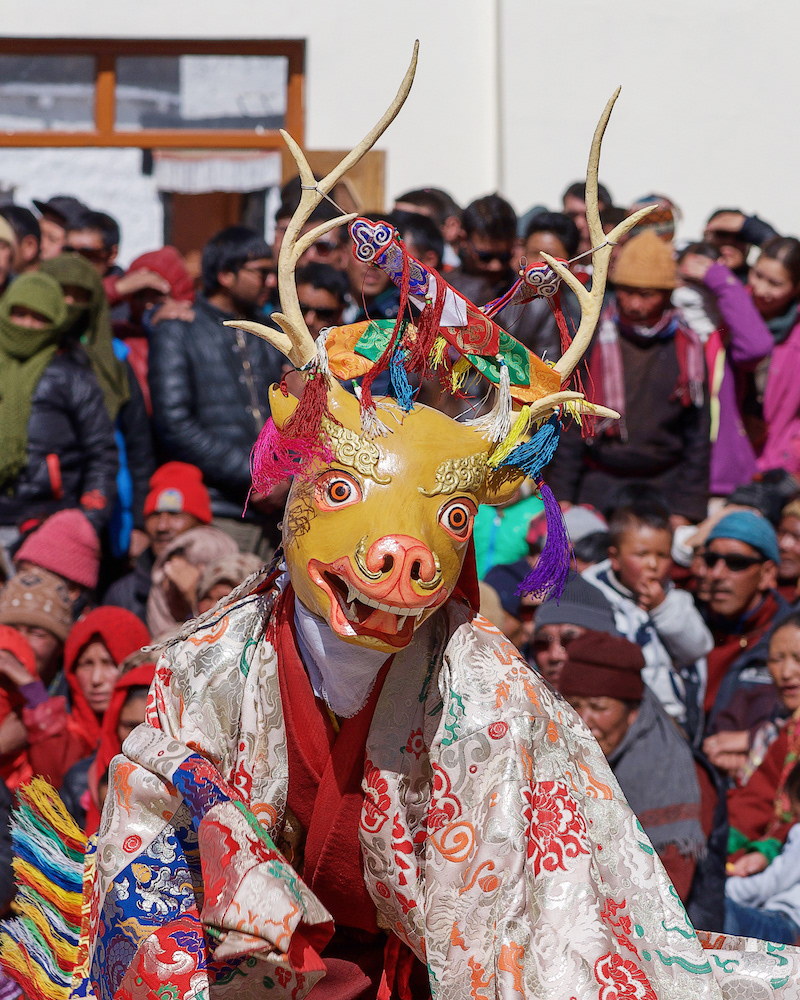
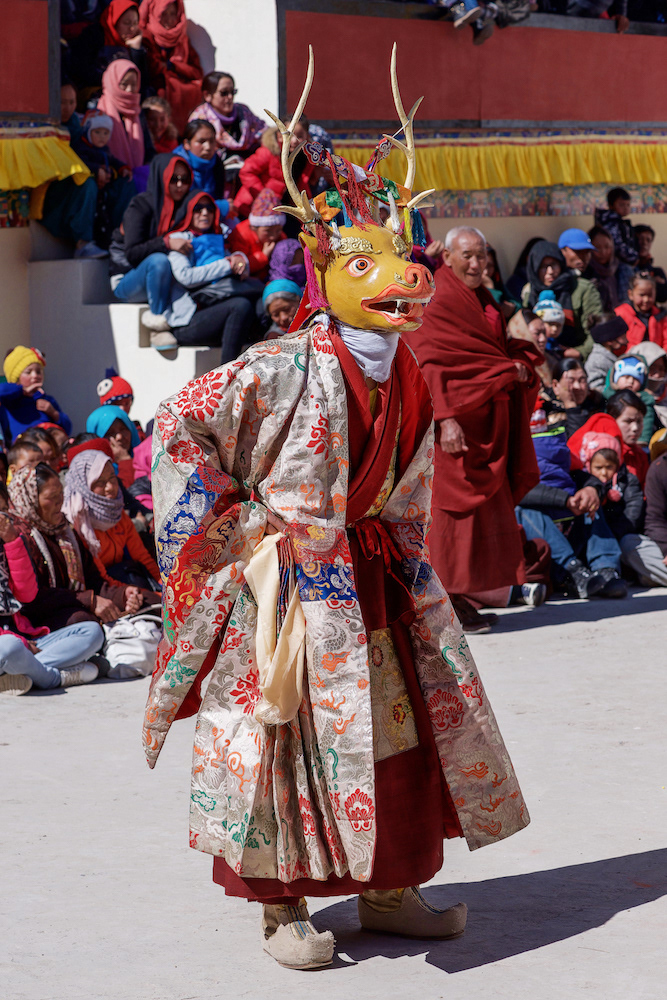
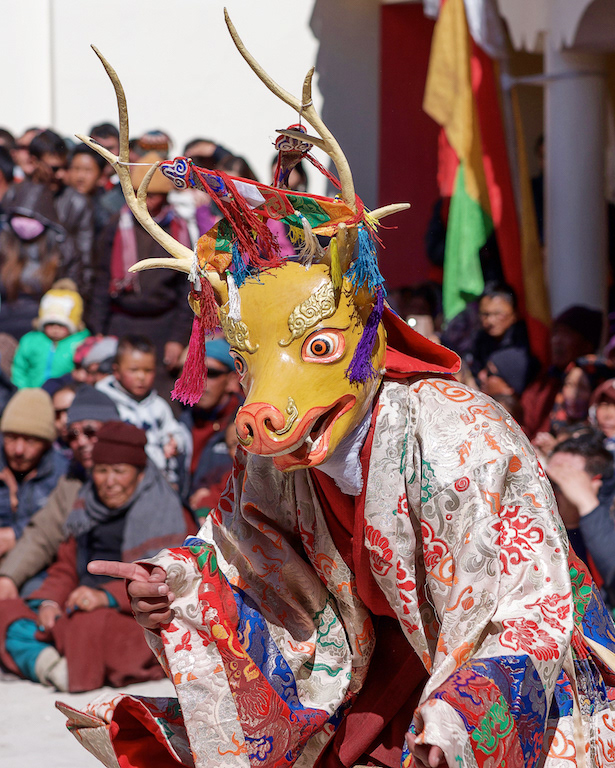
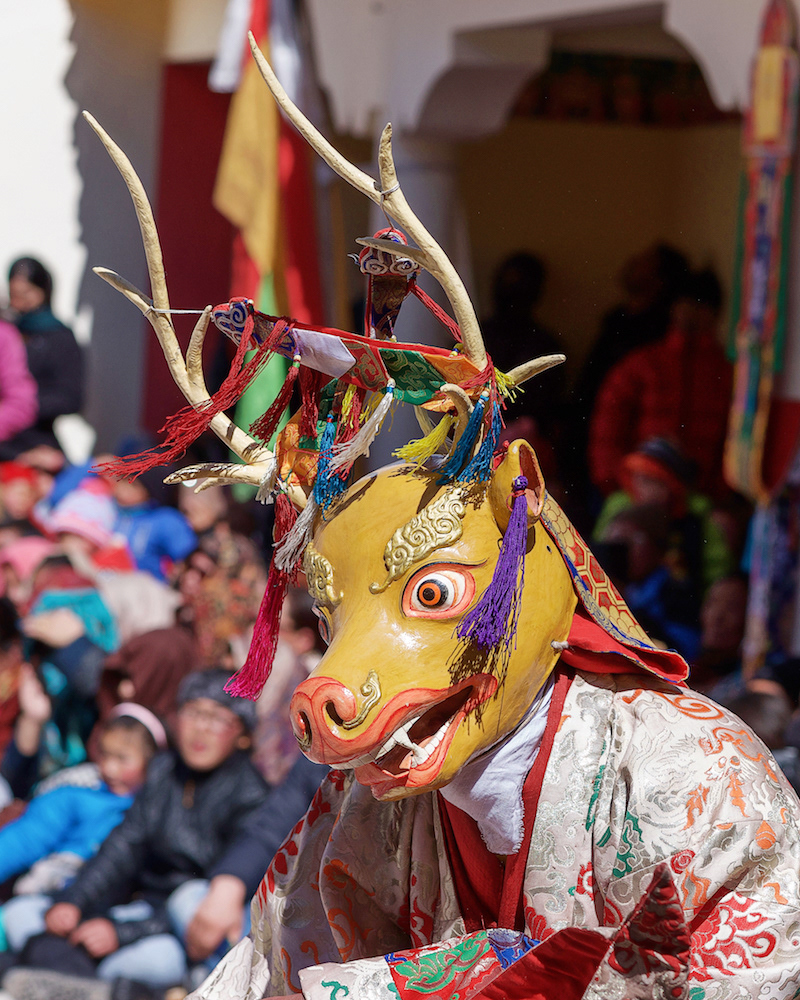

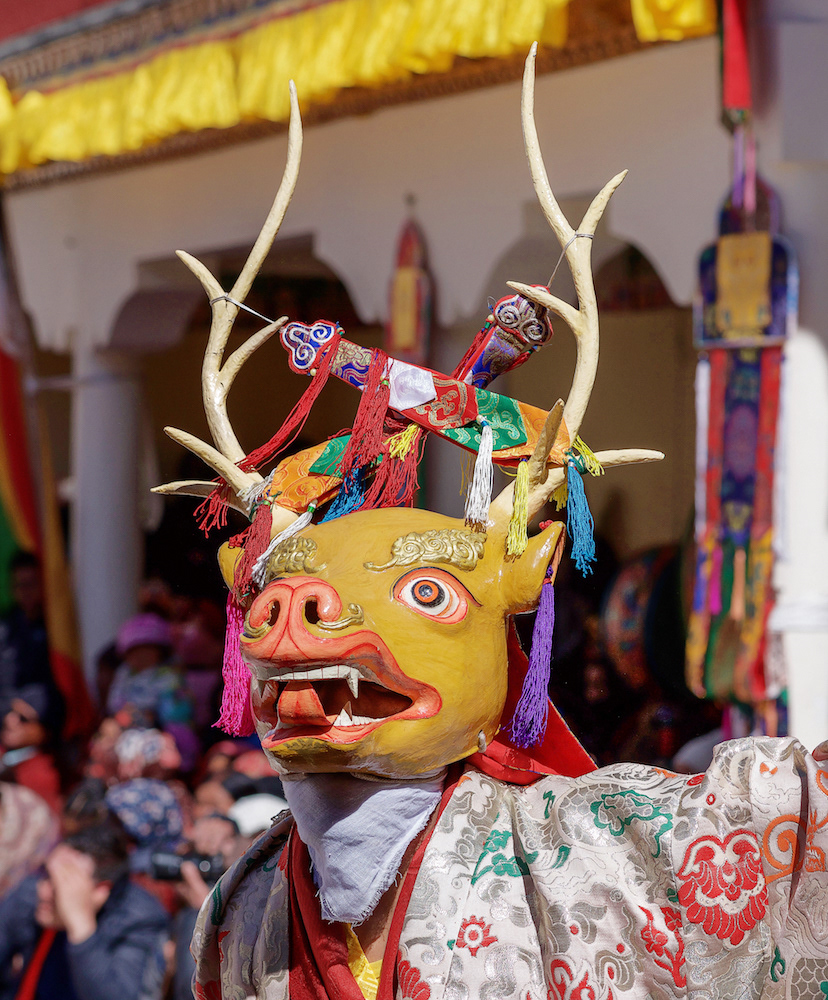
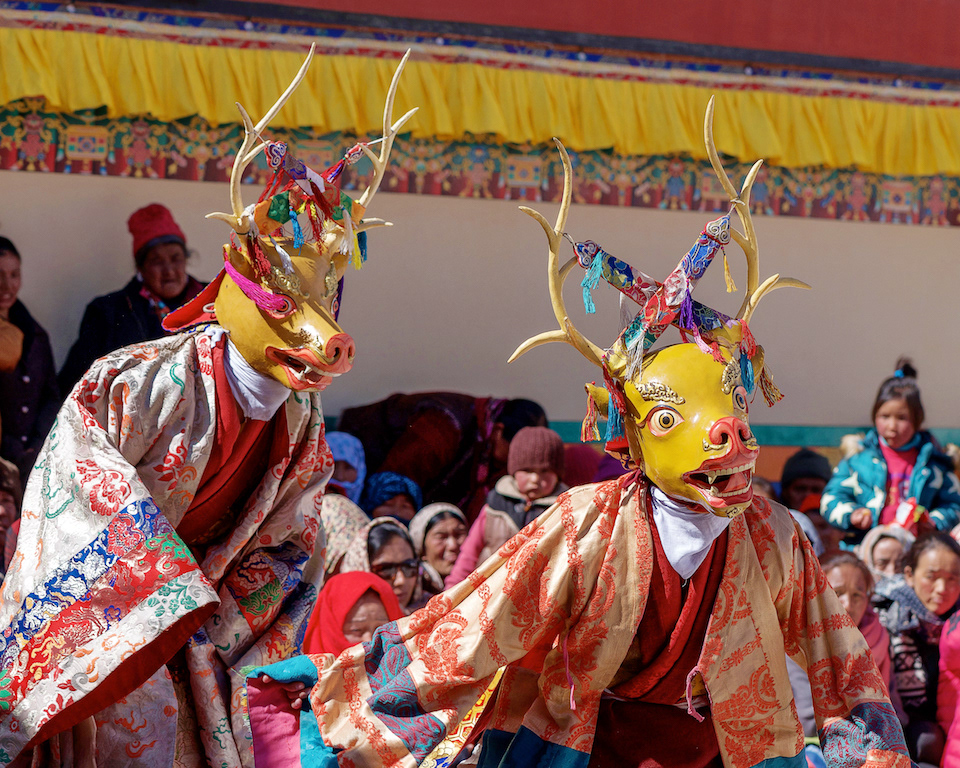


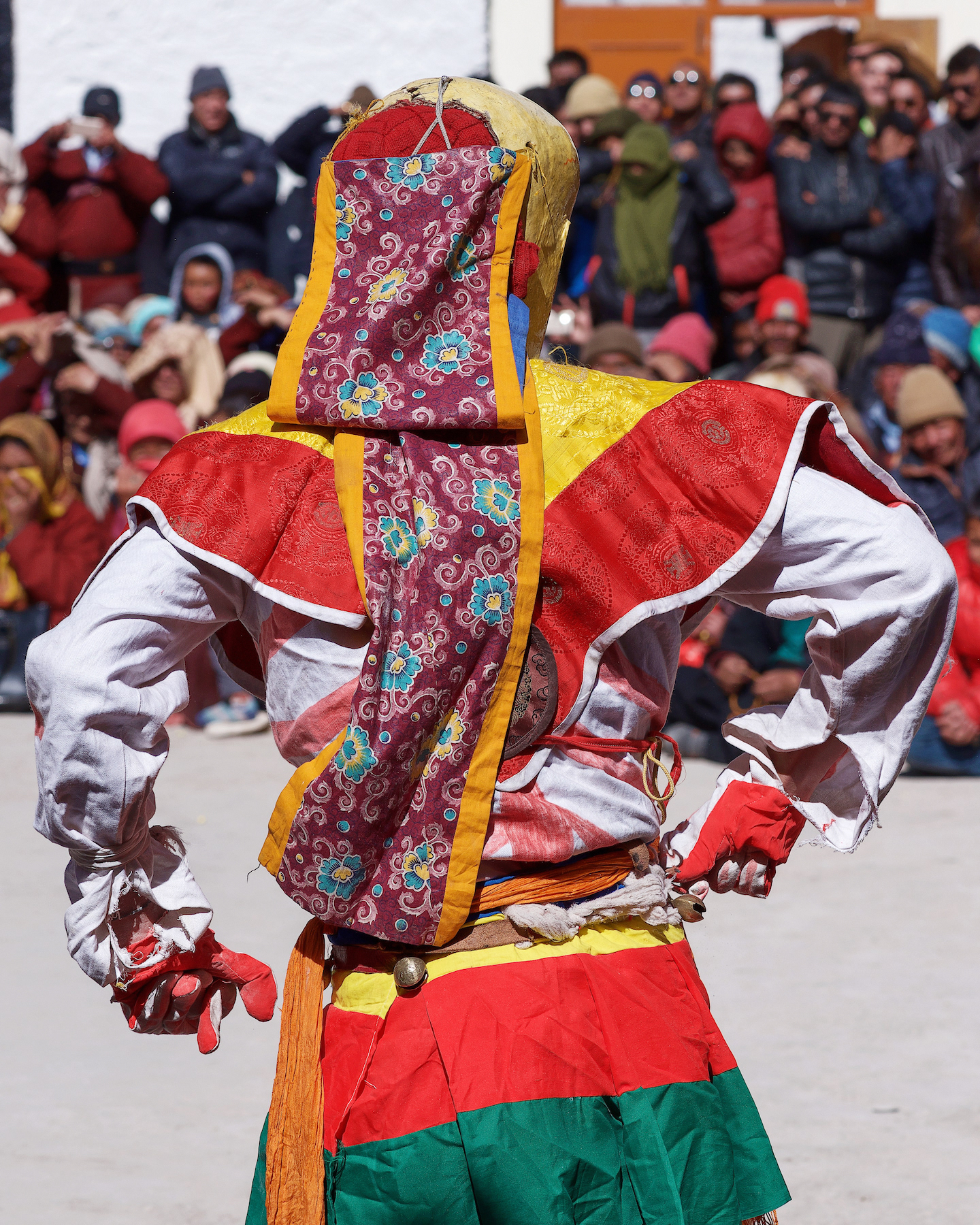

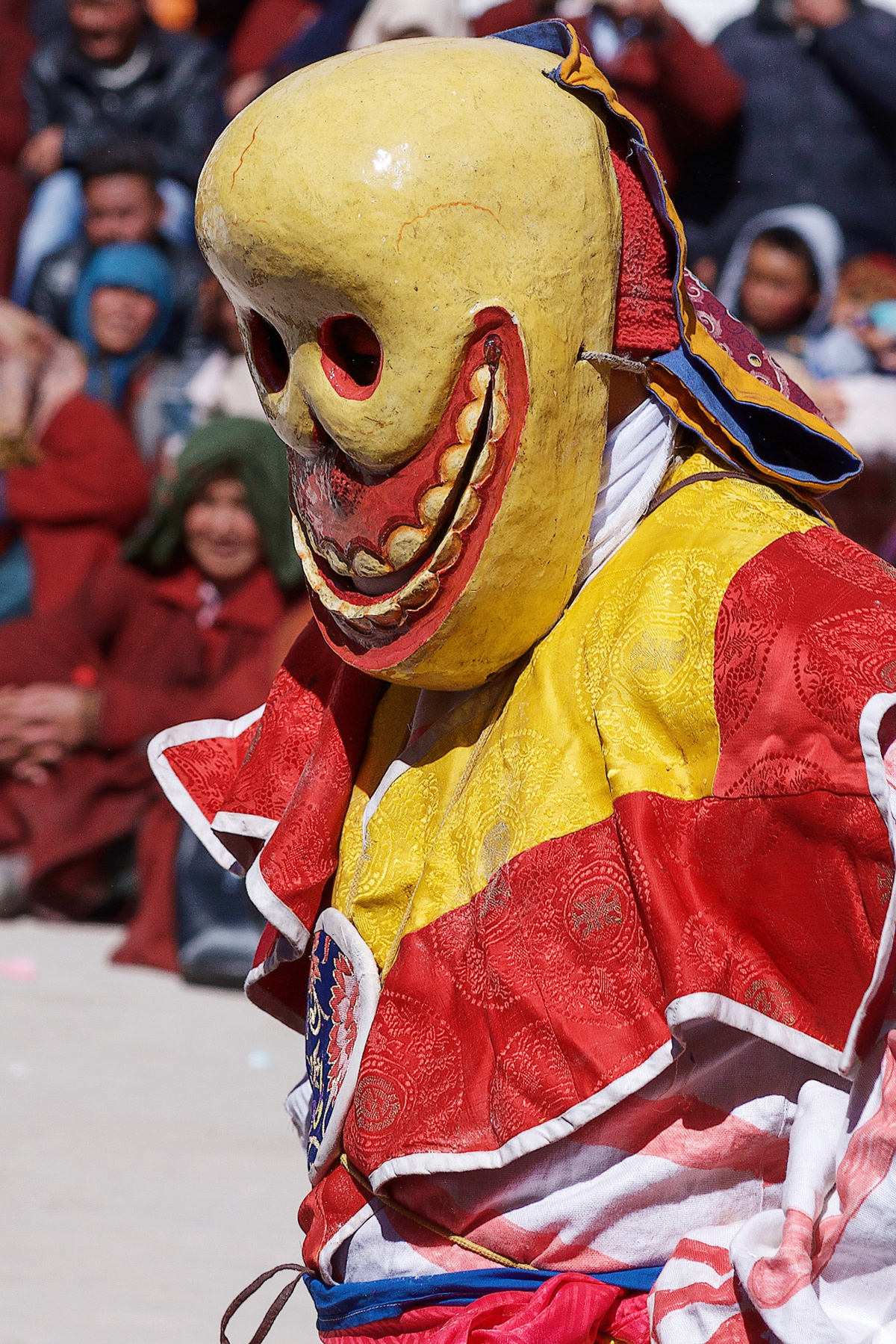
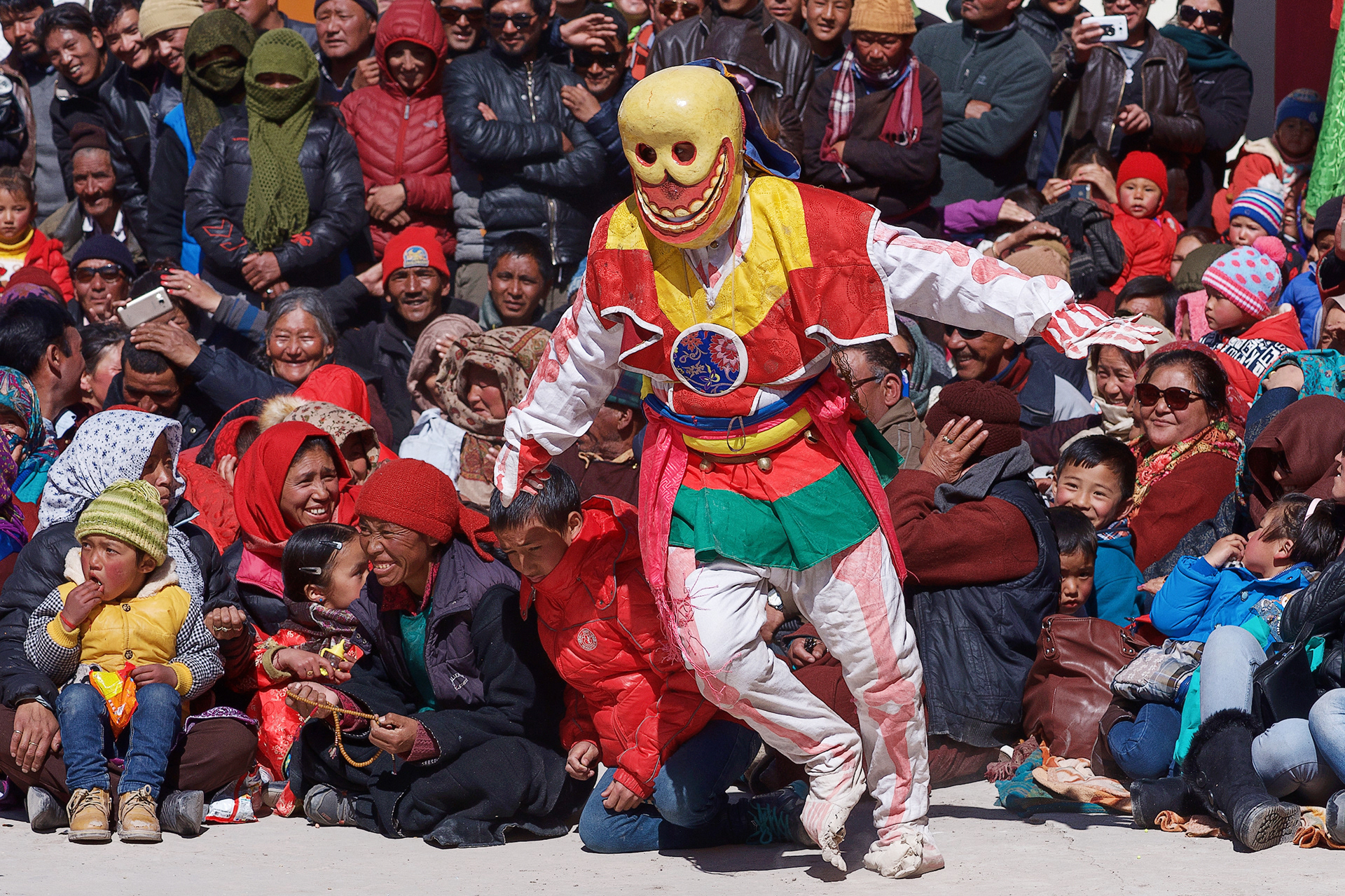

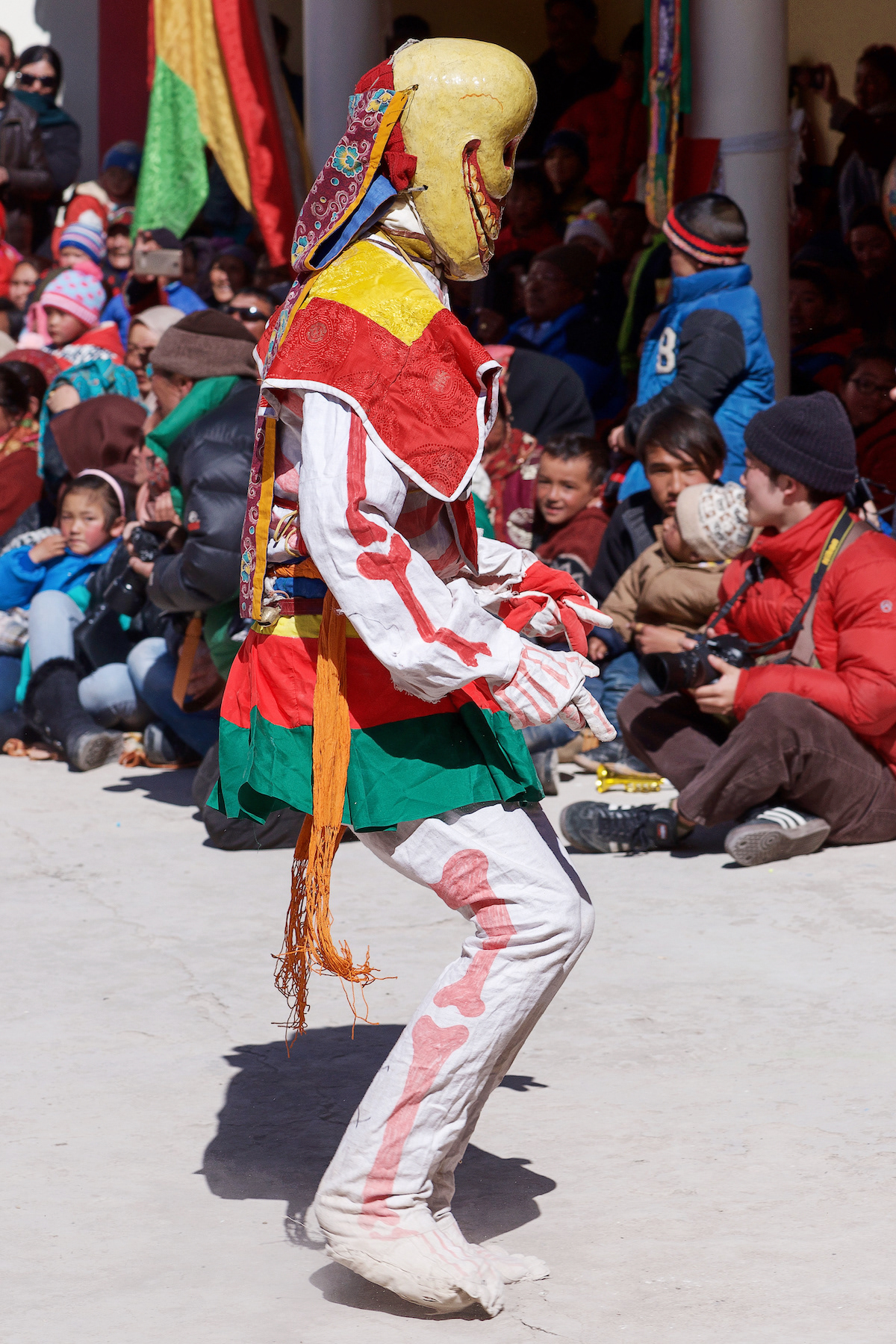
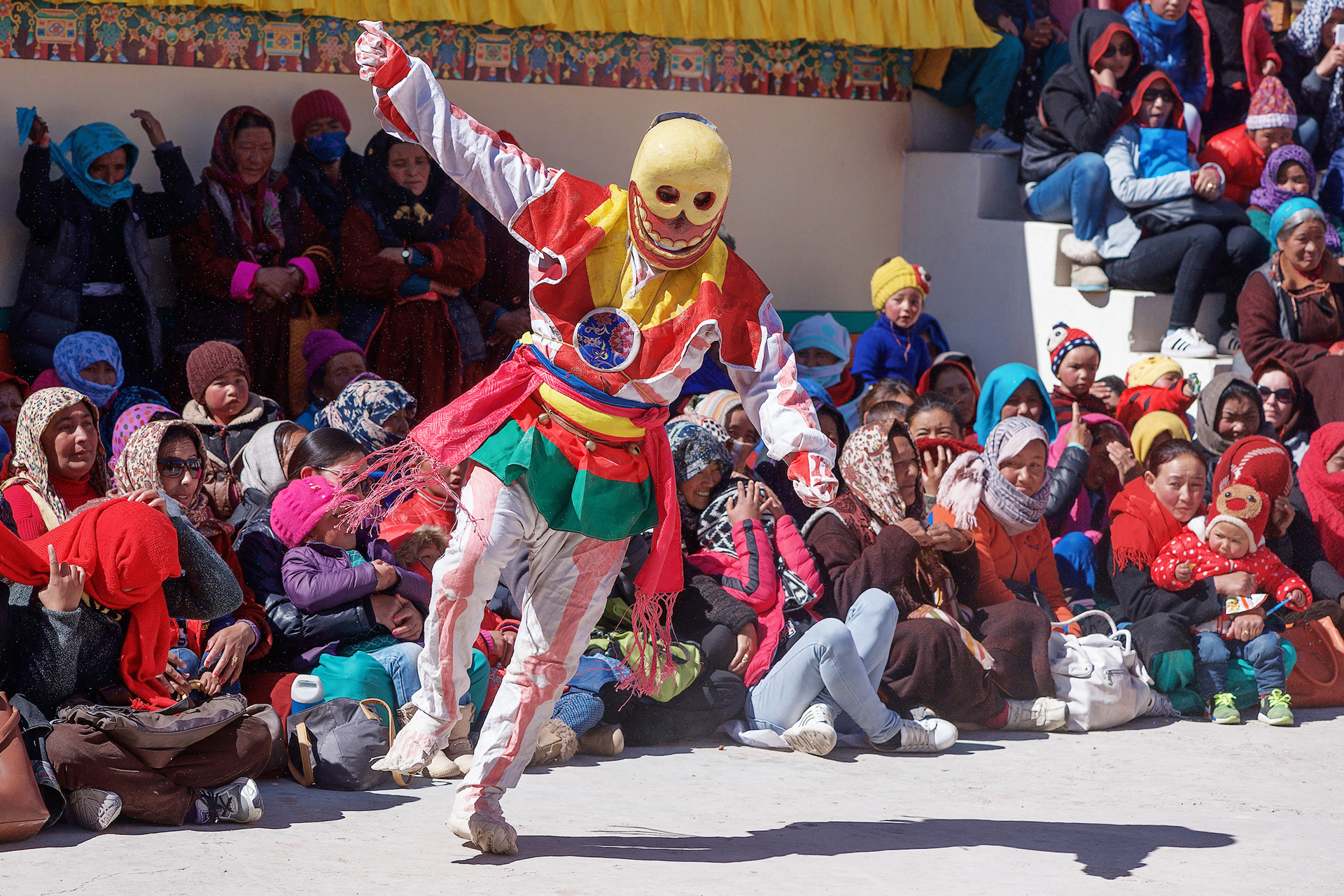

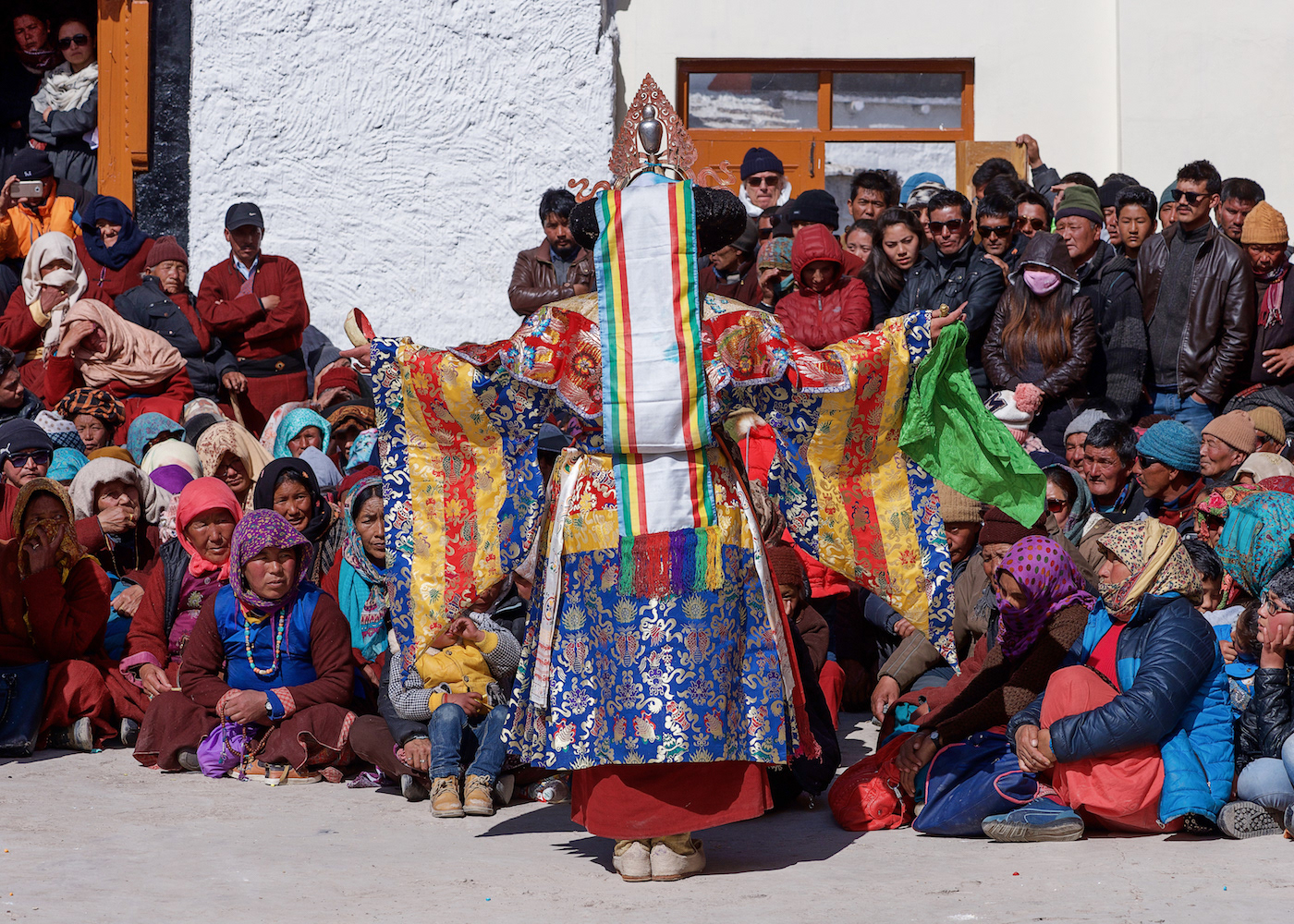
The Dance of the Black Hats
Guru Padmasambhava first performed the Black Hat dance in the 8th century.
The Black Hat dance is performed without masks – instead the dancers wear a richly decorated, black hat. A spectacular dance in which dancers representing Tantrists with supernatural powers take possession of the dancing area to drive out evil spirits and purify the ground with their footsteps. This dance also tells the story of the assassination of the anti-Buddhist Tibetan king, Langdarma, in the year AD 842 by a monk, Pelkyi Dorje, who had hidden his bow and arrows in the voluminous sleeves of his garment. As they dance to the beating drums, the ‘Black Hat’ dancers proclaim their victory over the evil spirits.
An apron with a wrathful face is meant to chase away evil spirits.


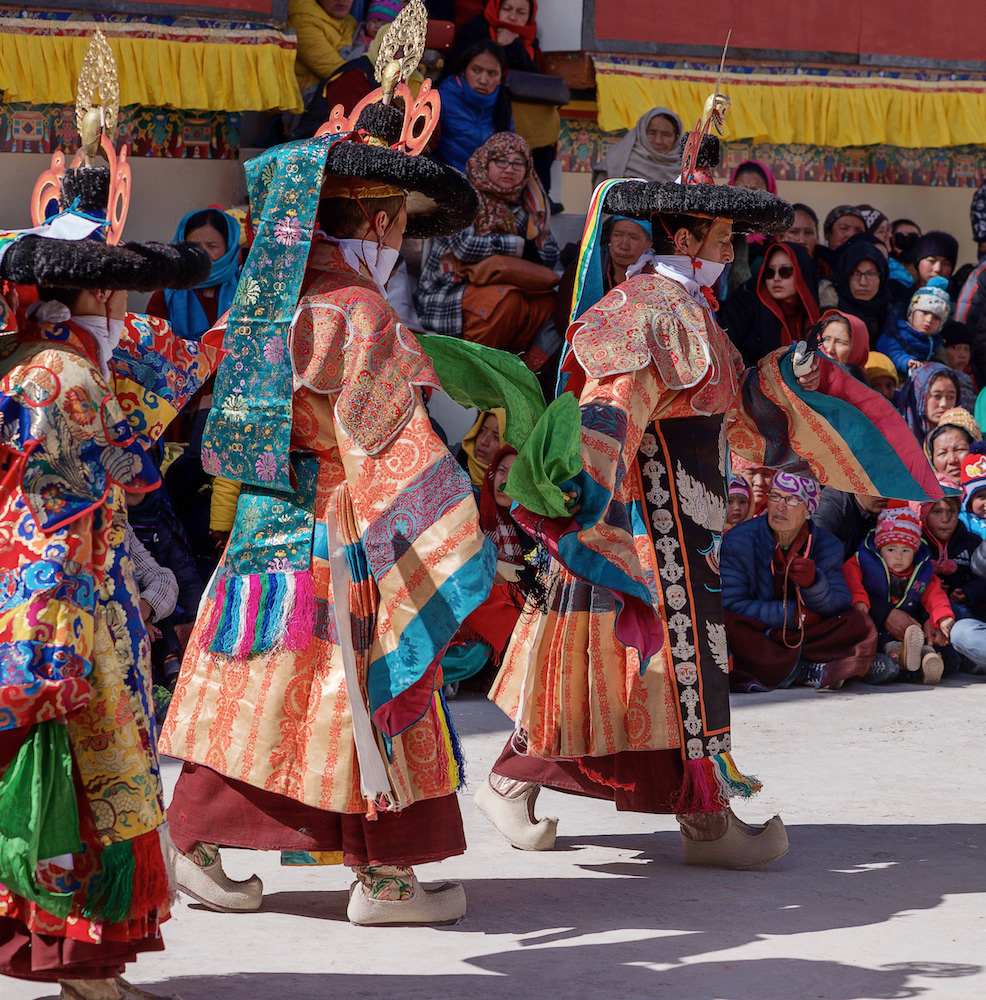
The dancers hold a ritual dagger in their right hand and in their left hand, the representation of a skull.
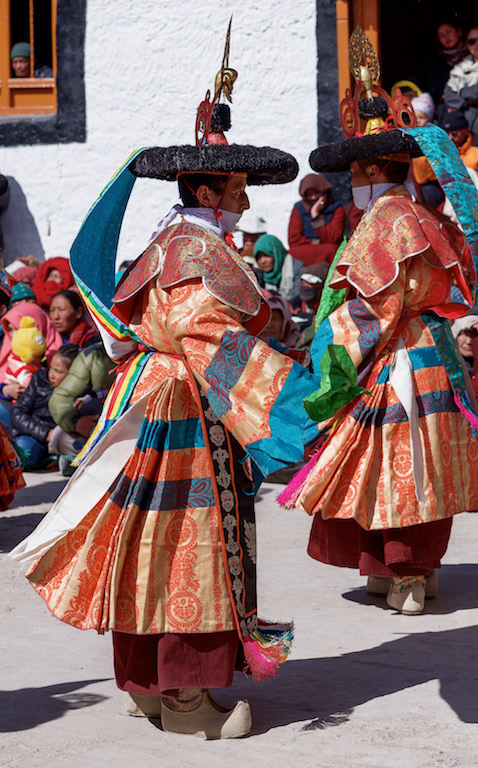
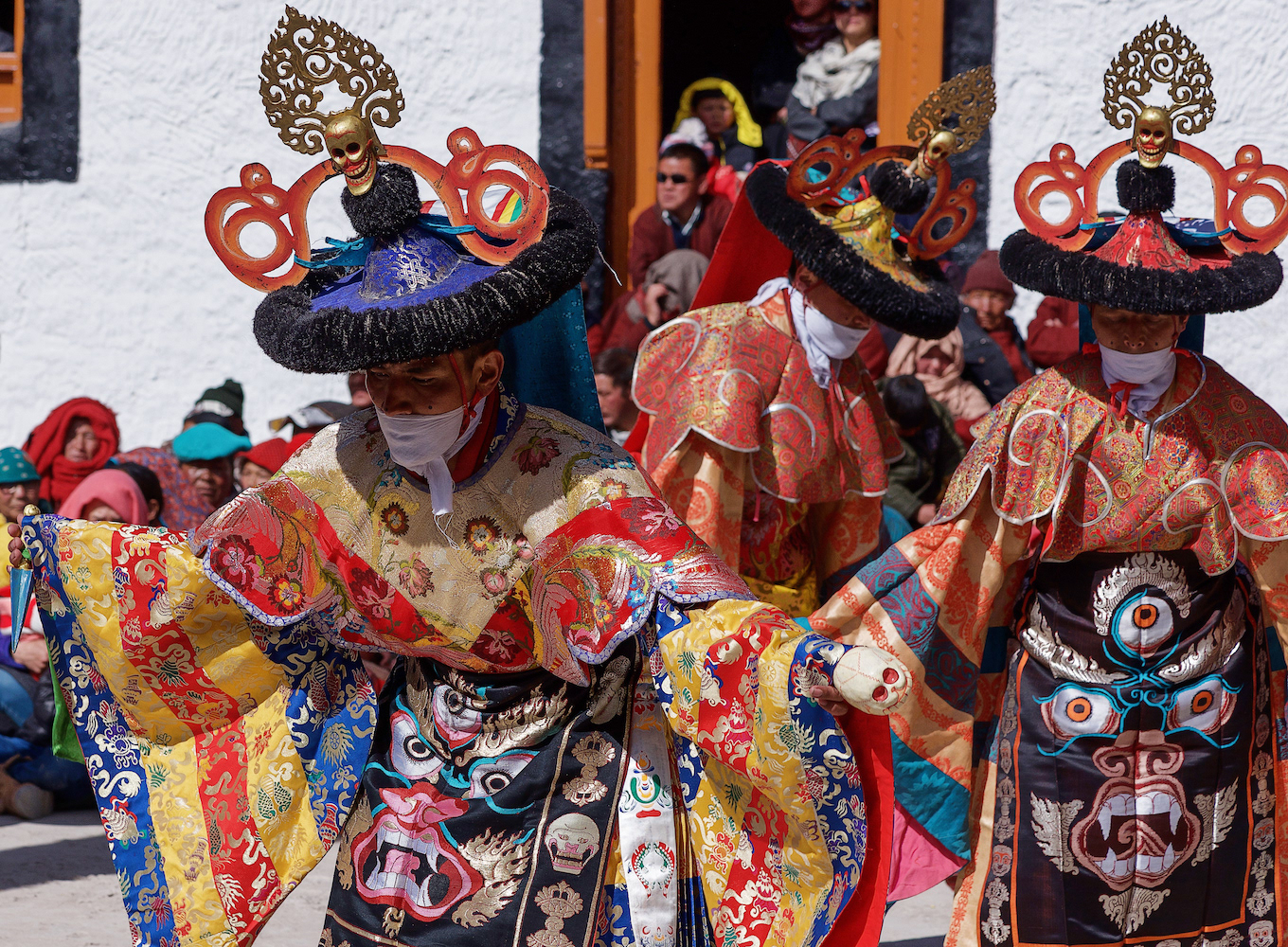
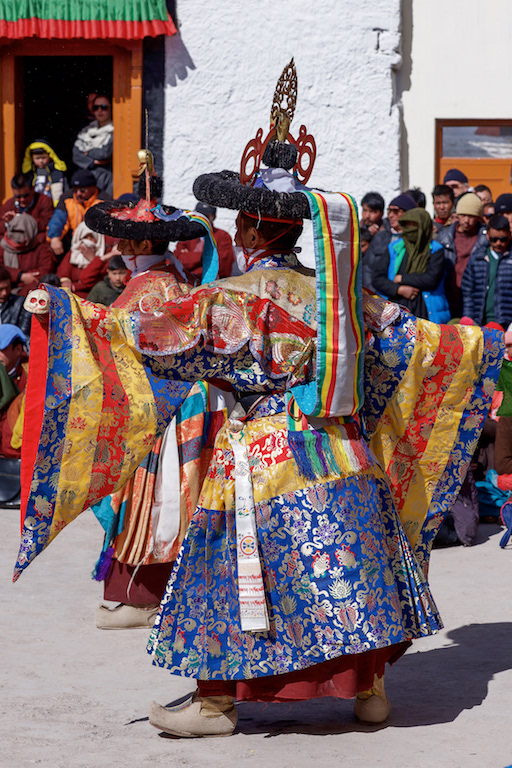
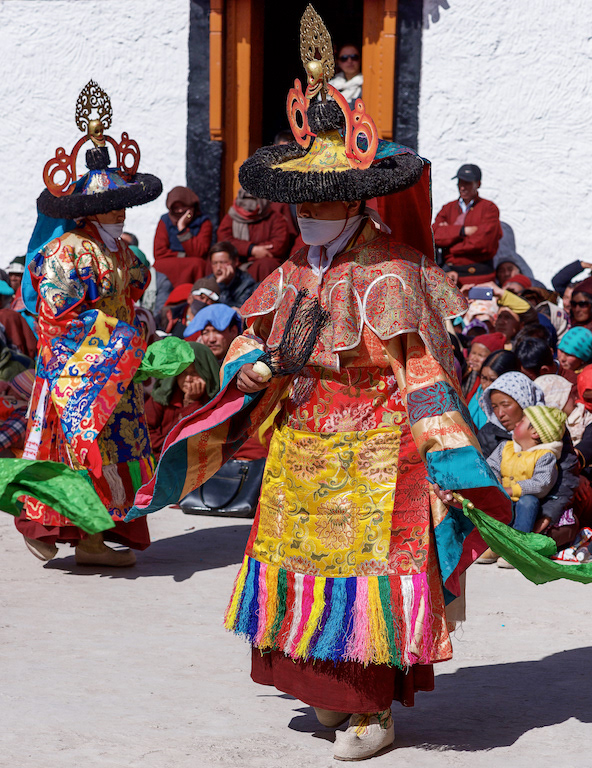
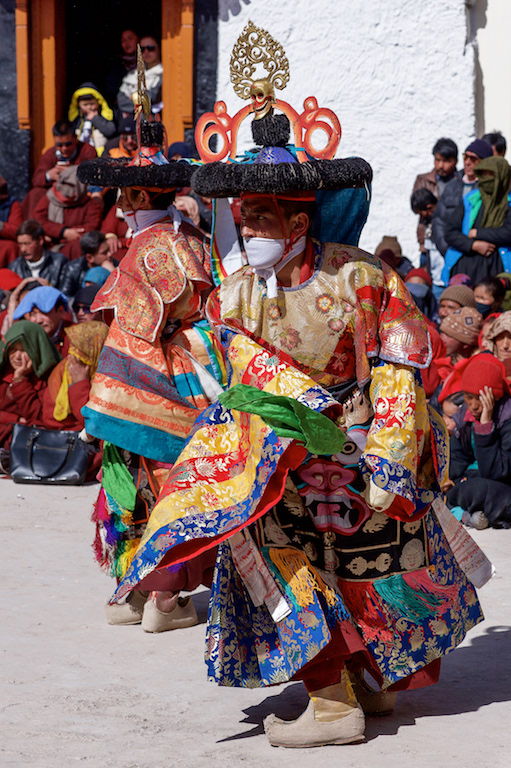
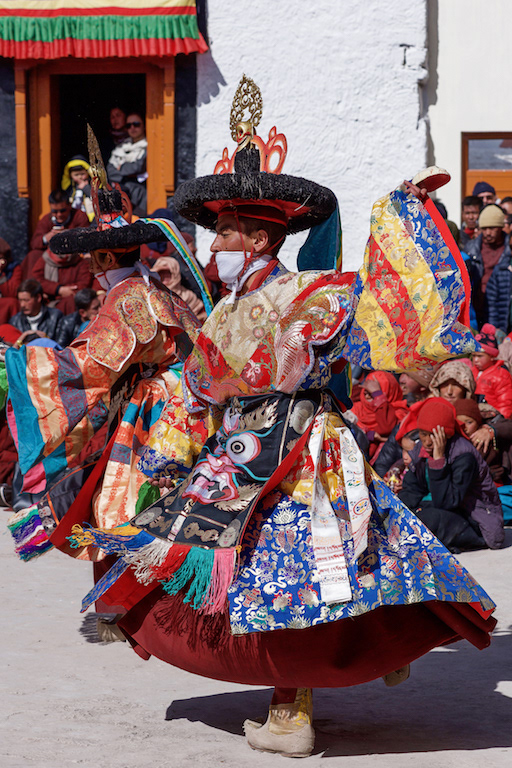
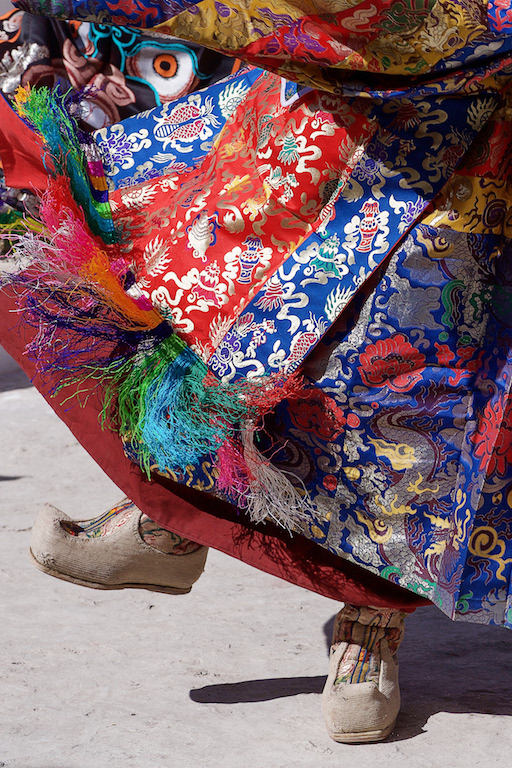
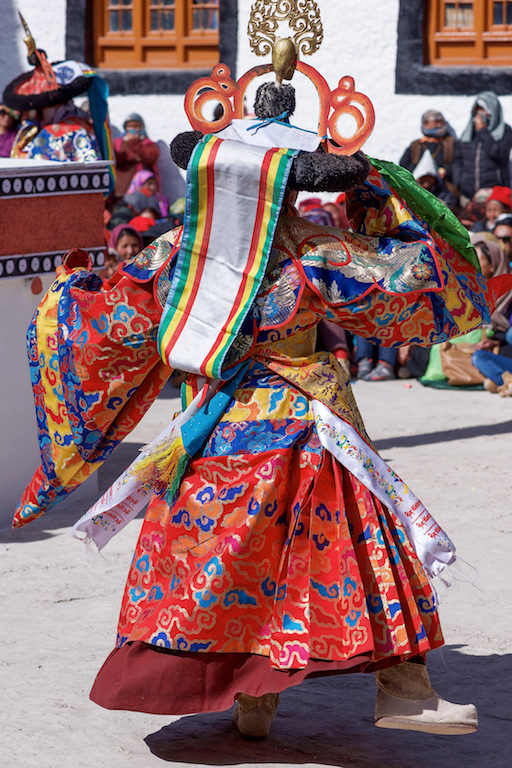
Stok Palace, built in 1820, is now the home of the current royal family from the Namgyal dynasty of Ladakh.
At Stok Monastery for the second day of the Festival. The main proceedings take place outside the monastery.
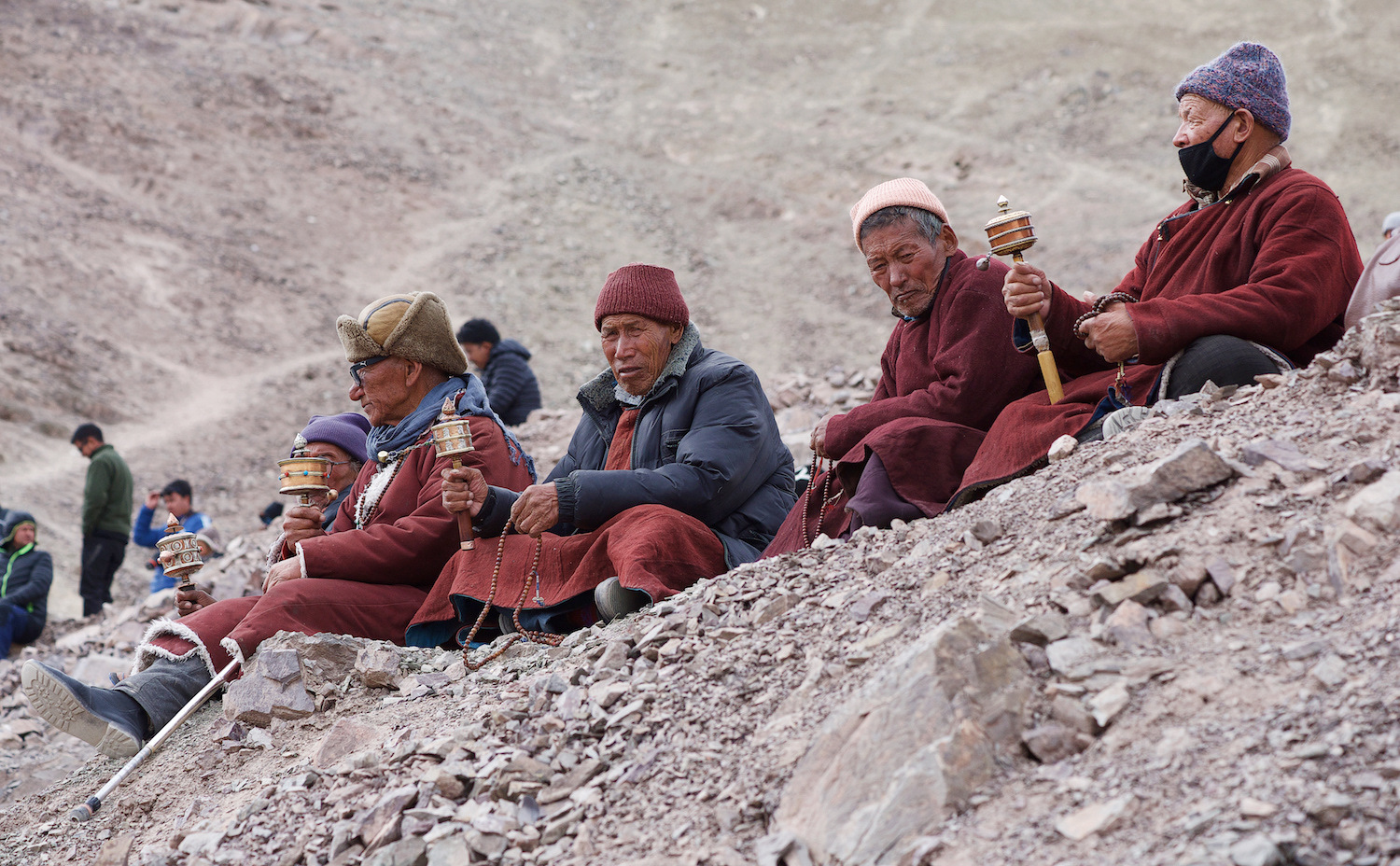
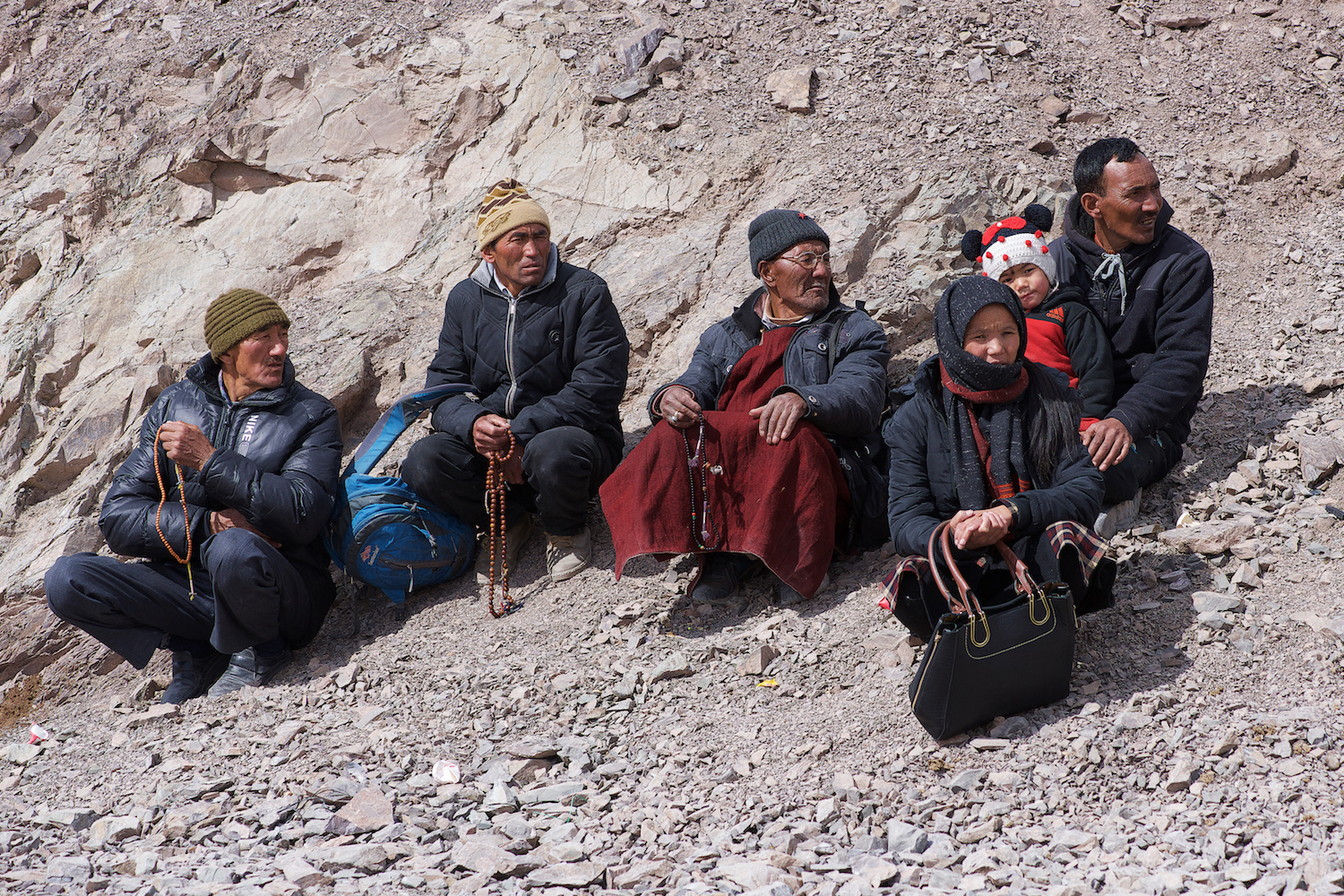
Villagers waiting for the day's activities to start.
A colourful Stok Monastery.
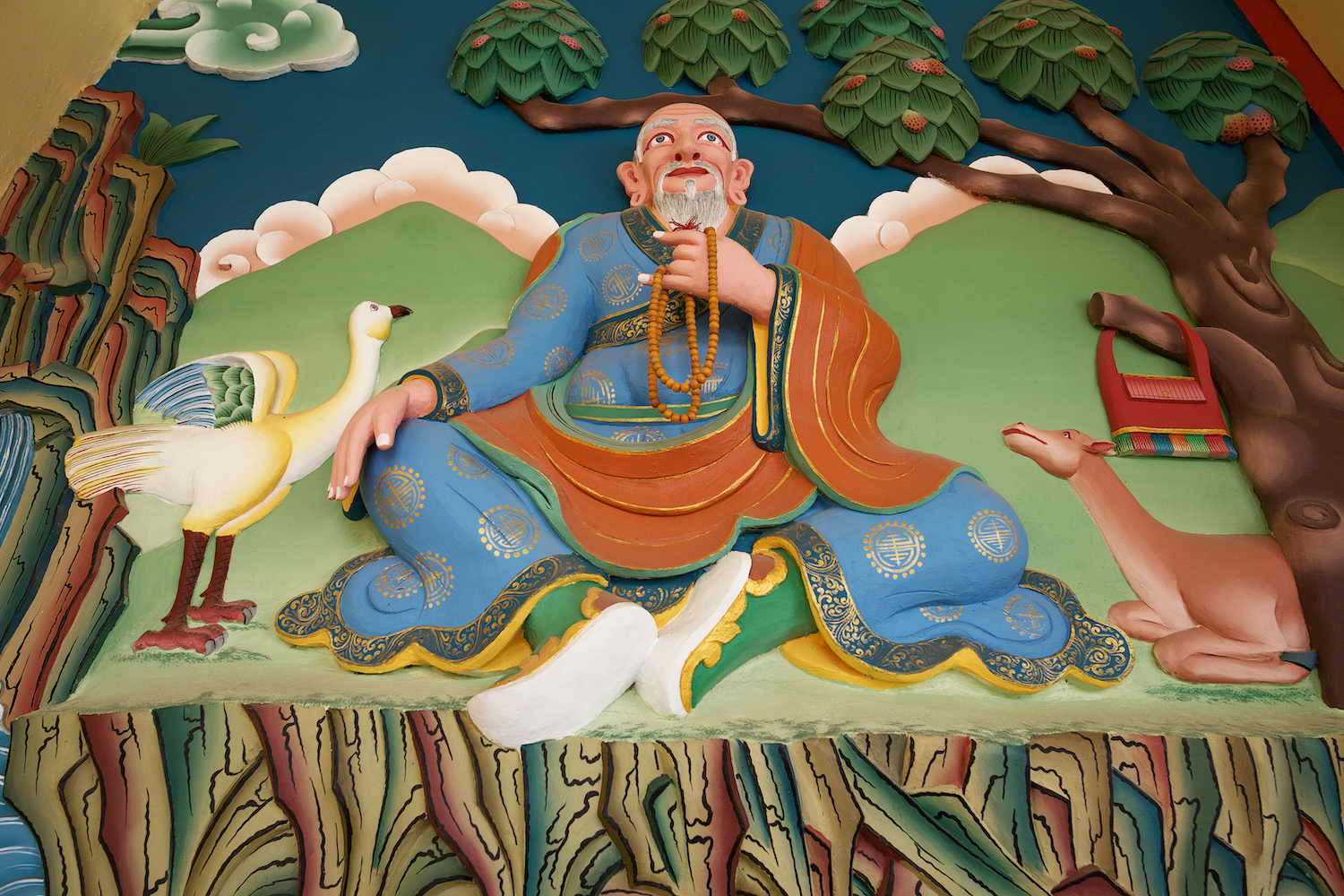

Wall Paintings of Stok Monastery
Buddhist Wheel of Life
The Wheel of Life is a complex picture representing the Buddhist view of the universe. To Buddhists, existence is a cycle of life, death, rebirth and suffering that they seek to escape altogether.

Gautama Buddha statue.
Seated Gautama Buddha statue is 71 feet (22 m) high.


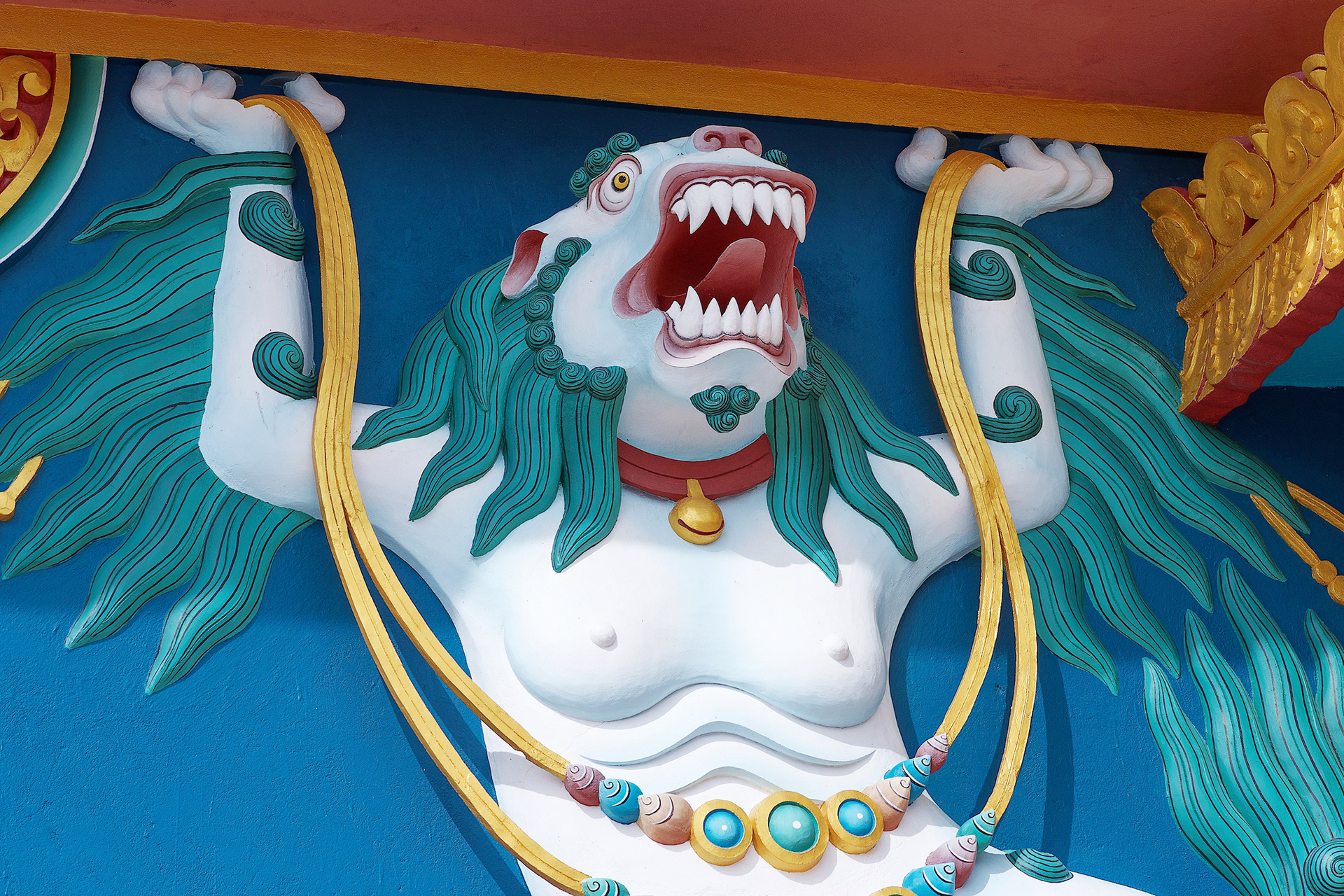
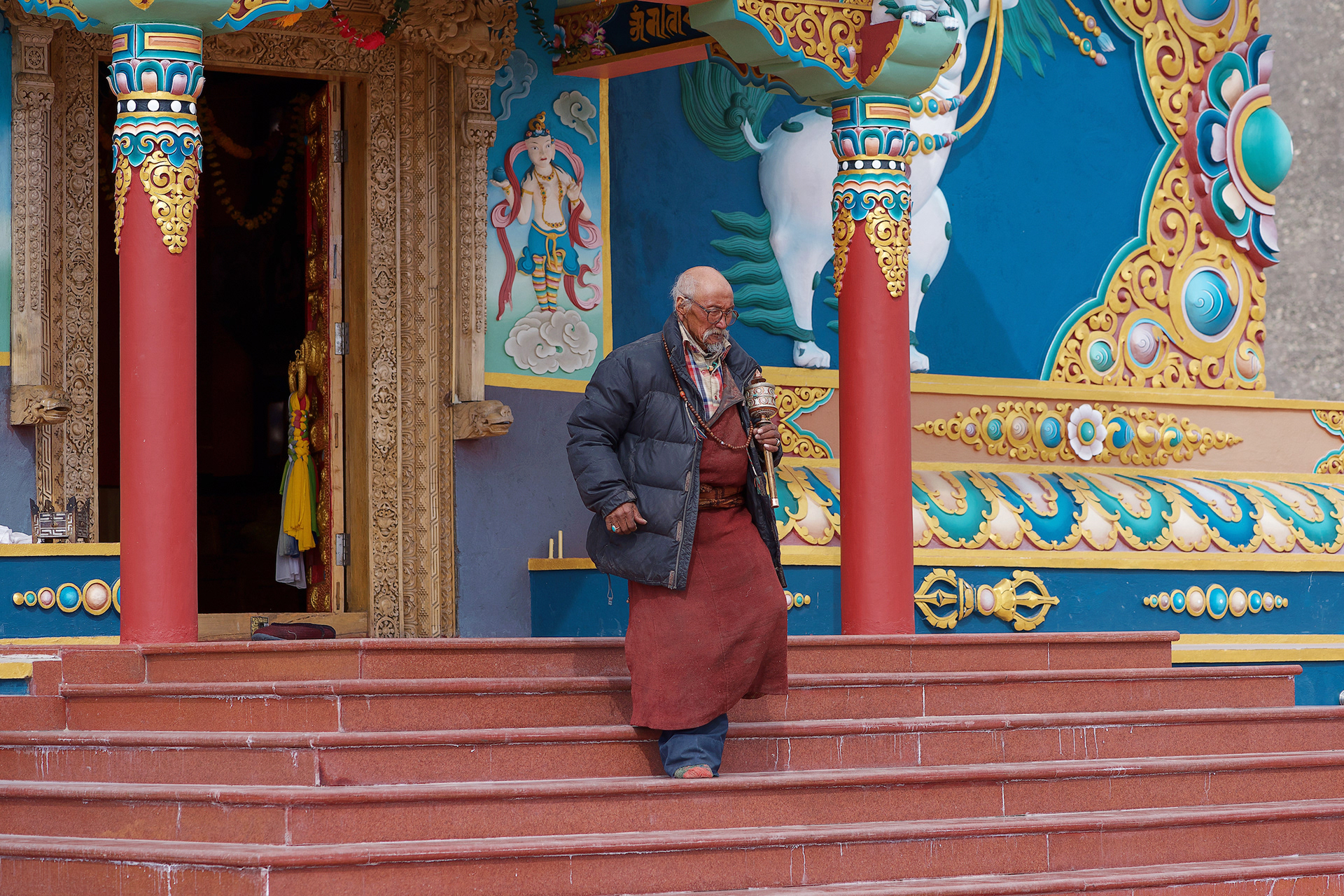

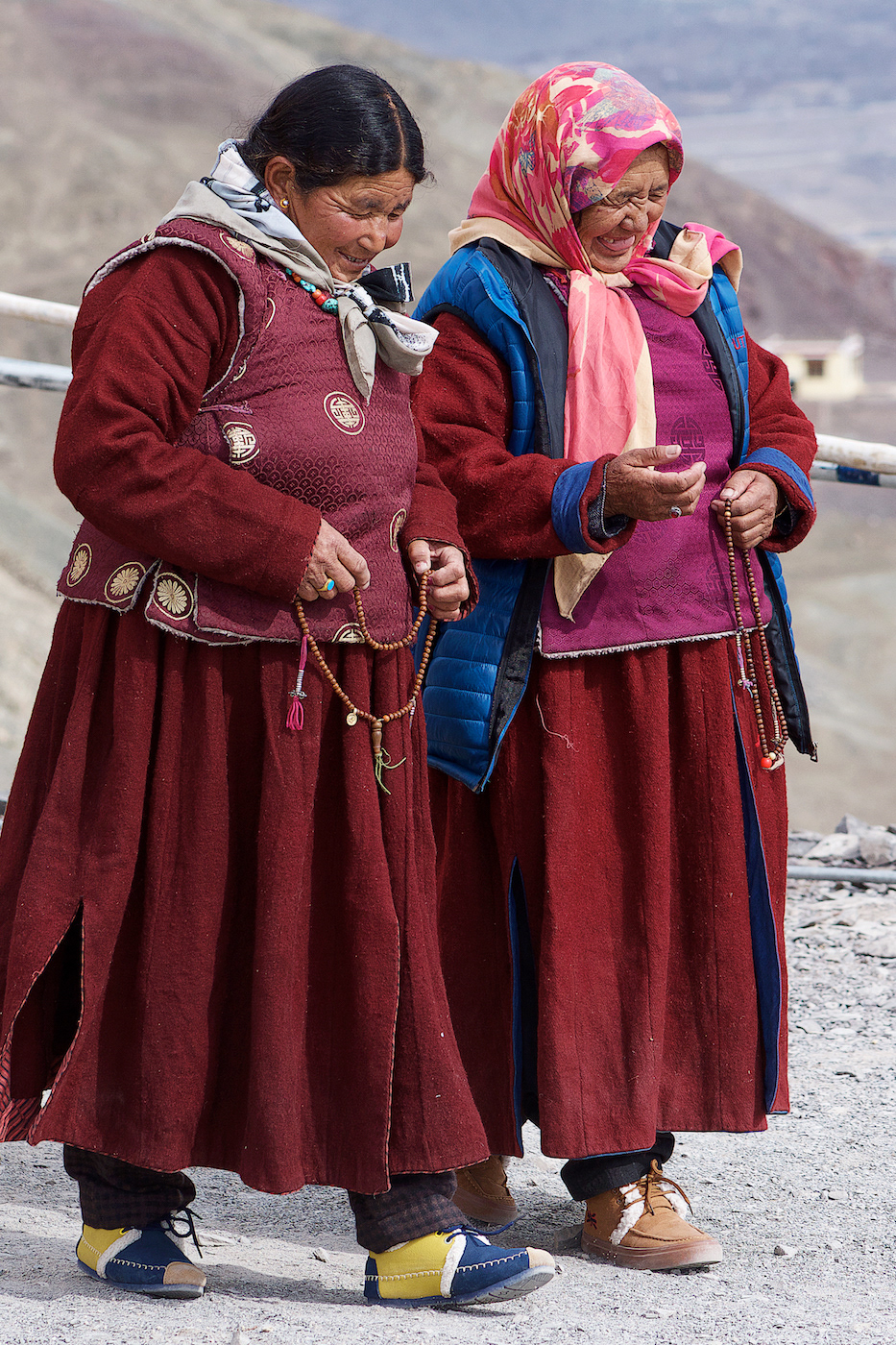
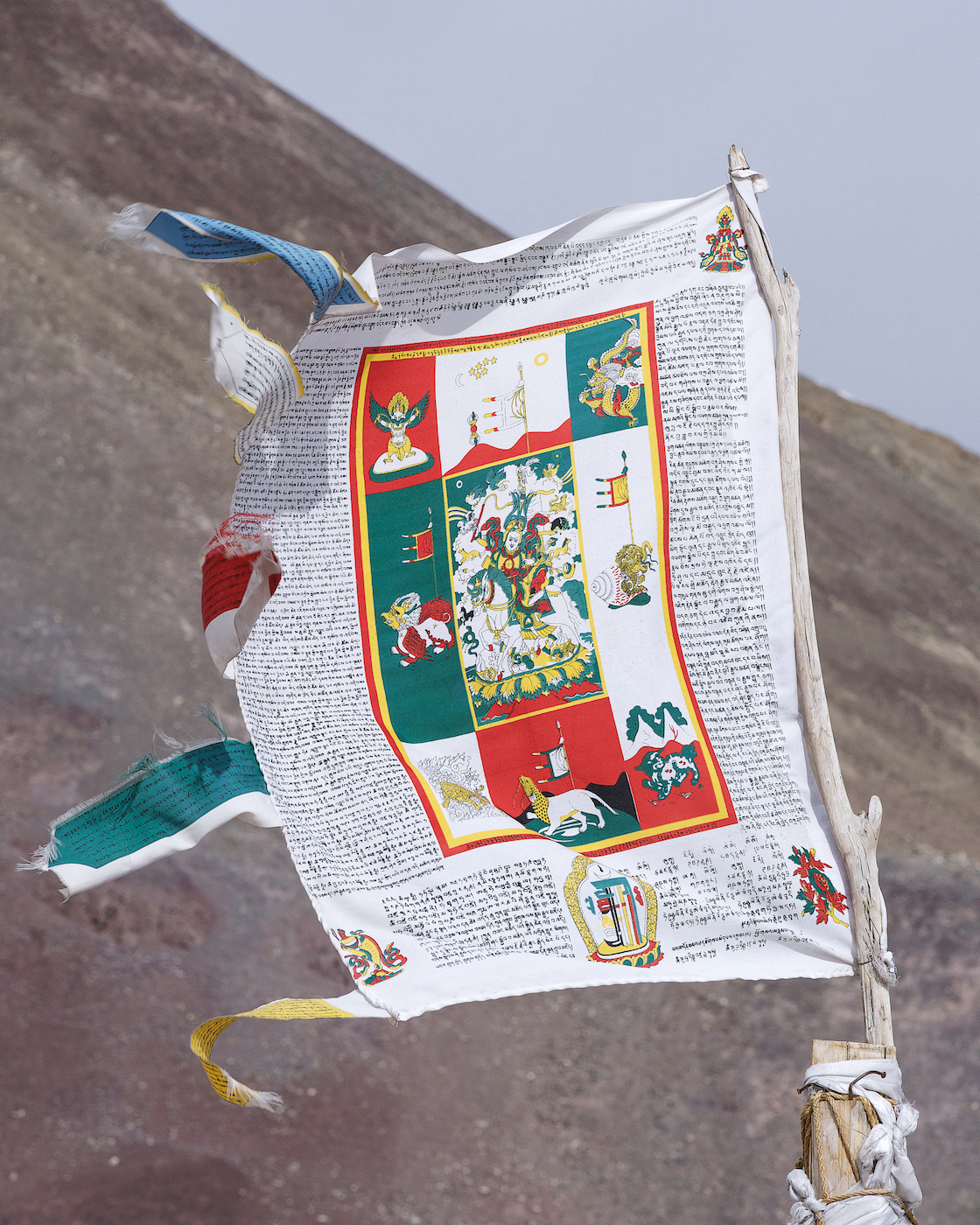

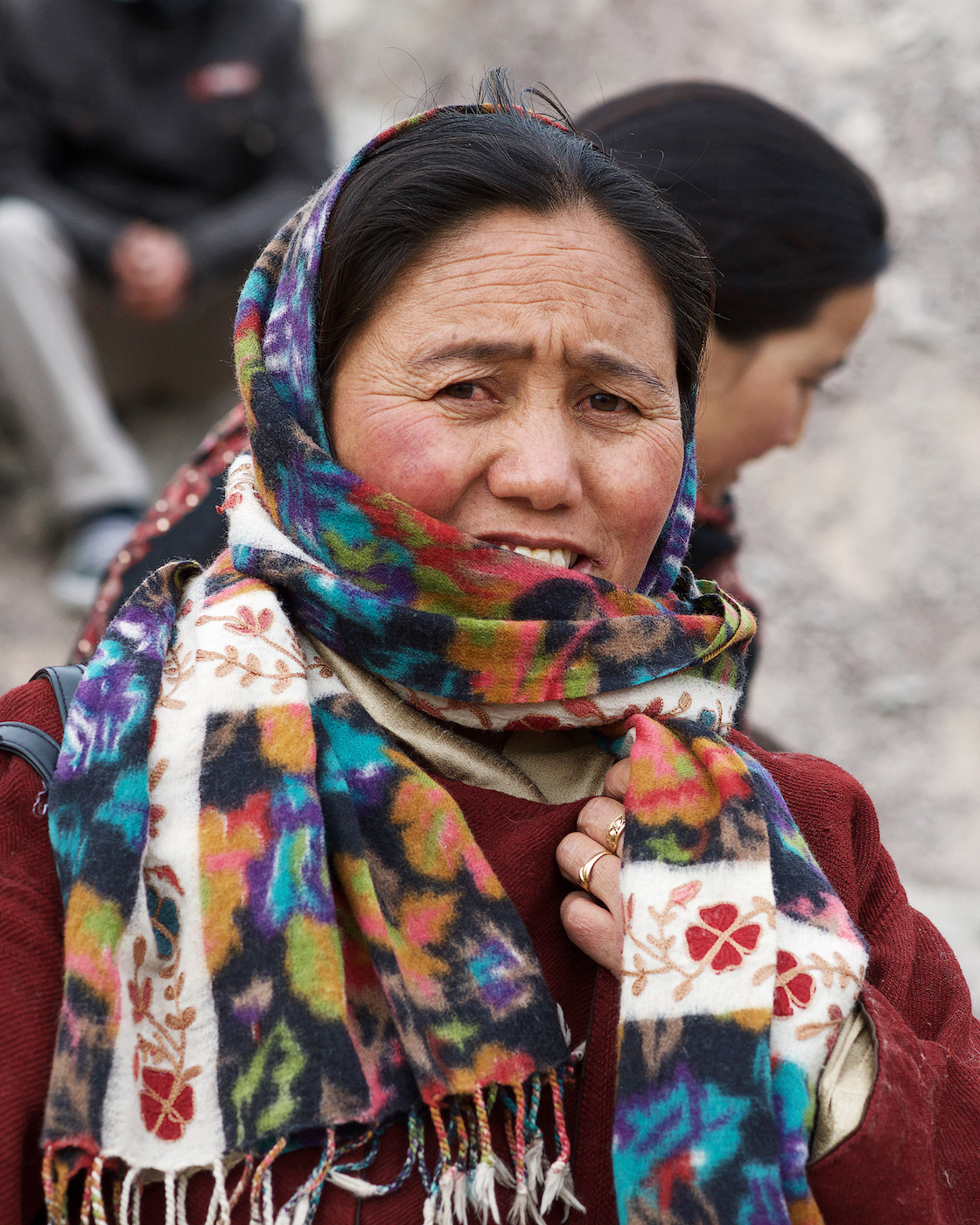

A large crowd gathered on the hillside waiting in anticipation for the appearance of the oracles.
The oracles run barefoot over the rough terrain, making their way down to the Palace to meet with the King.
Offerings are taken out of the monastery by monks in a procession.
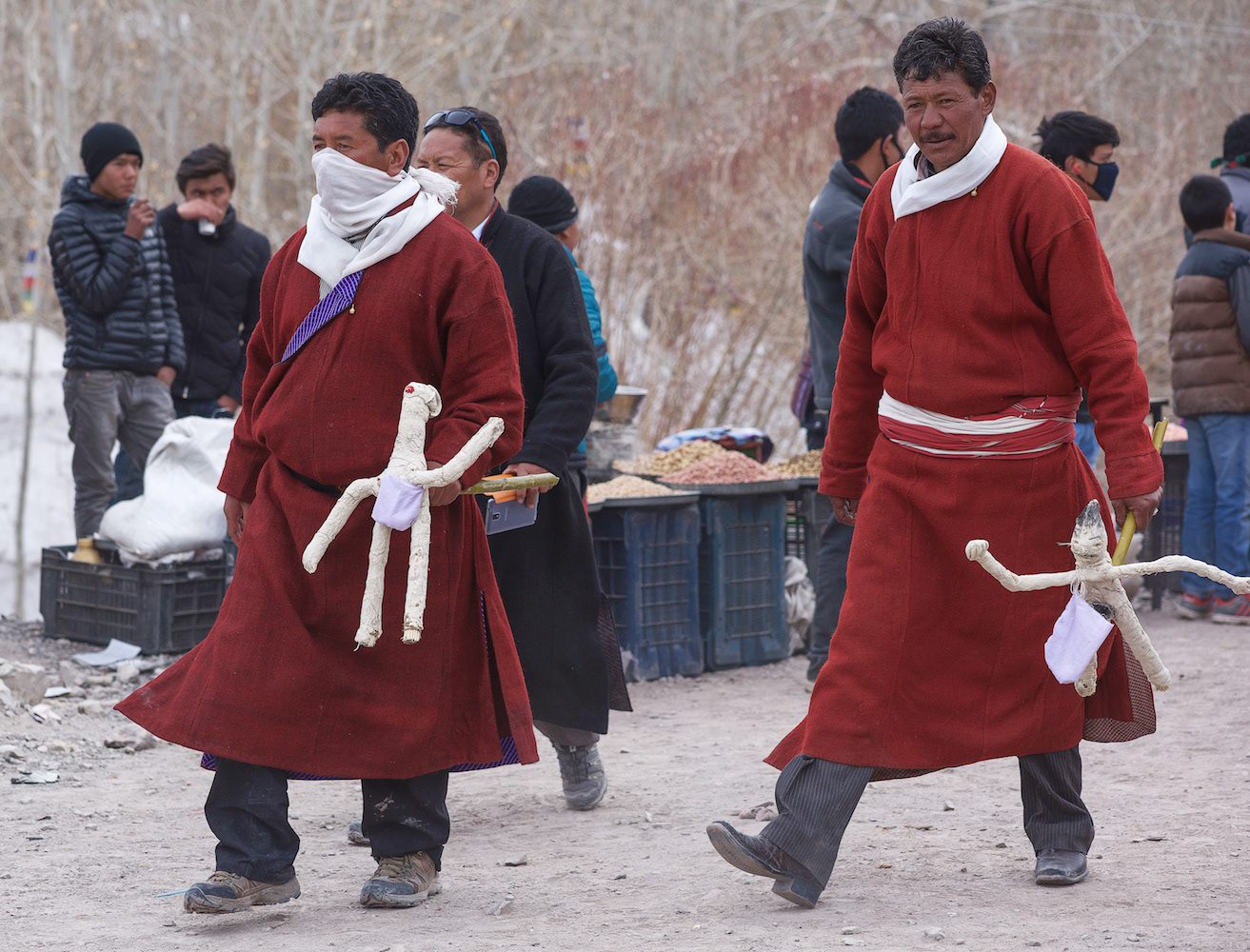
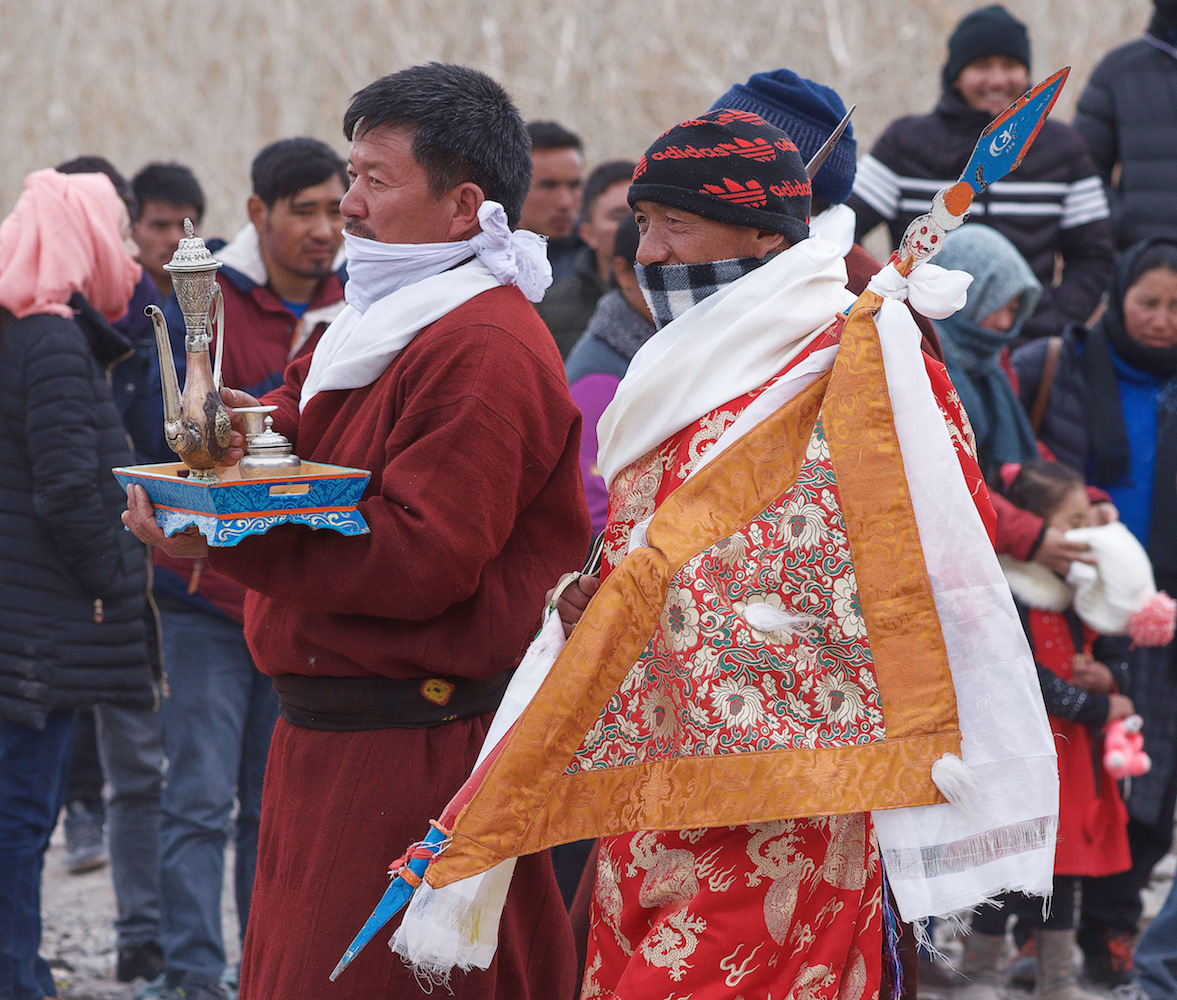
A large fire is built and set alight.
In a symbolic assassination of evil, various representative effigies are thrown into the fire.
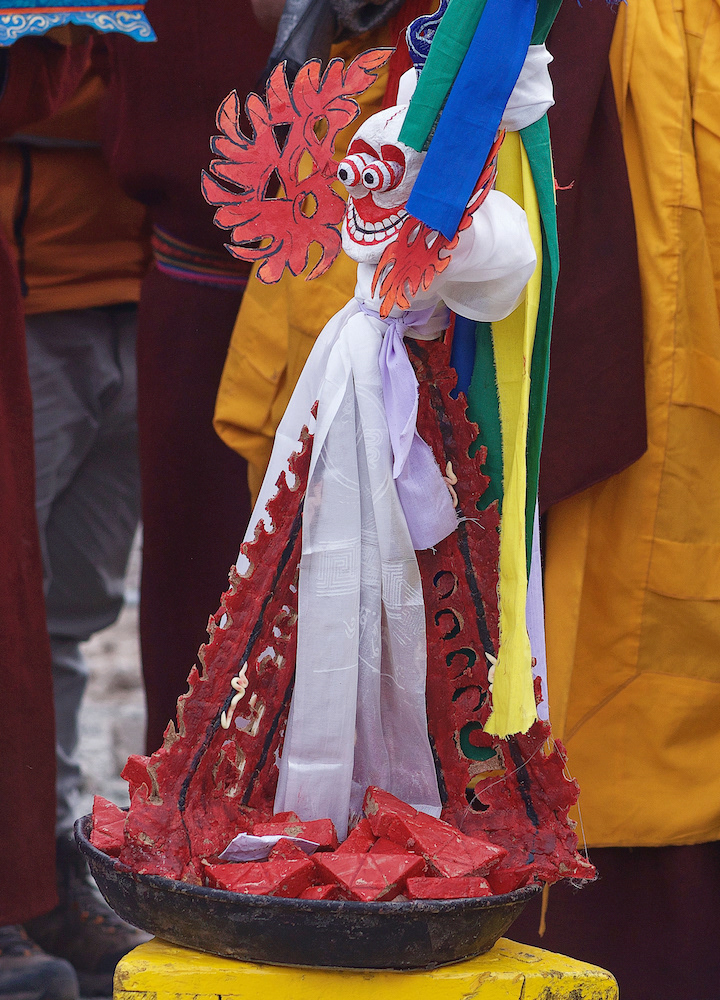


Effigy being thrown into the fire.
The procession making its way back to the monastery.

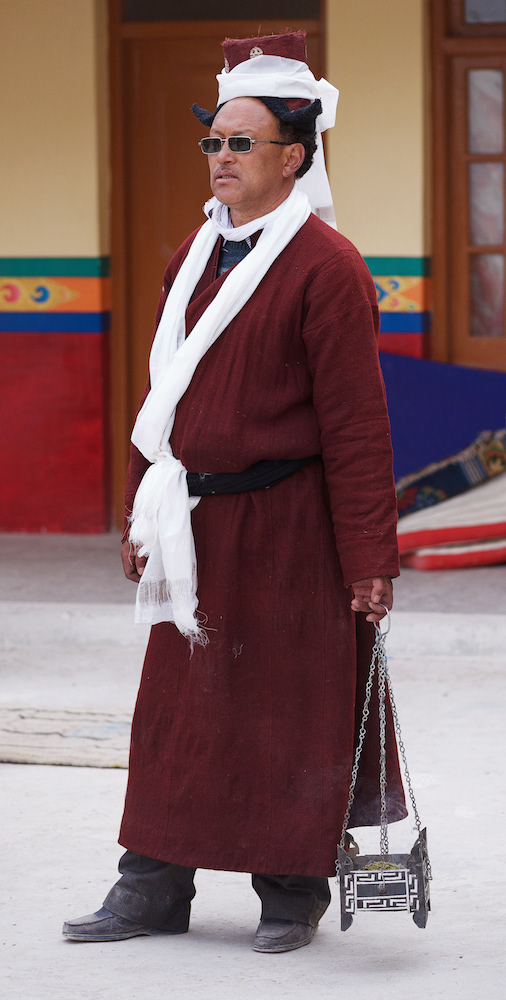
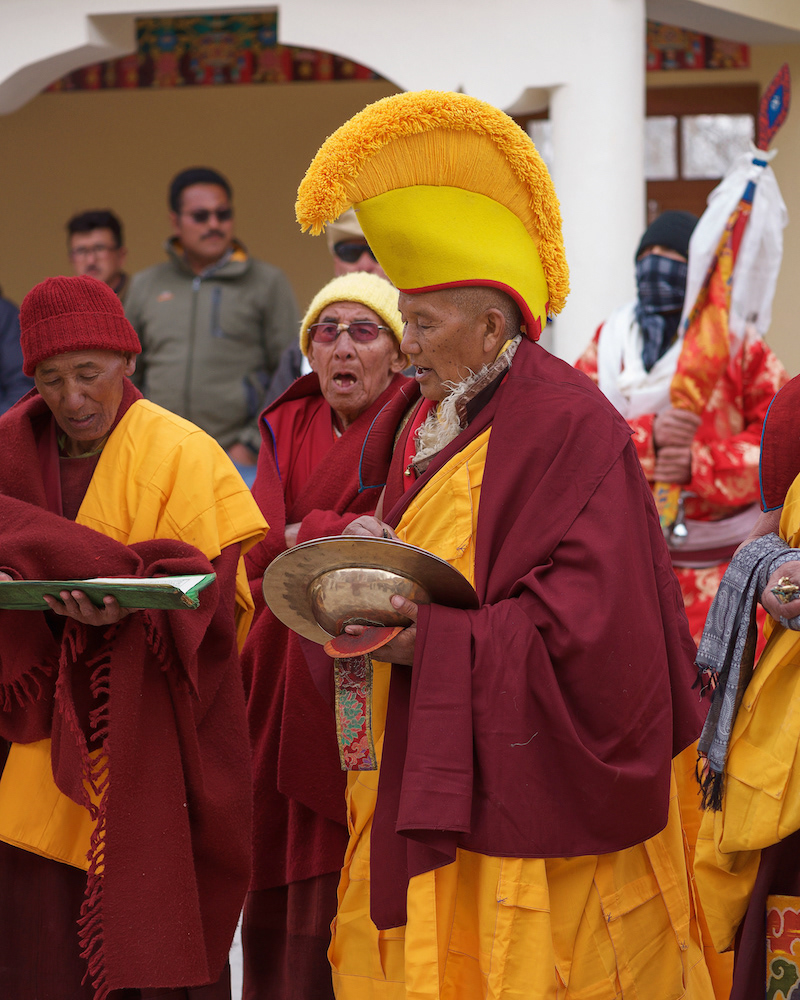
At the end of the day a small ceremony held in the monastery courtyard.
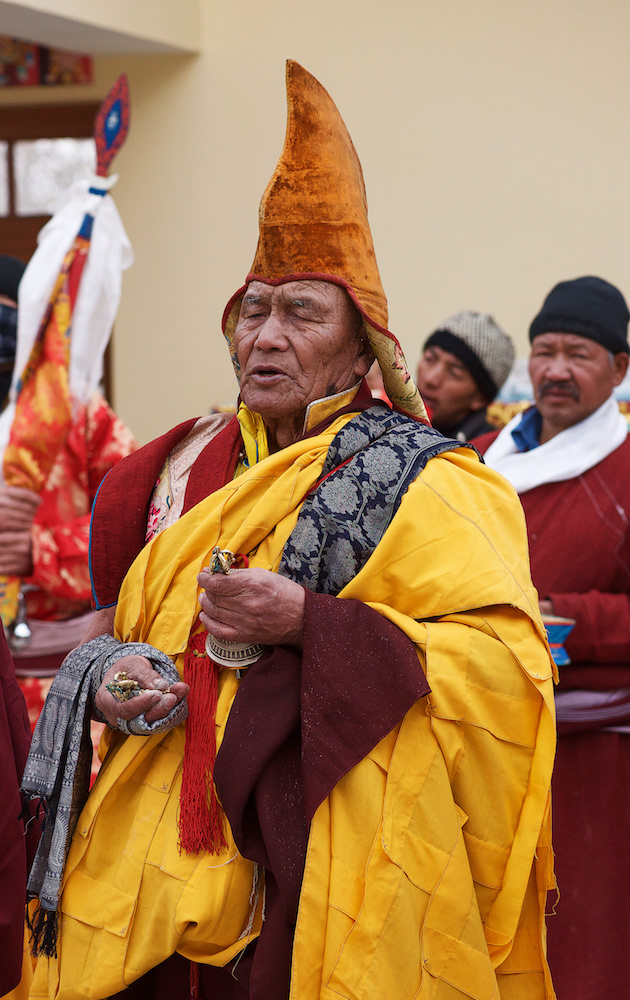

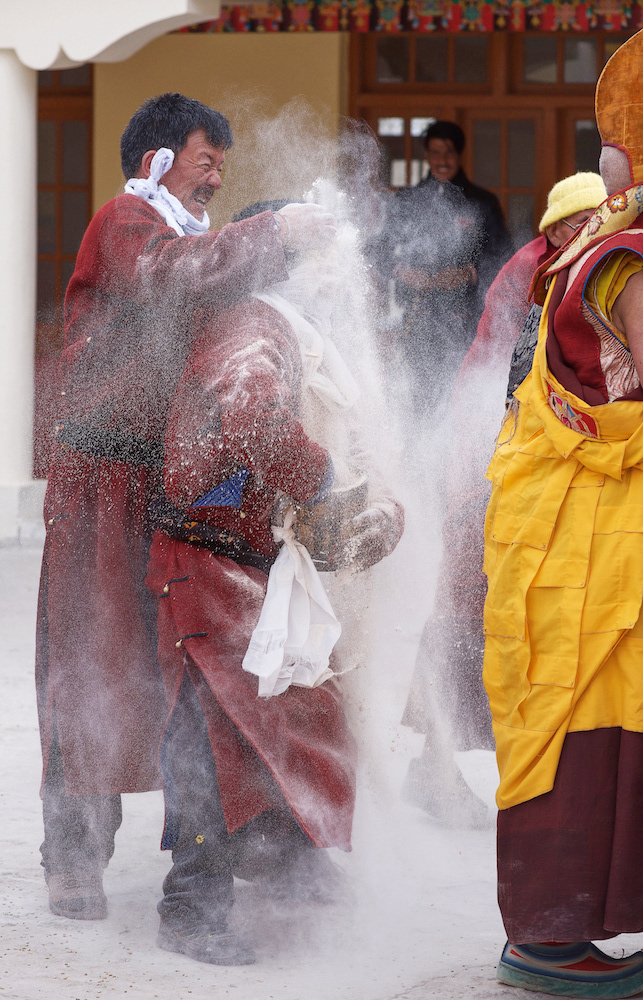

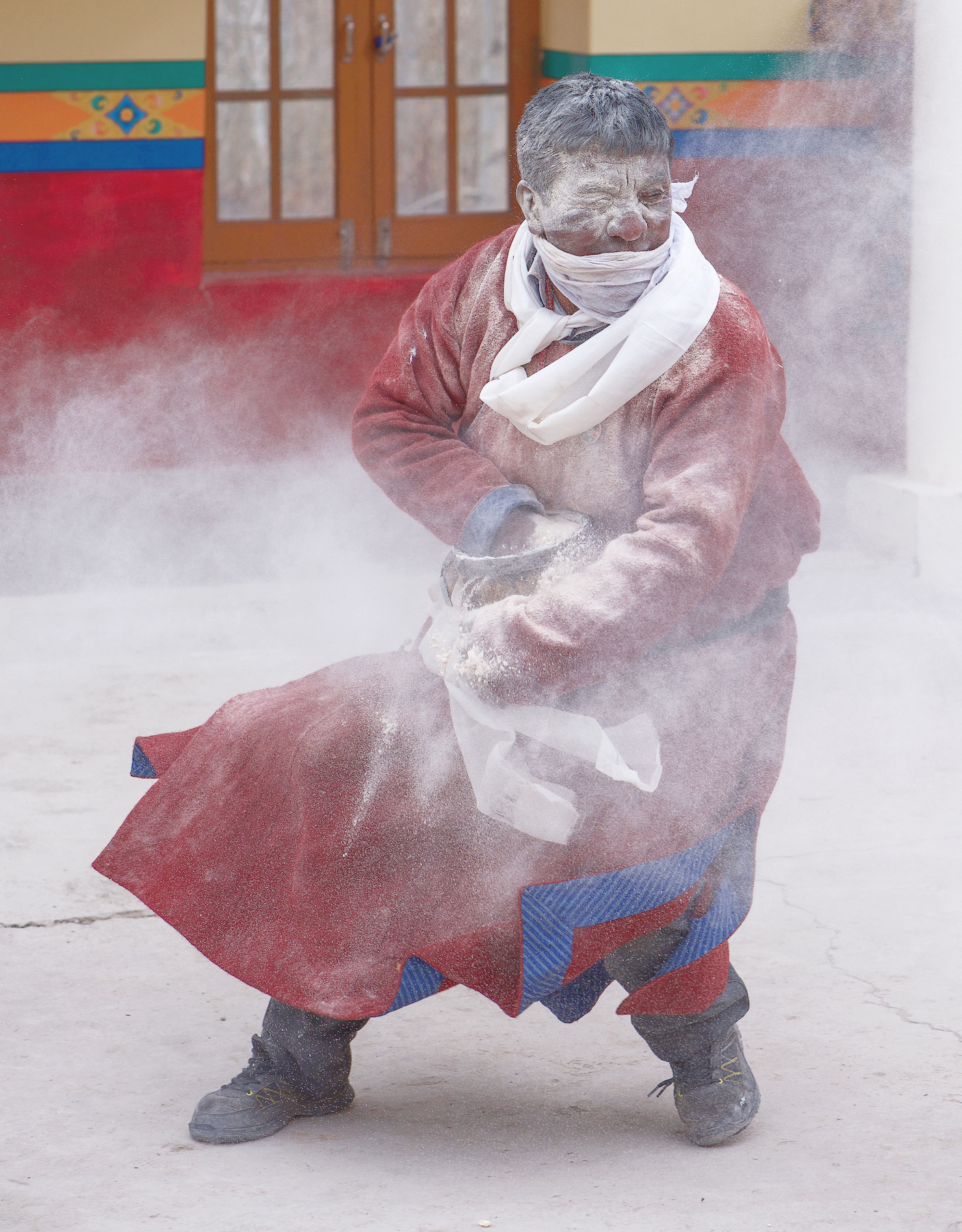
Monks throwing and covering each other in barley flour.
